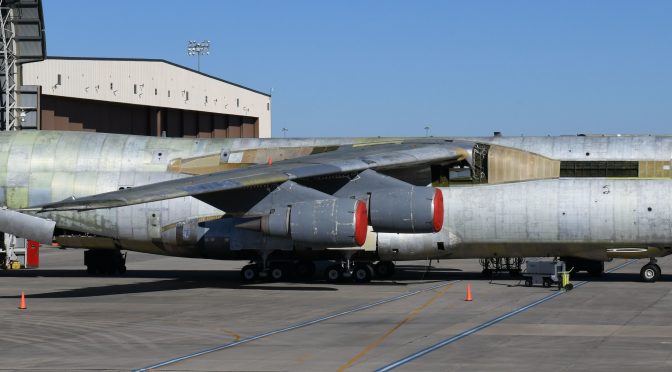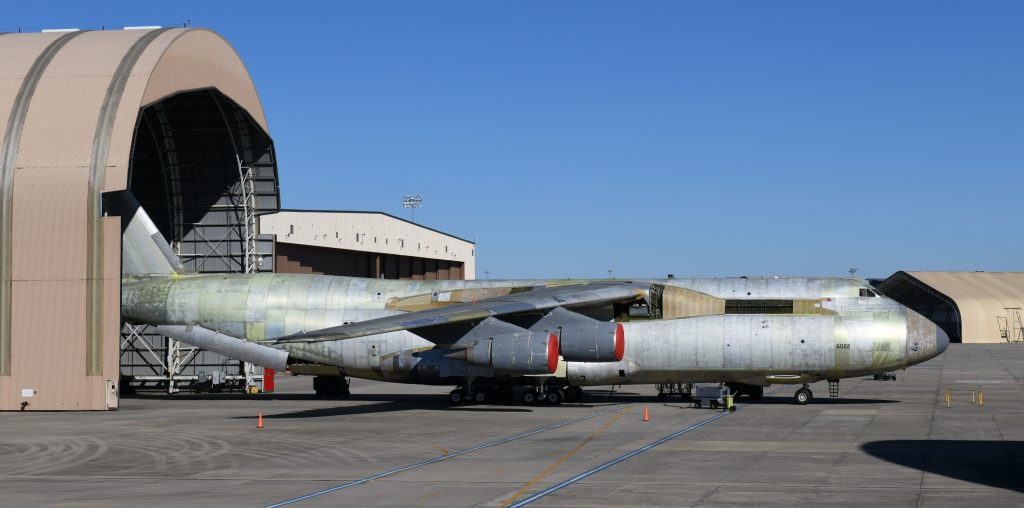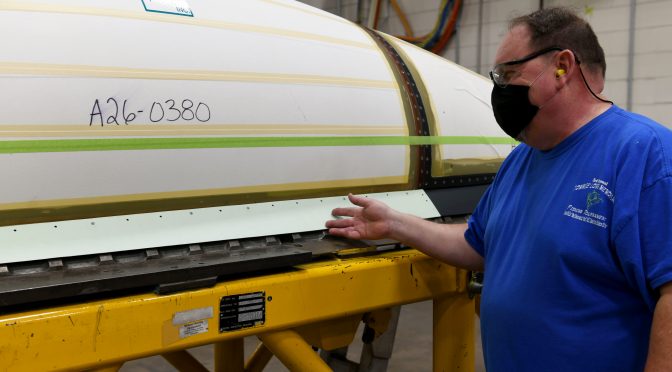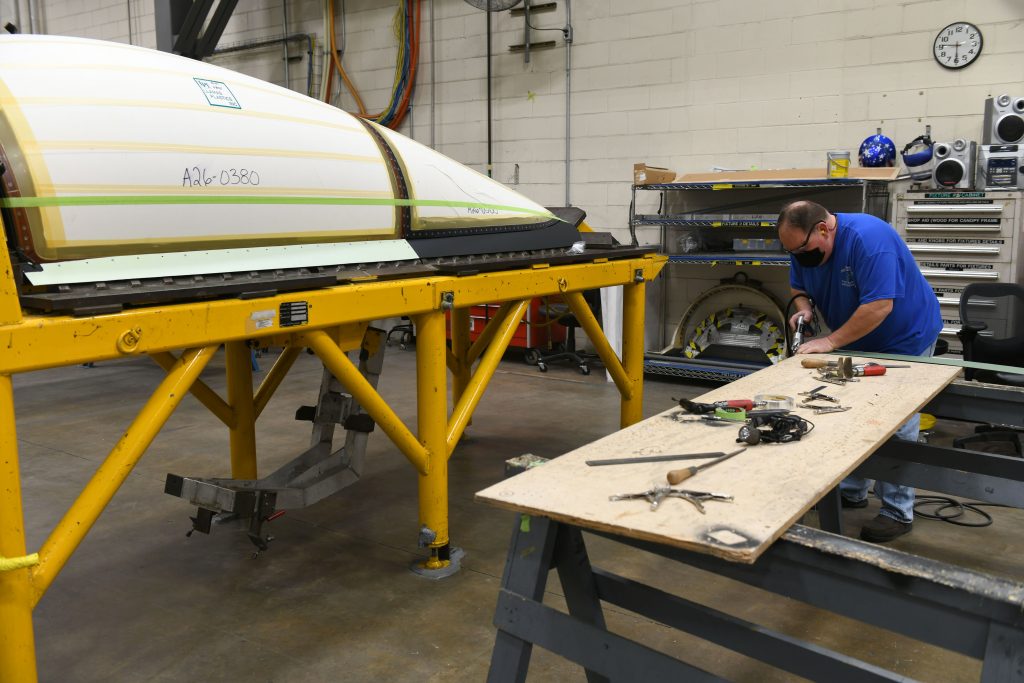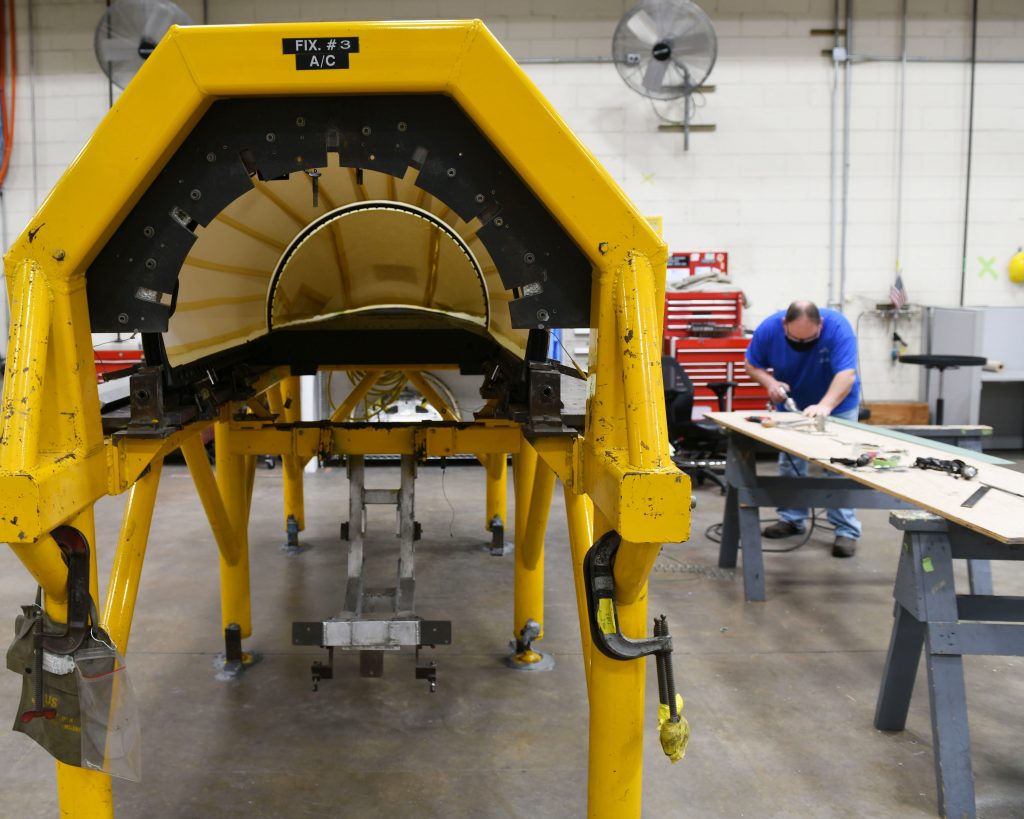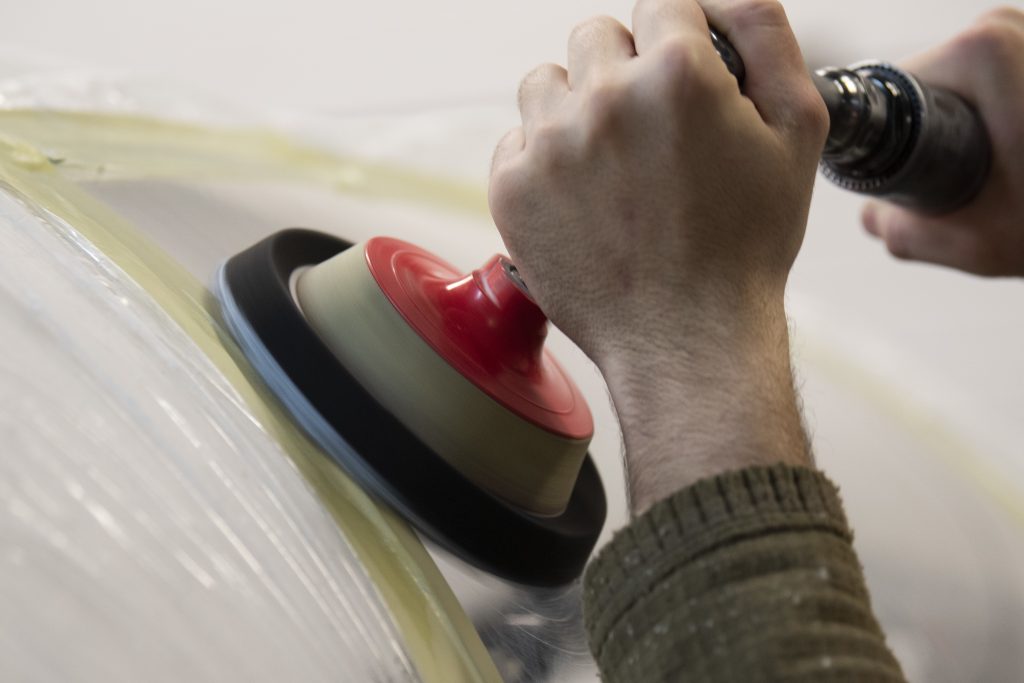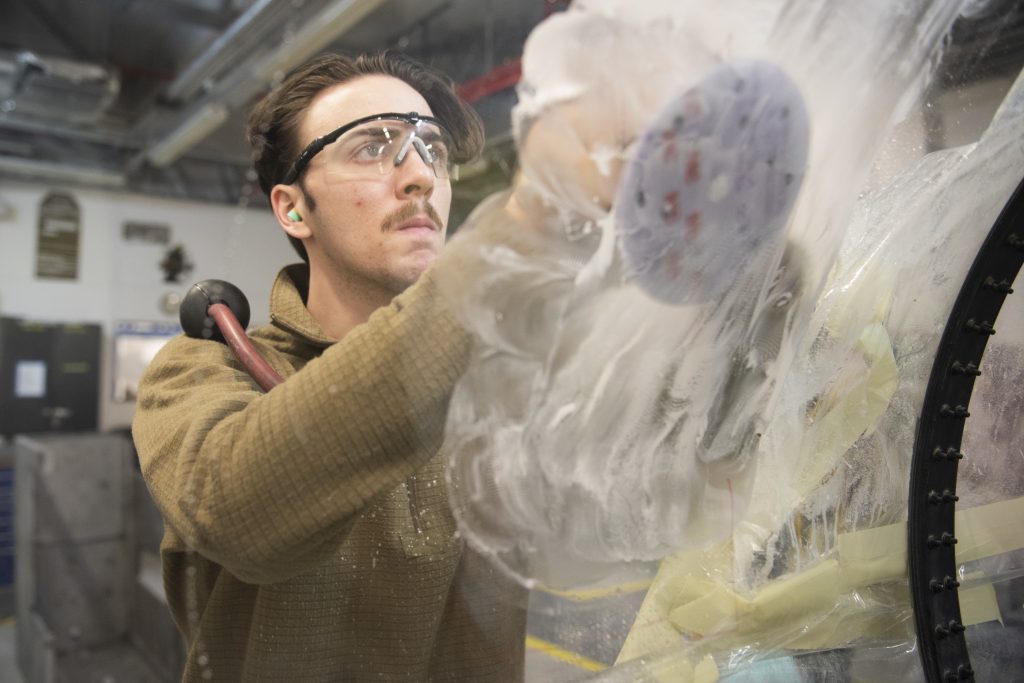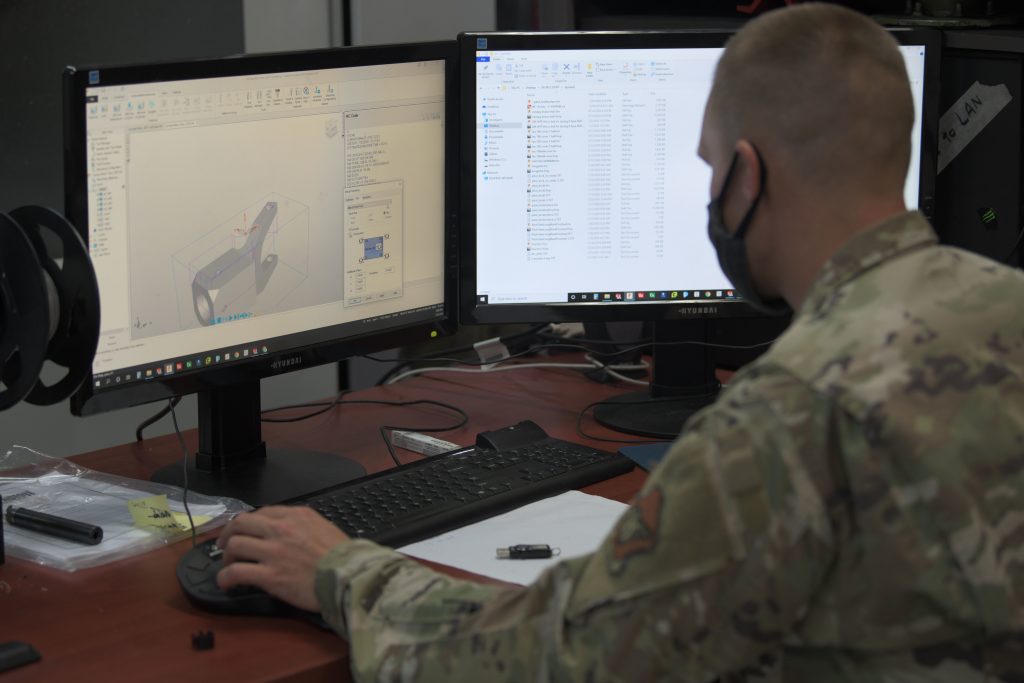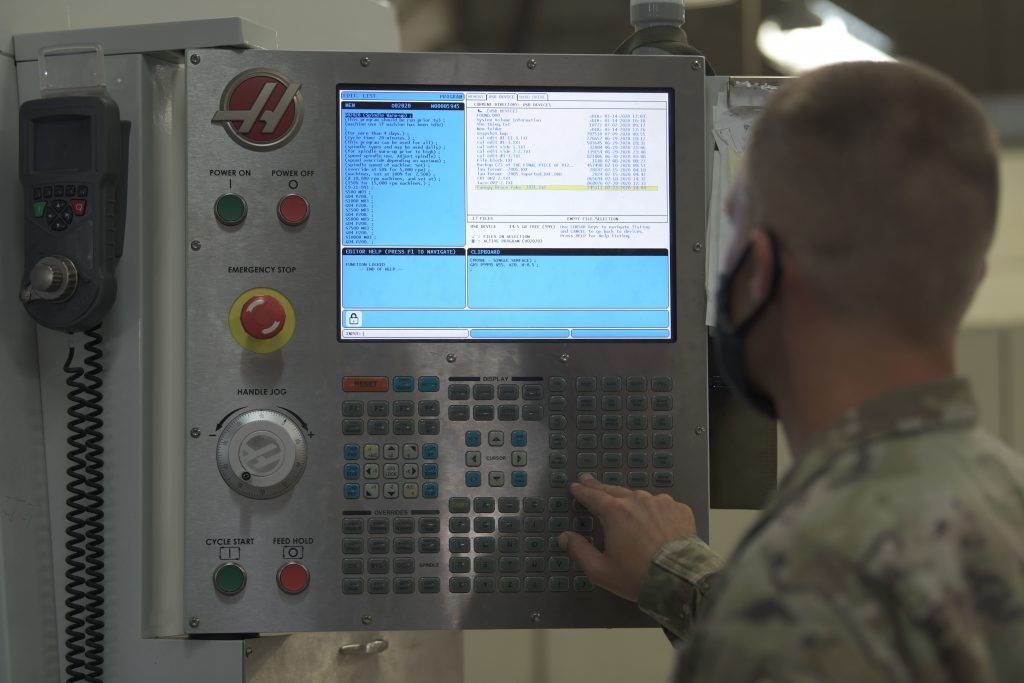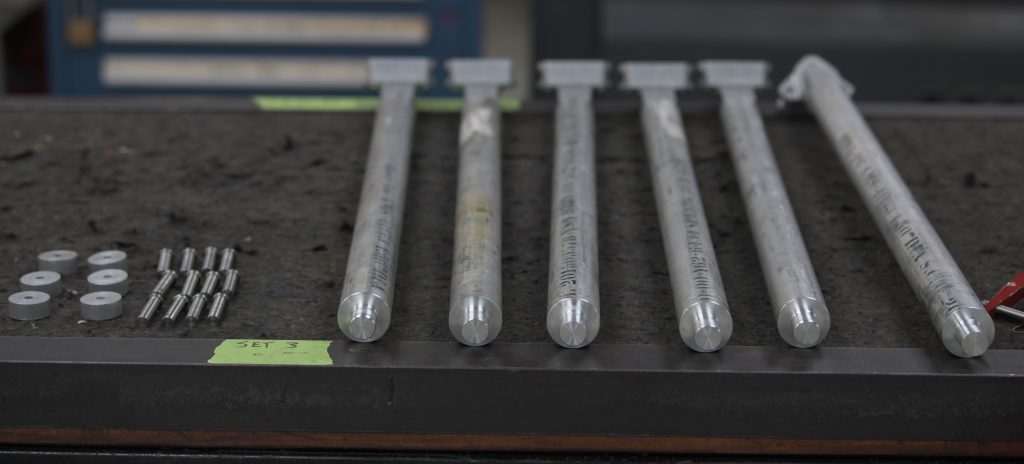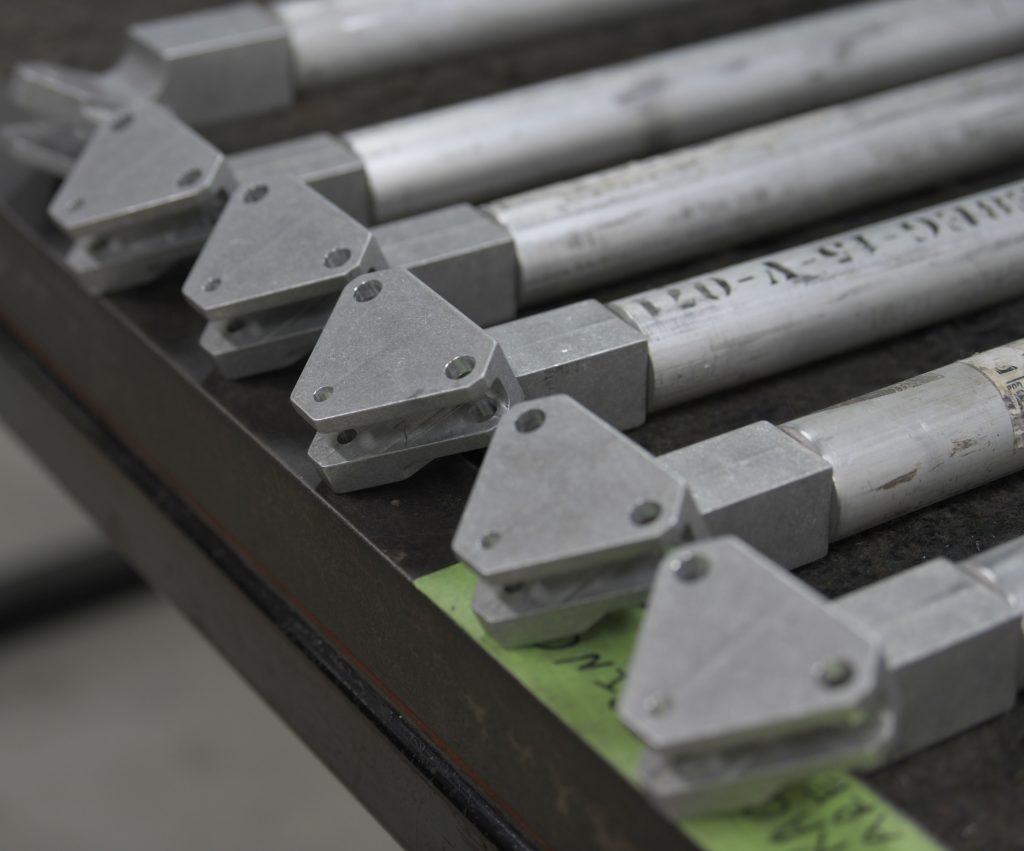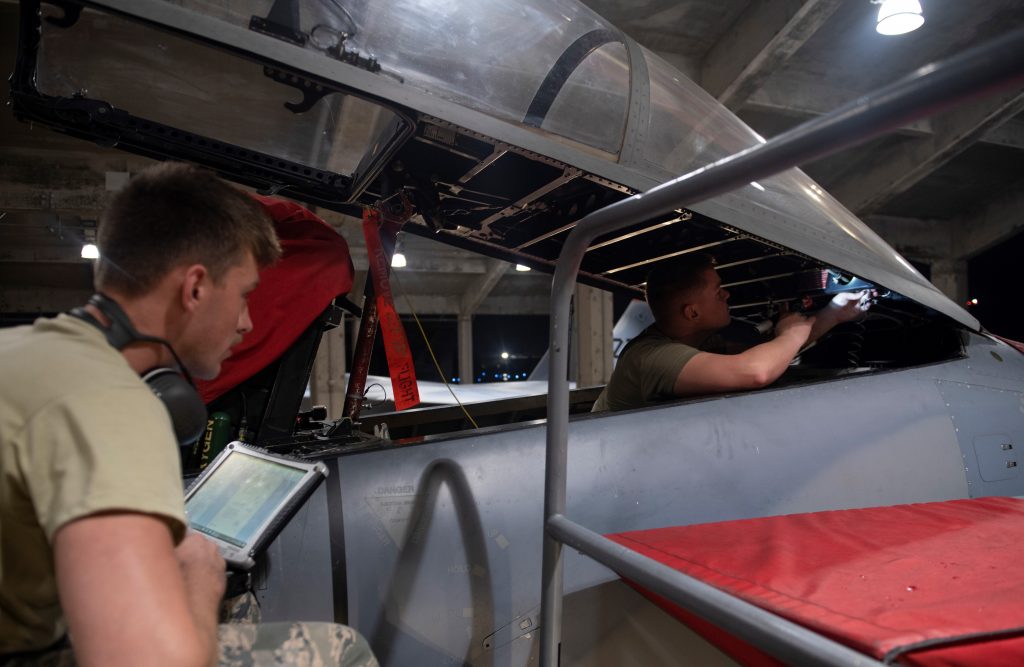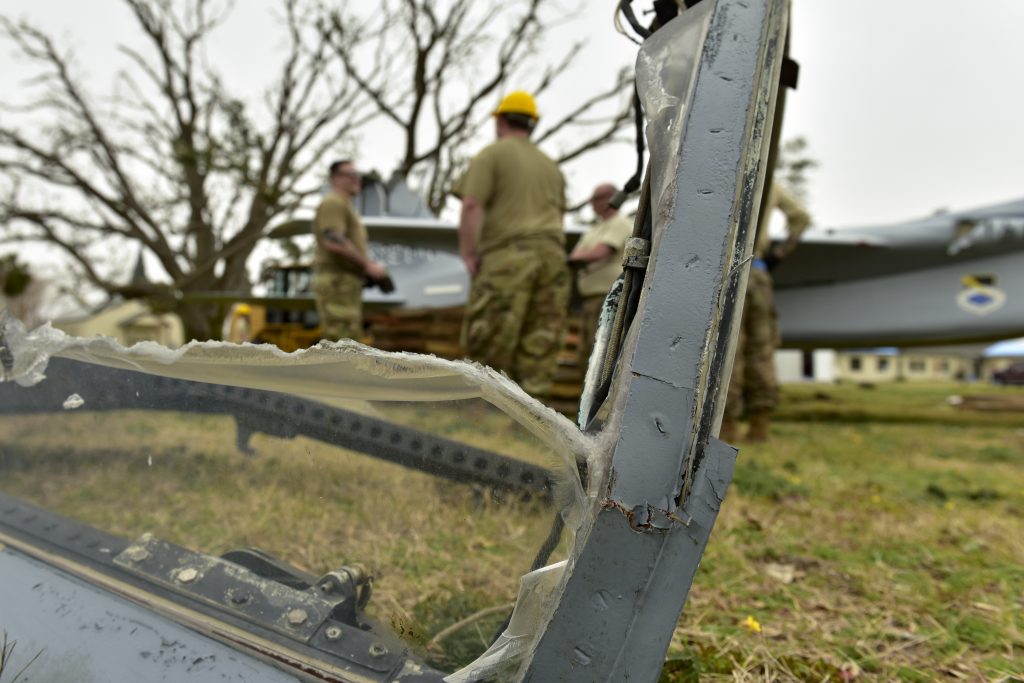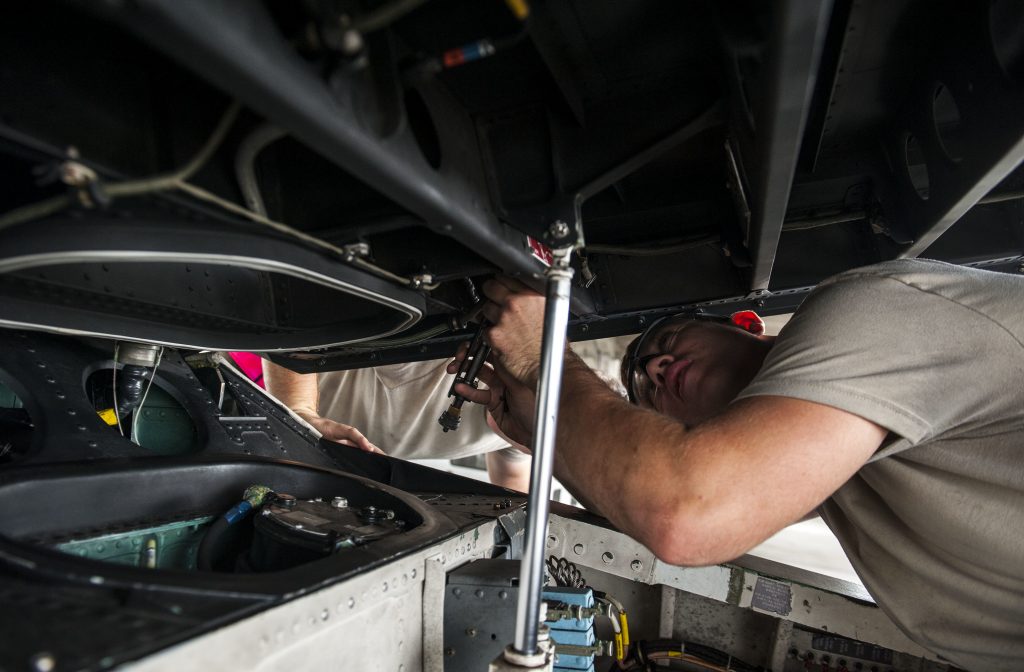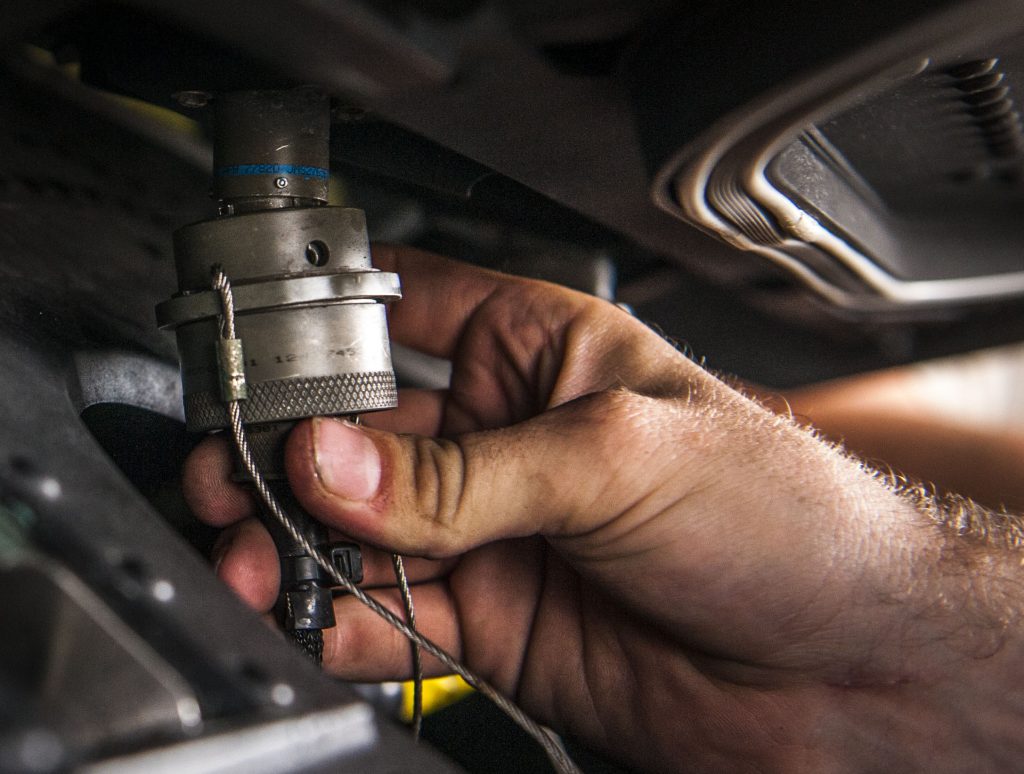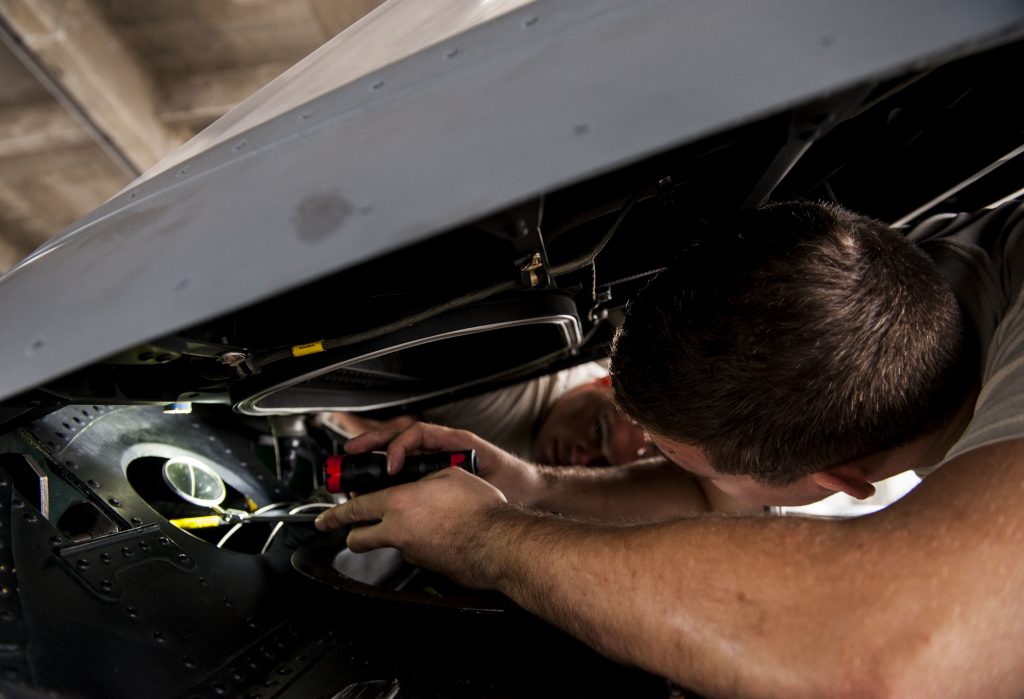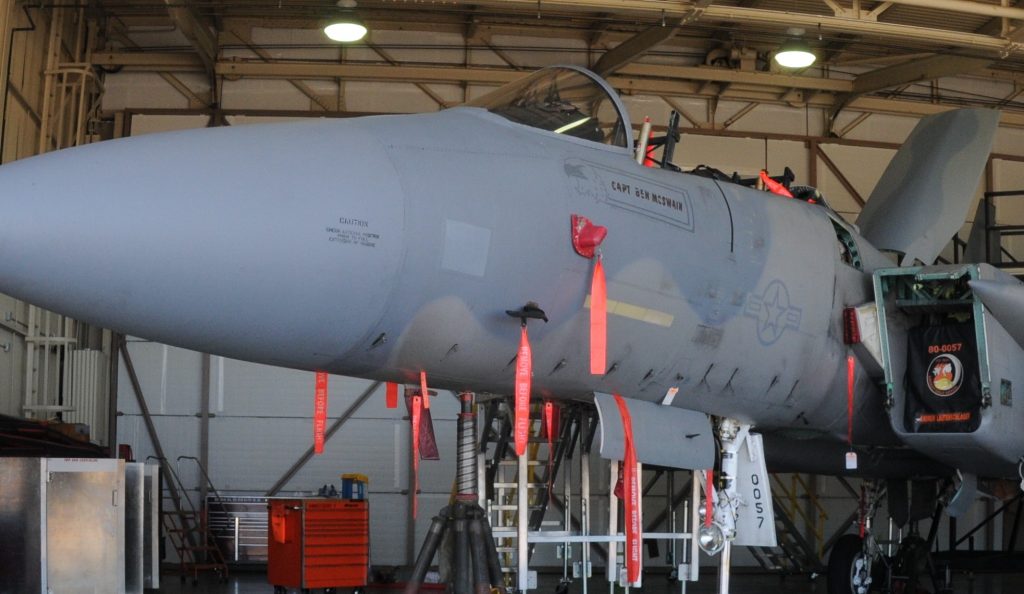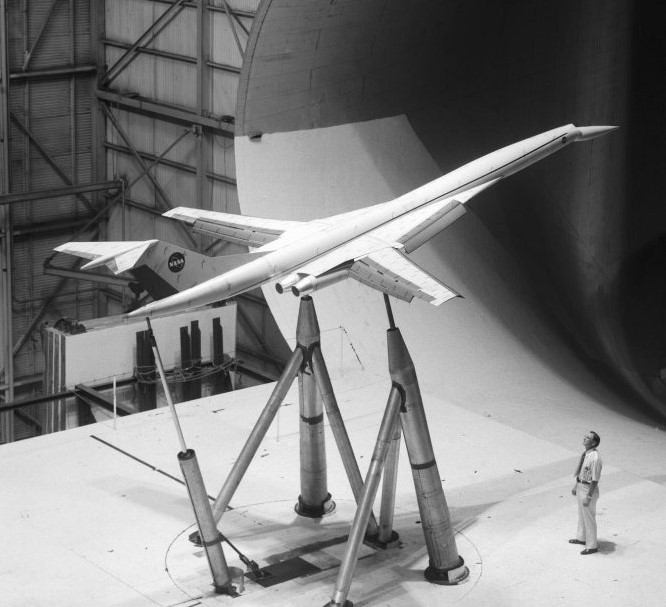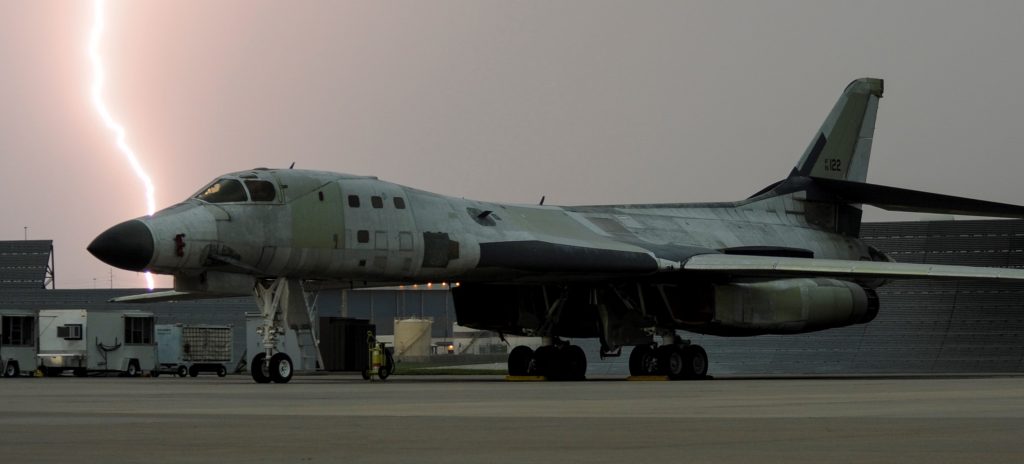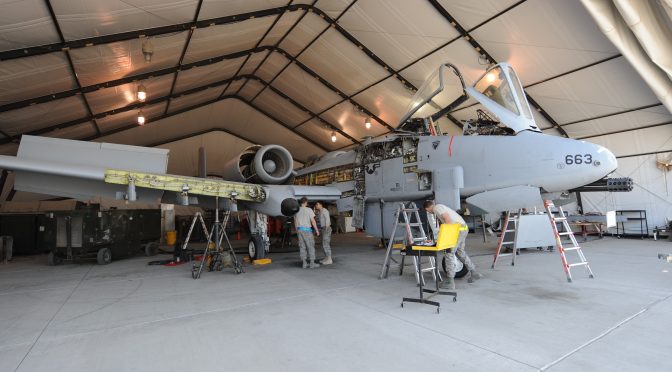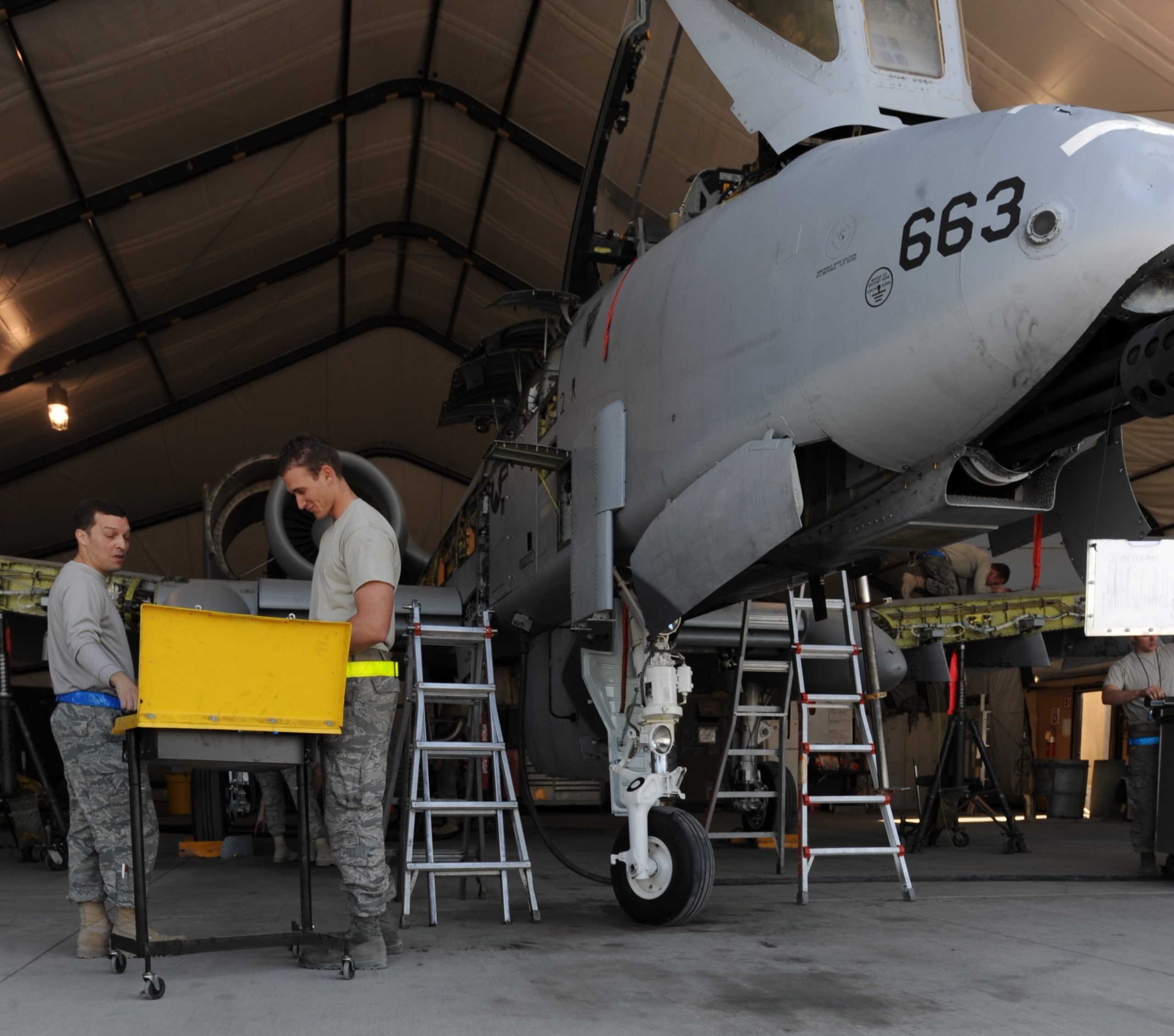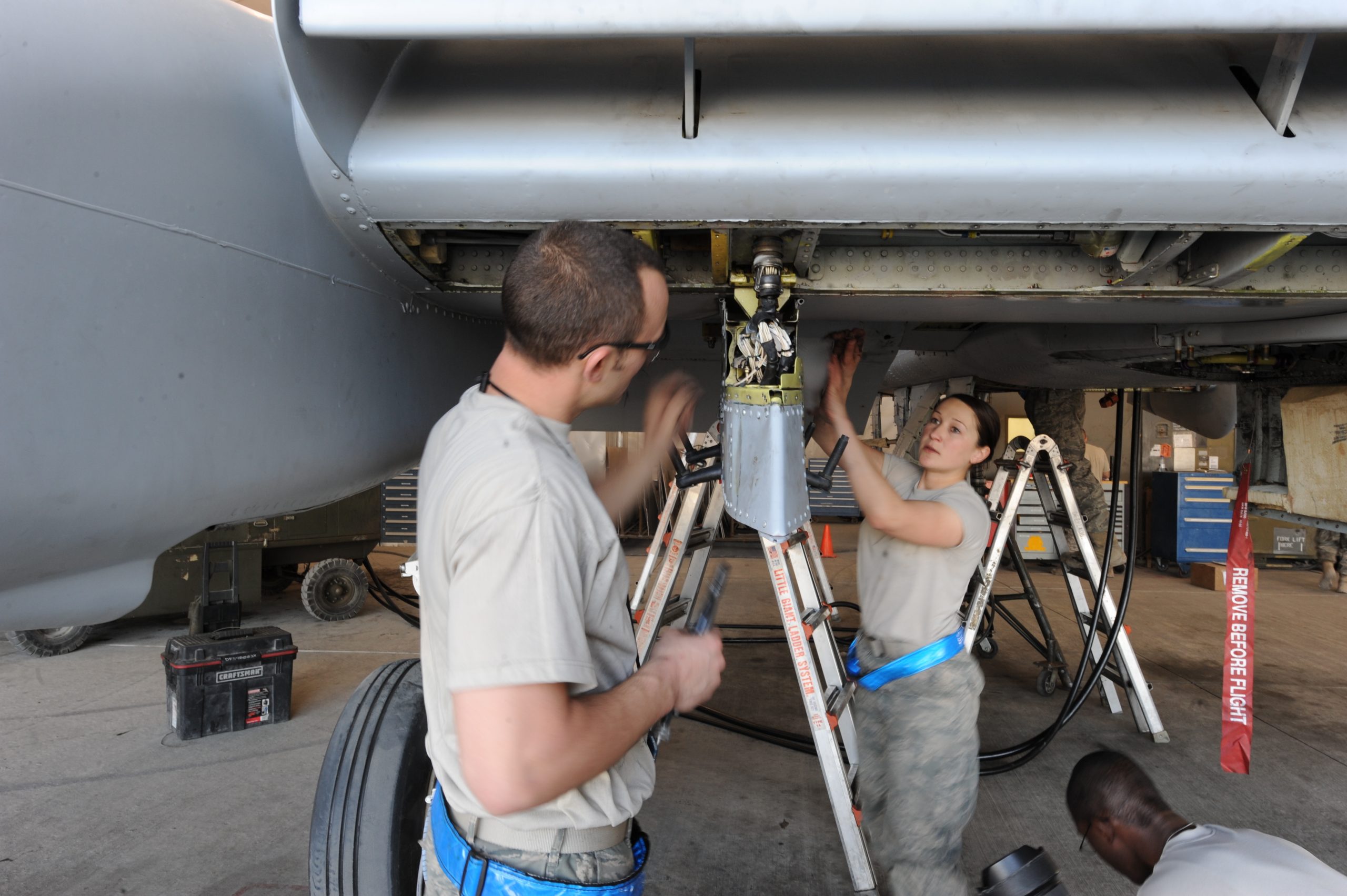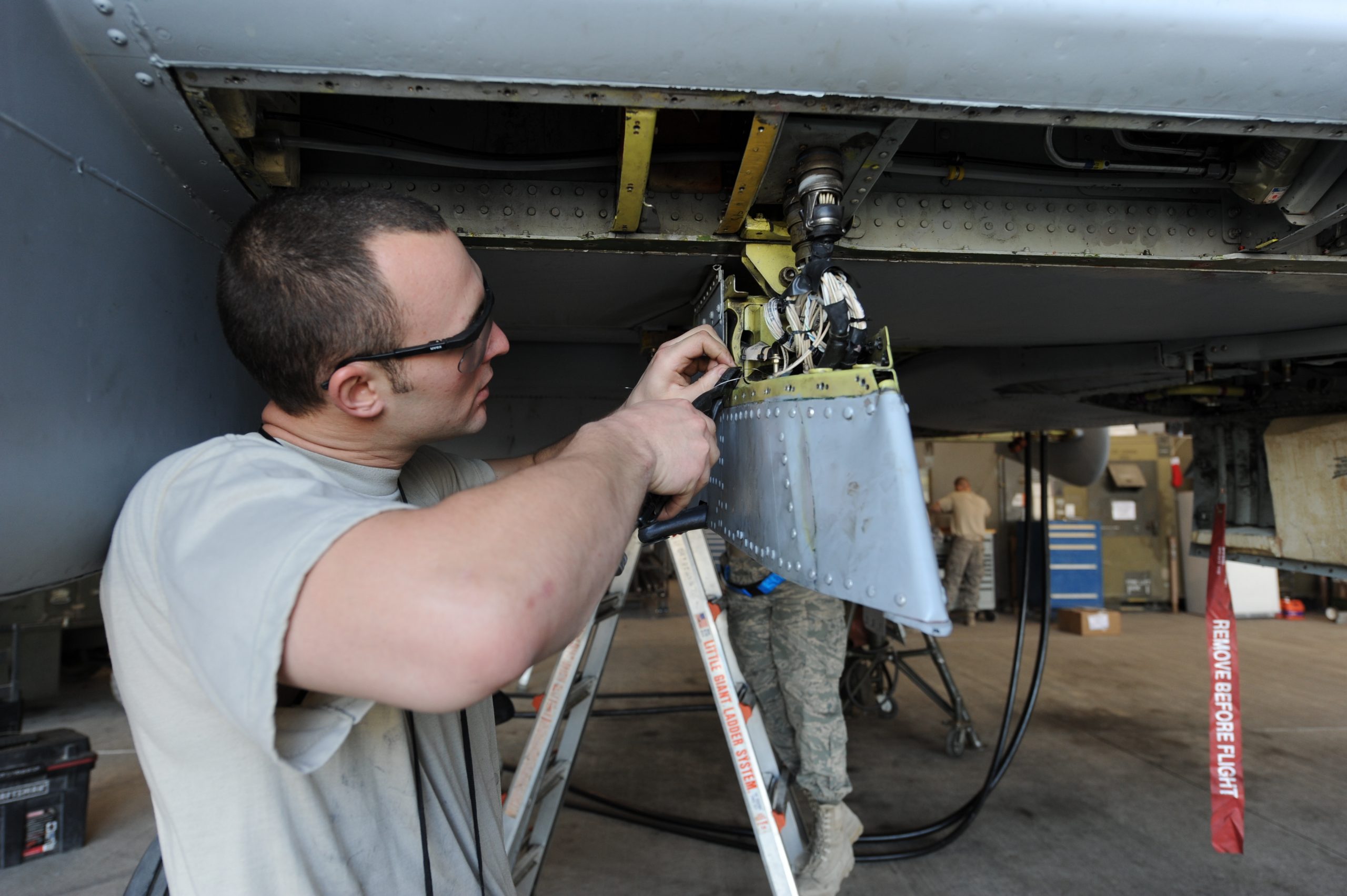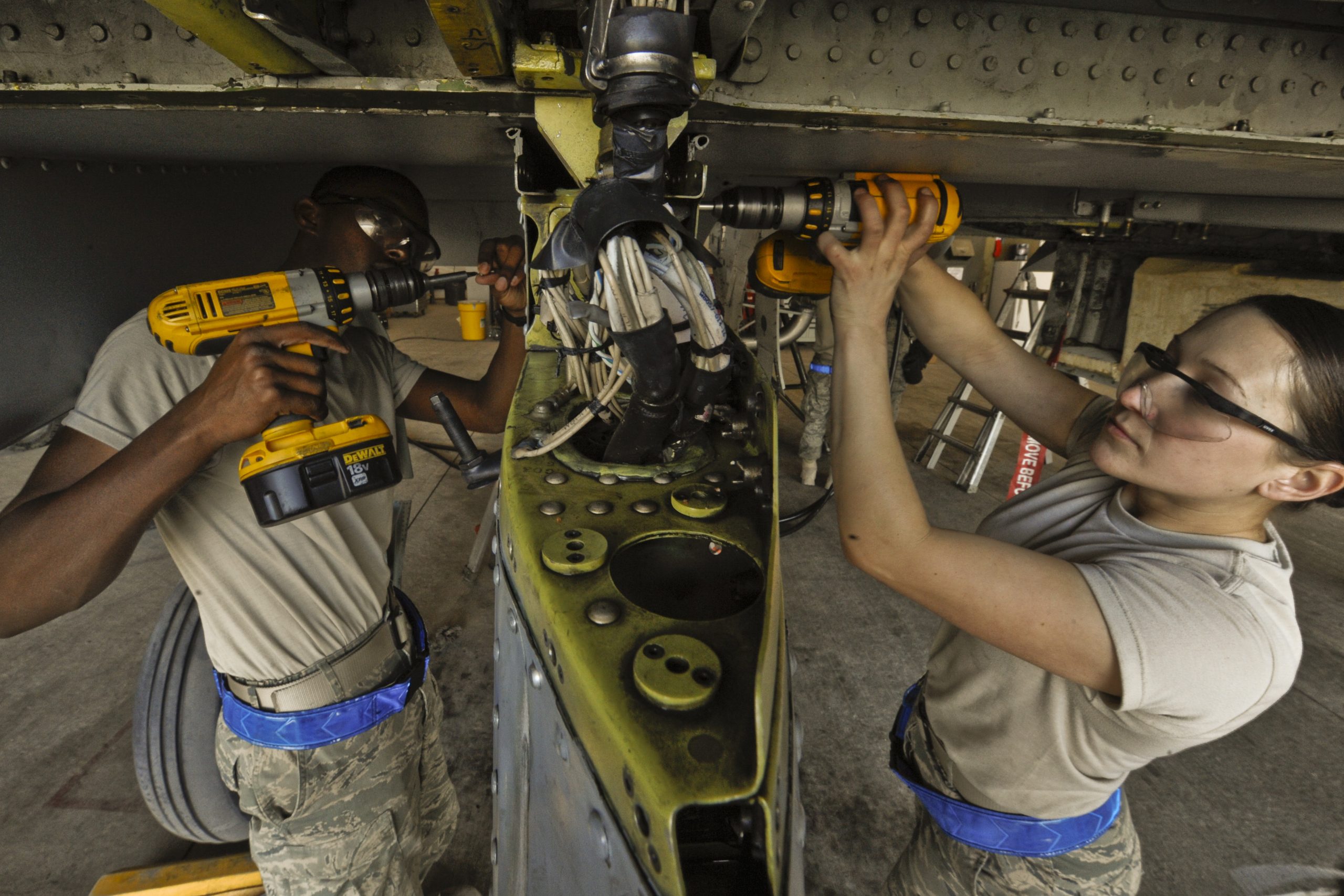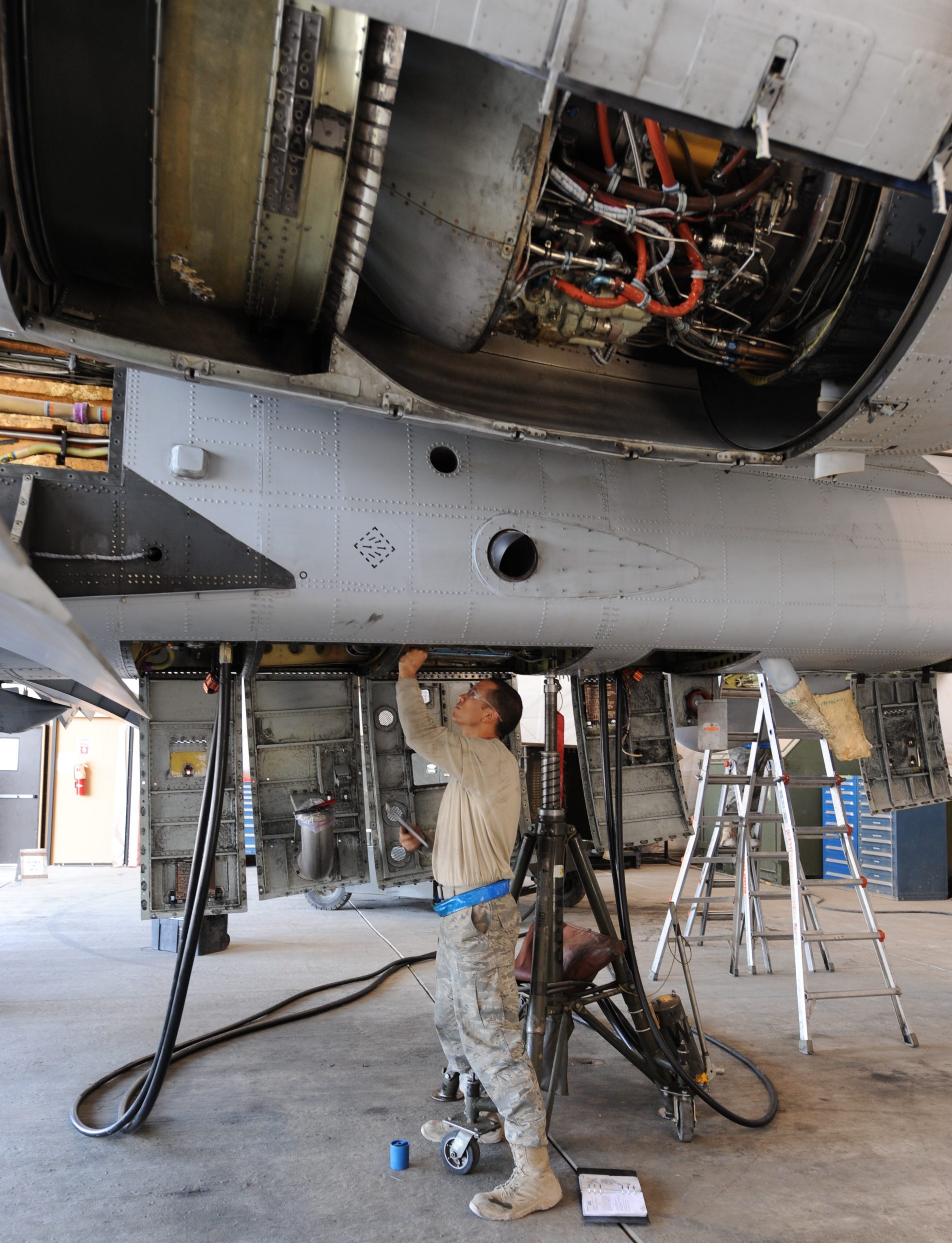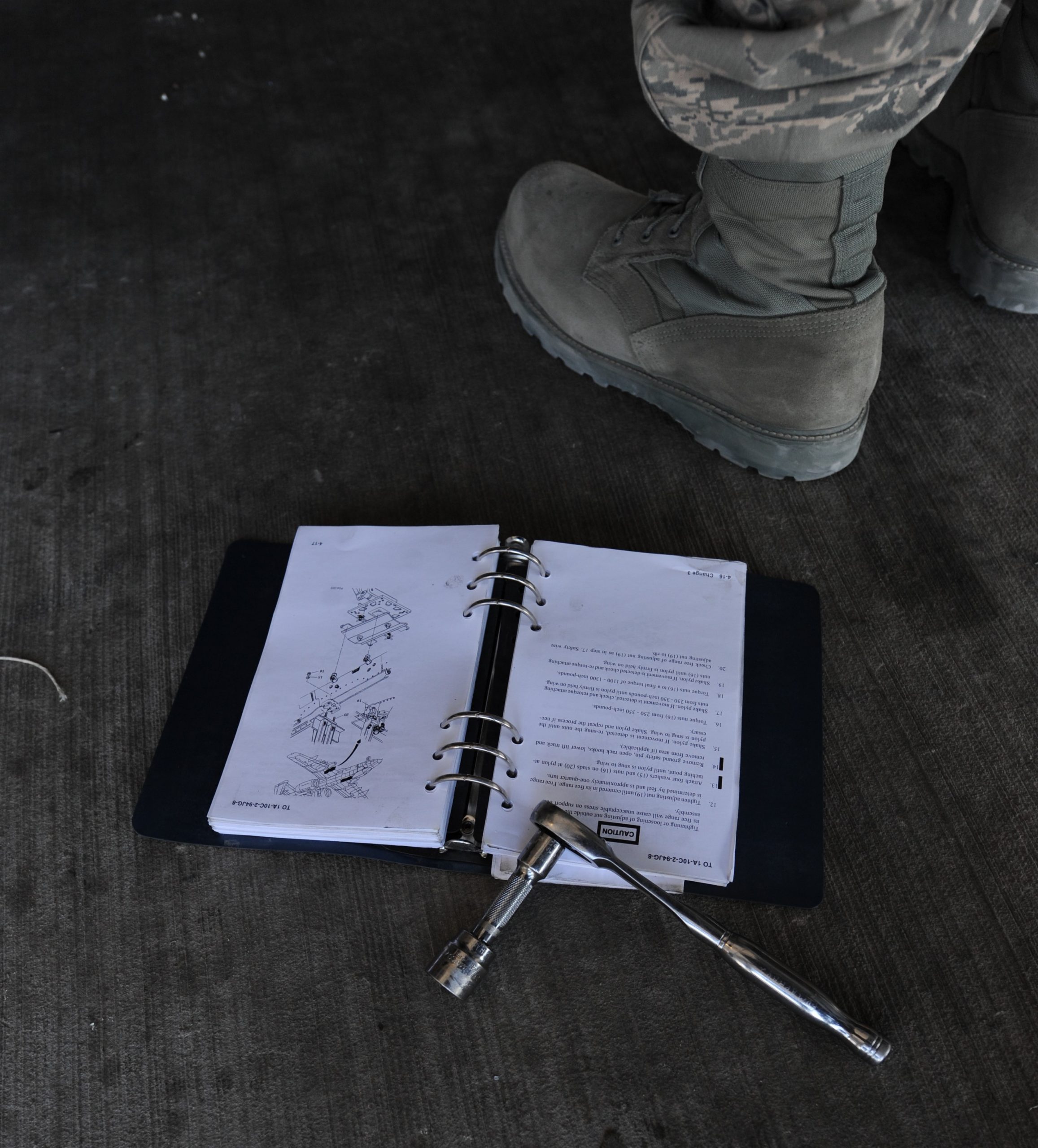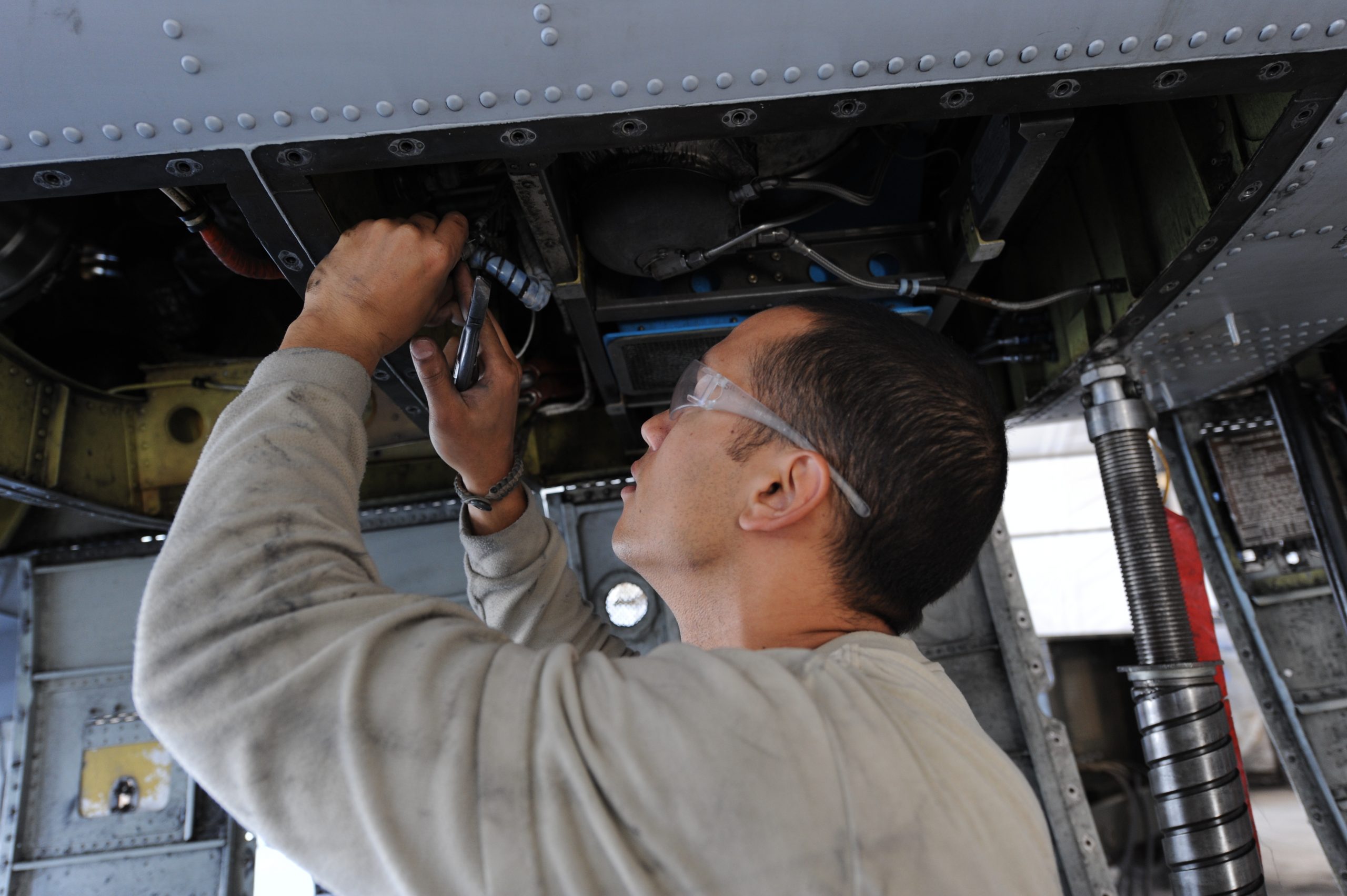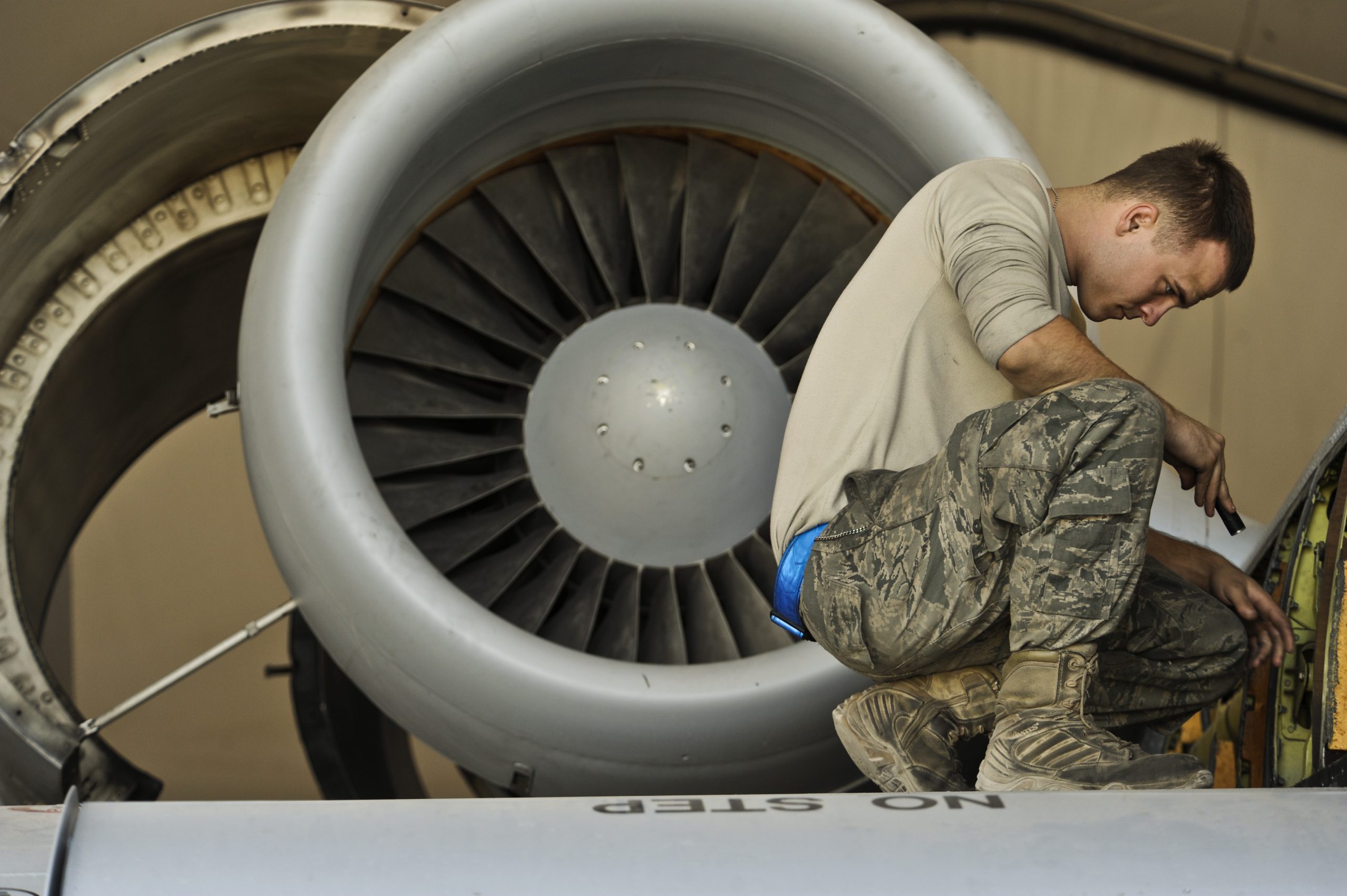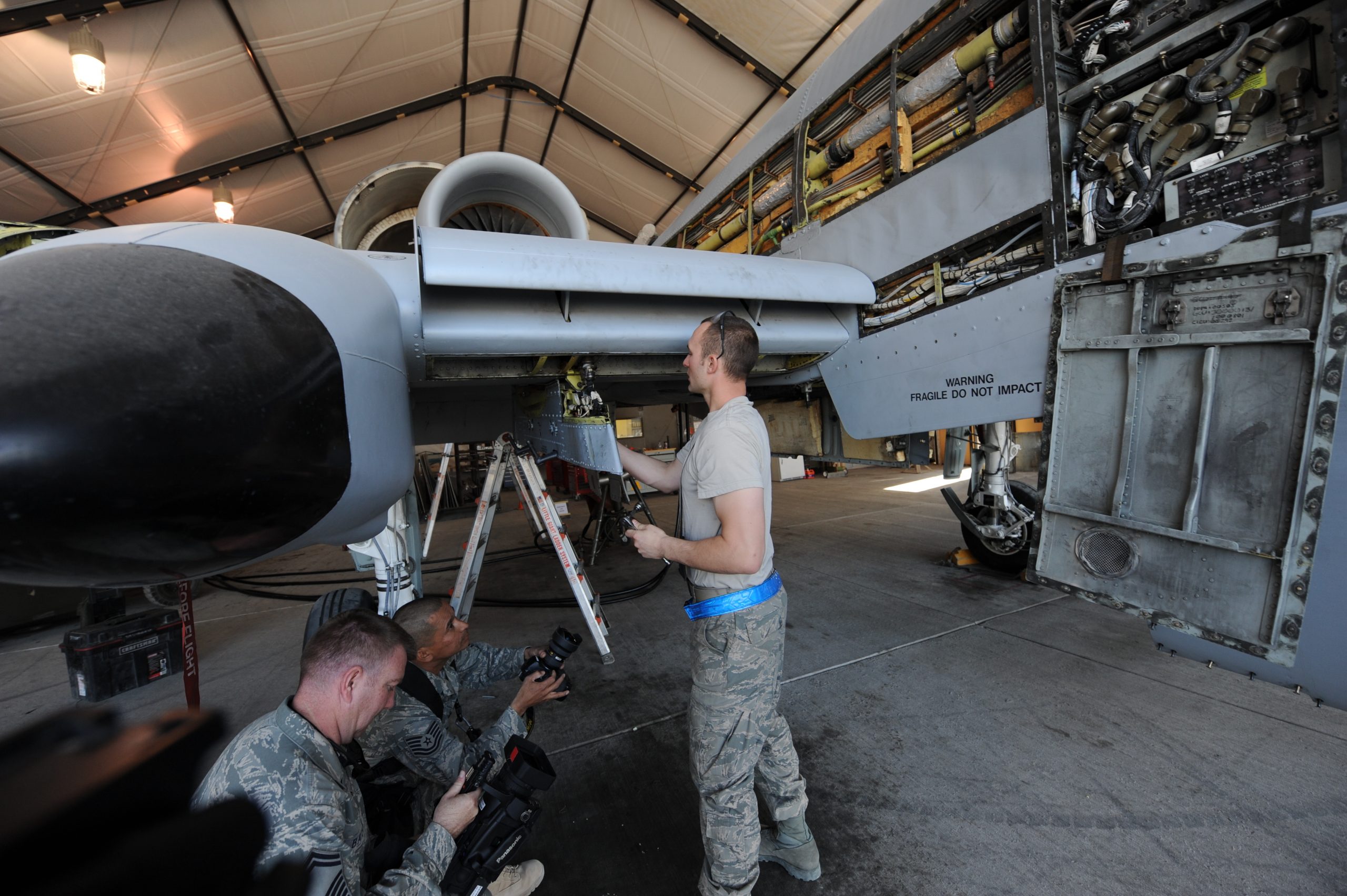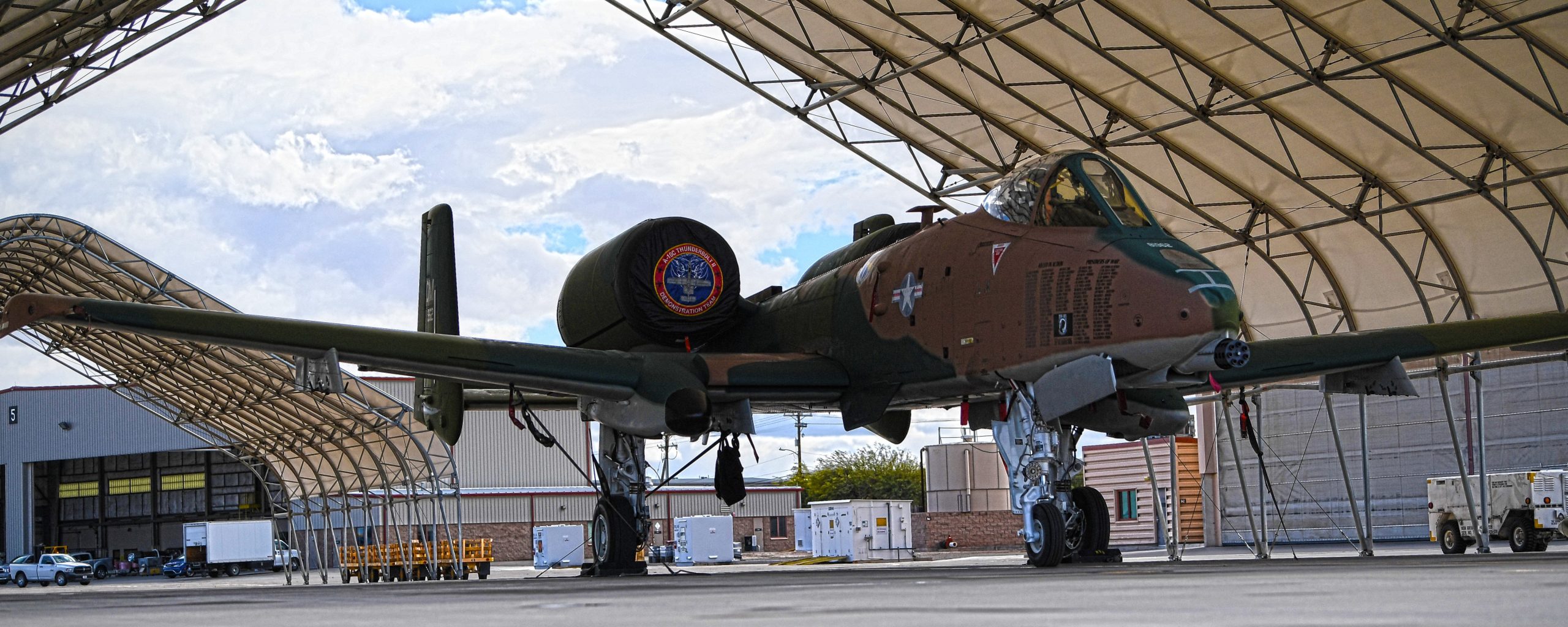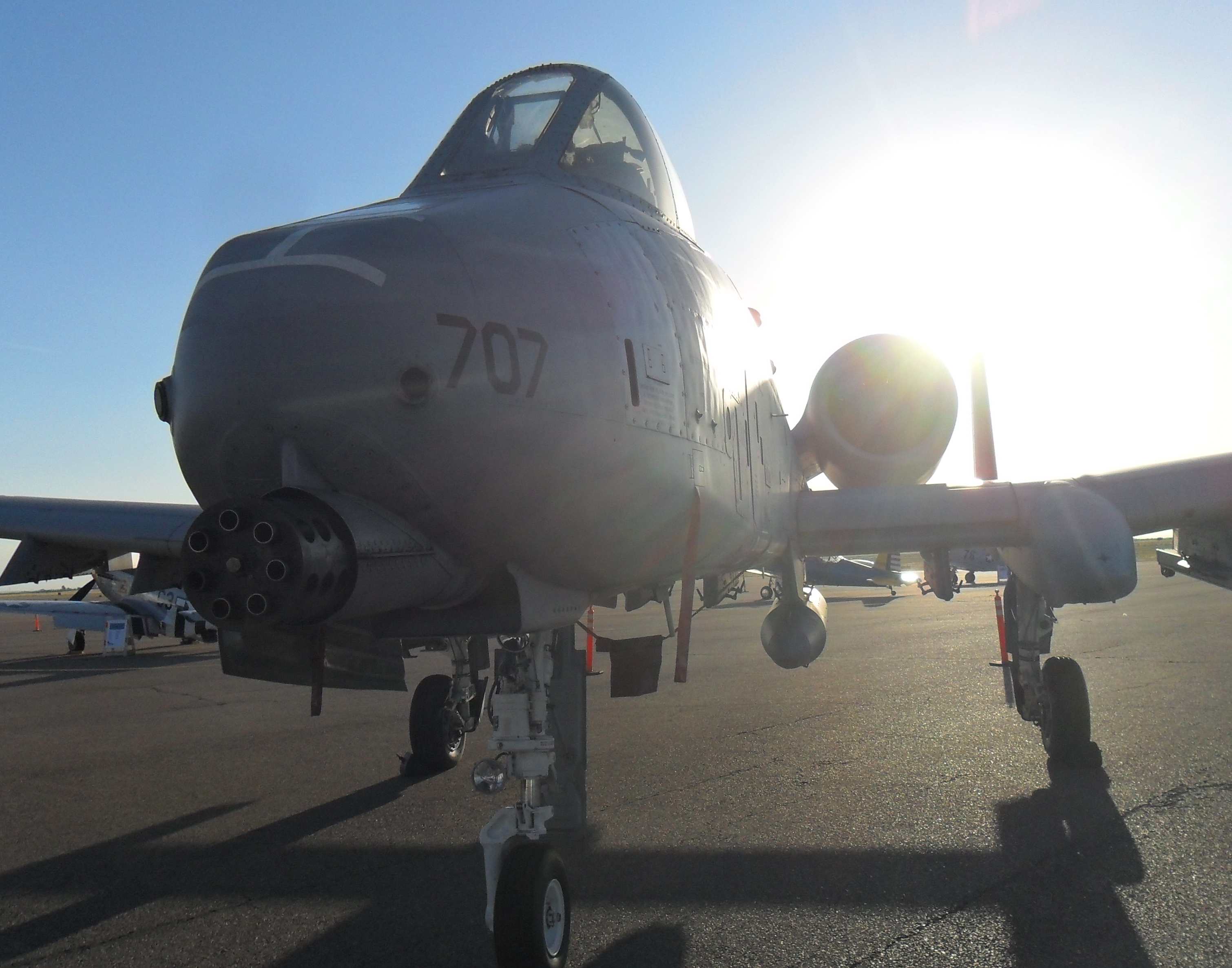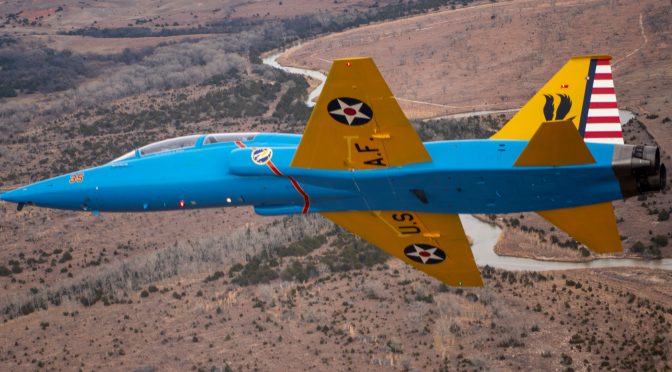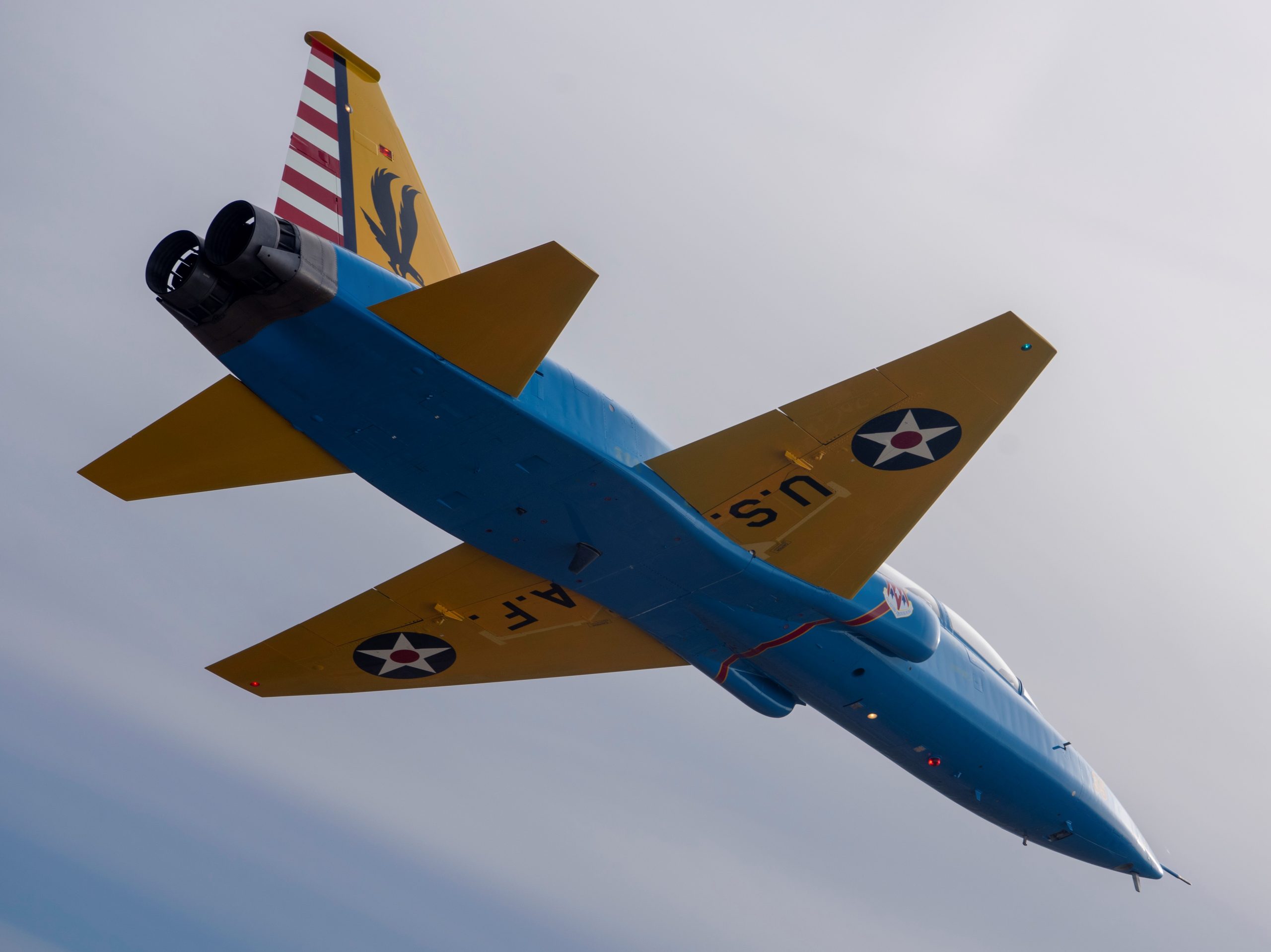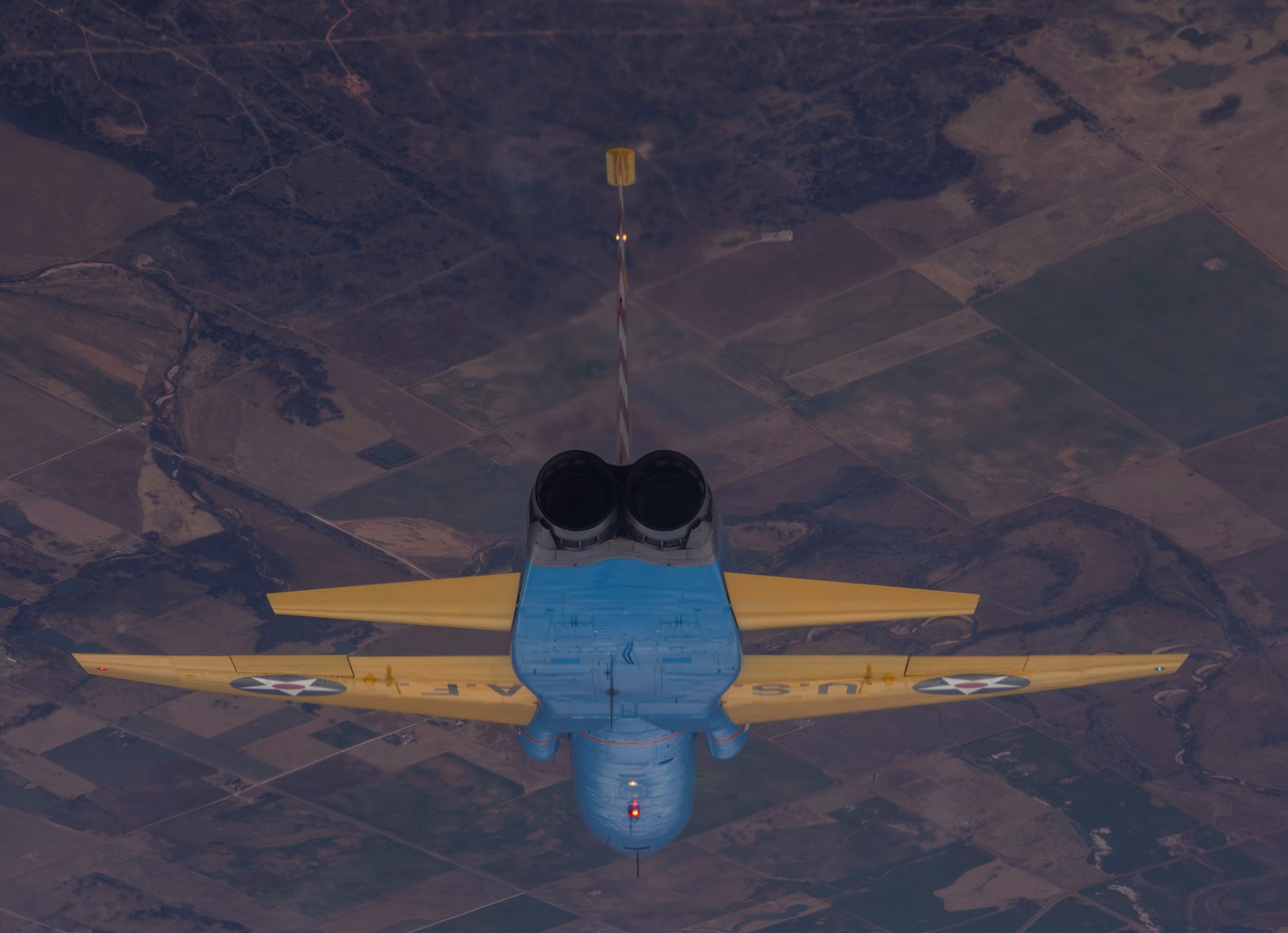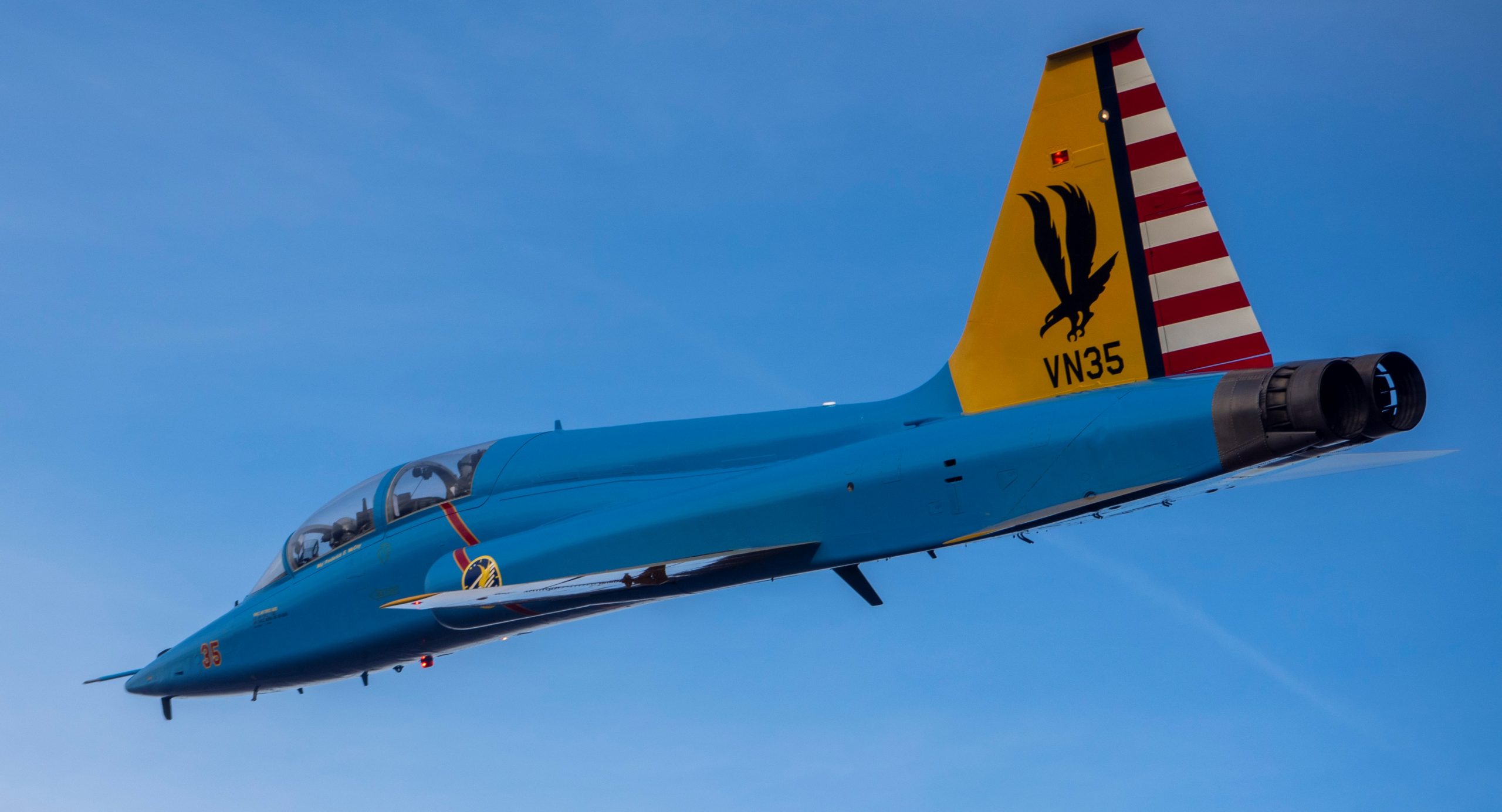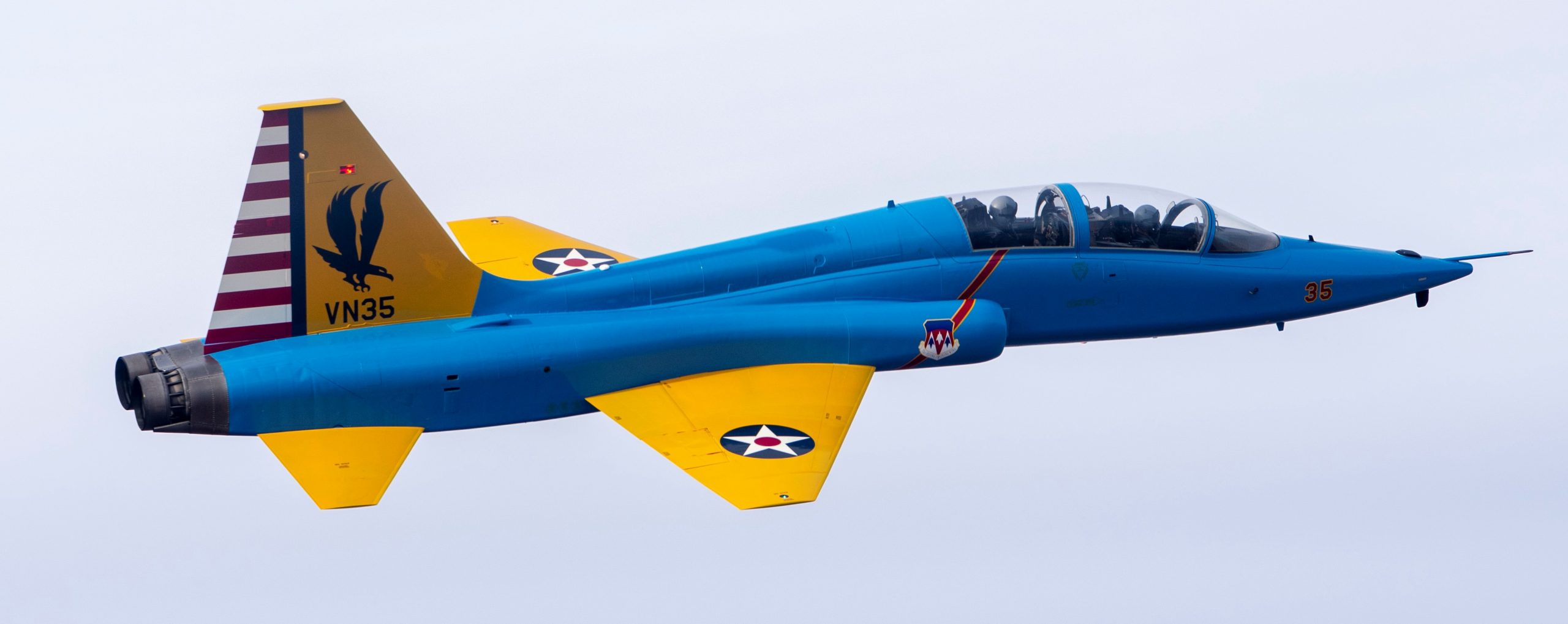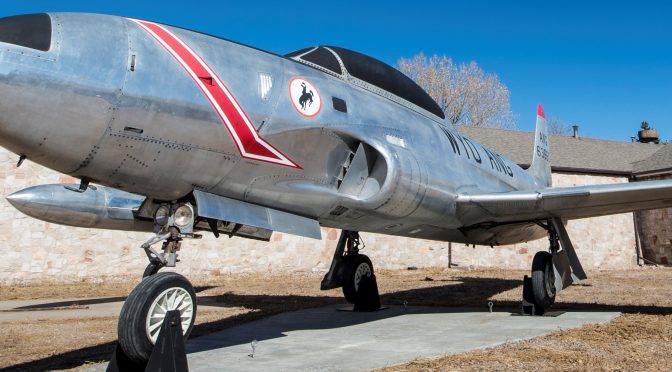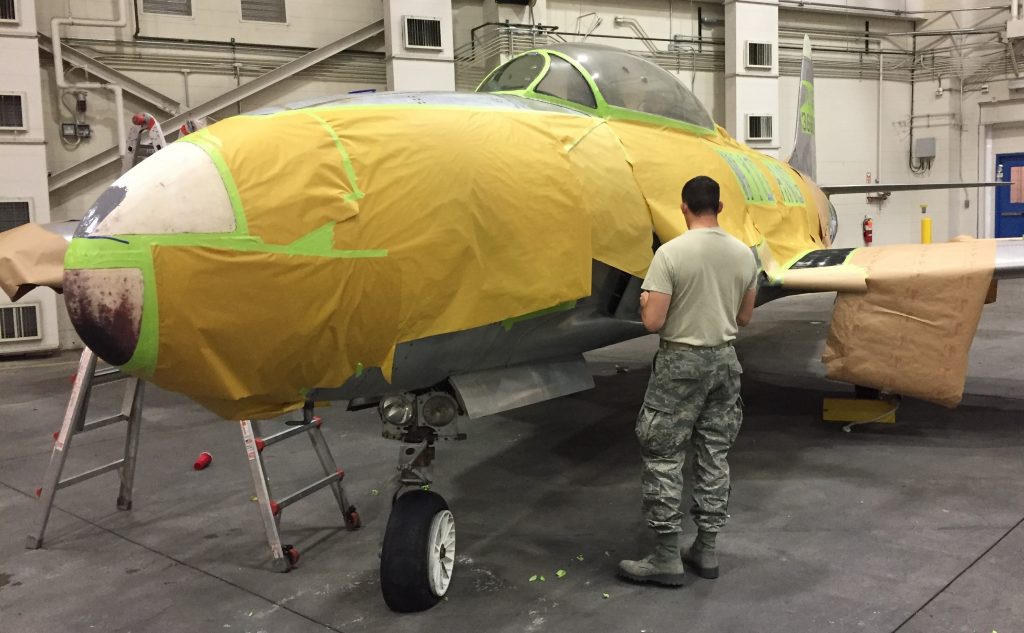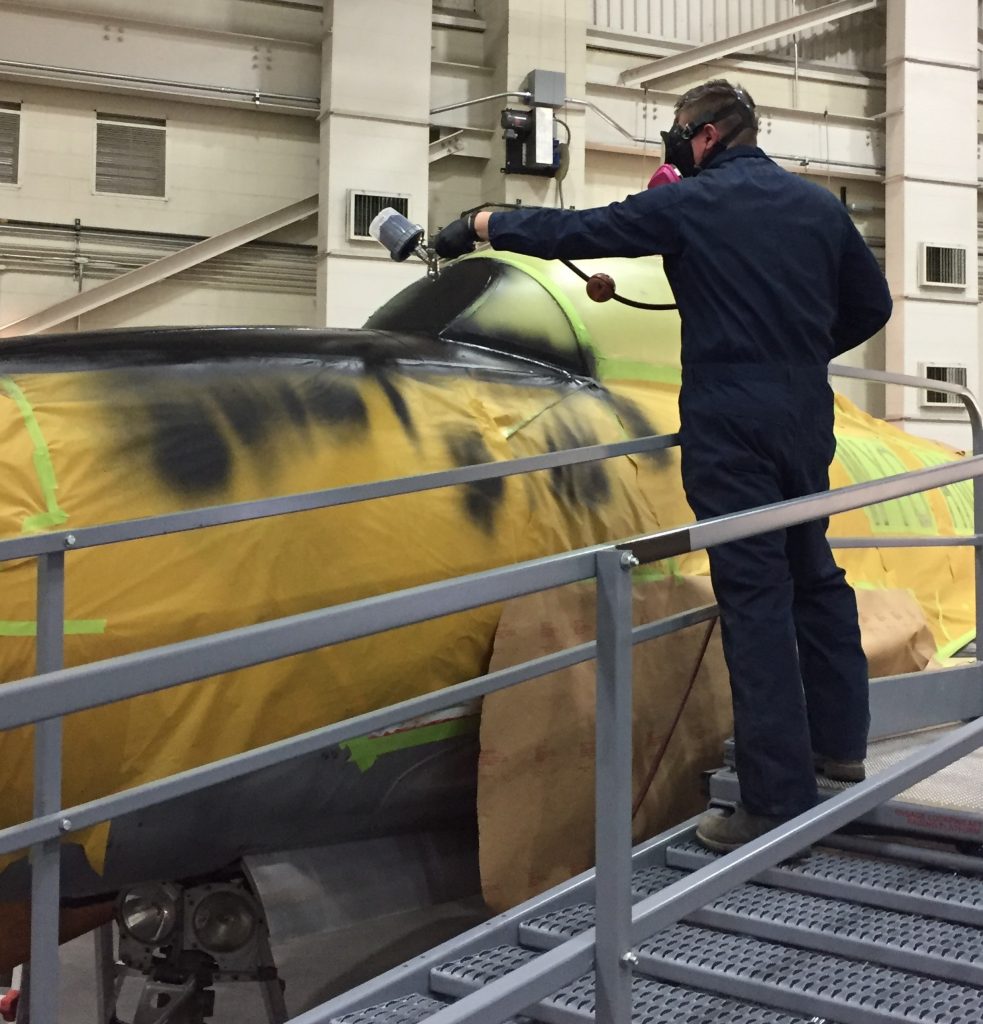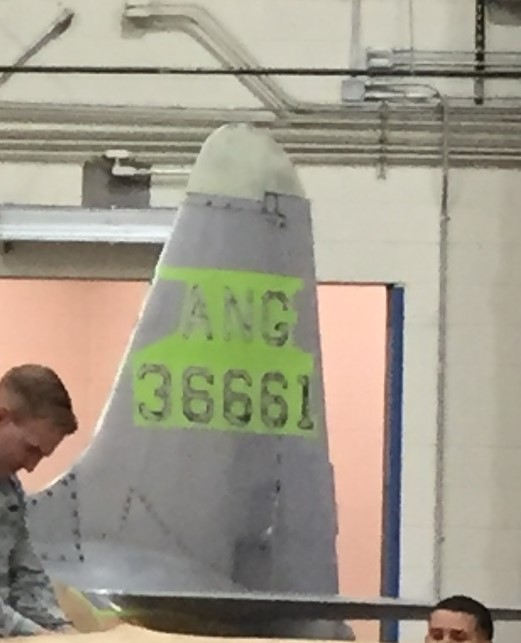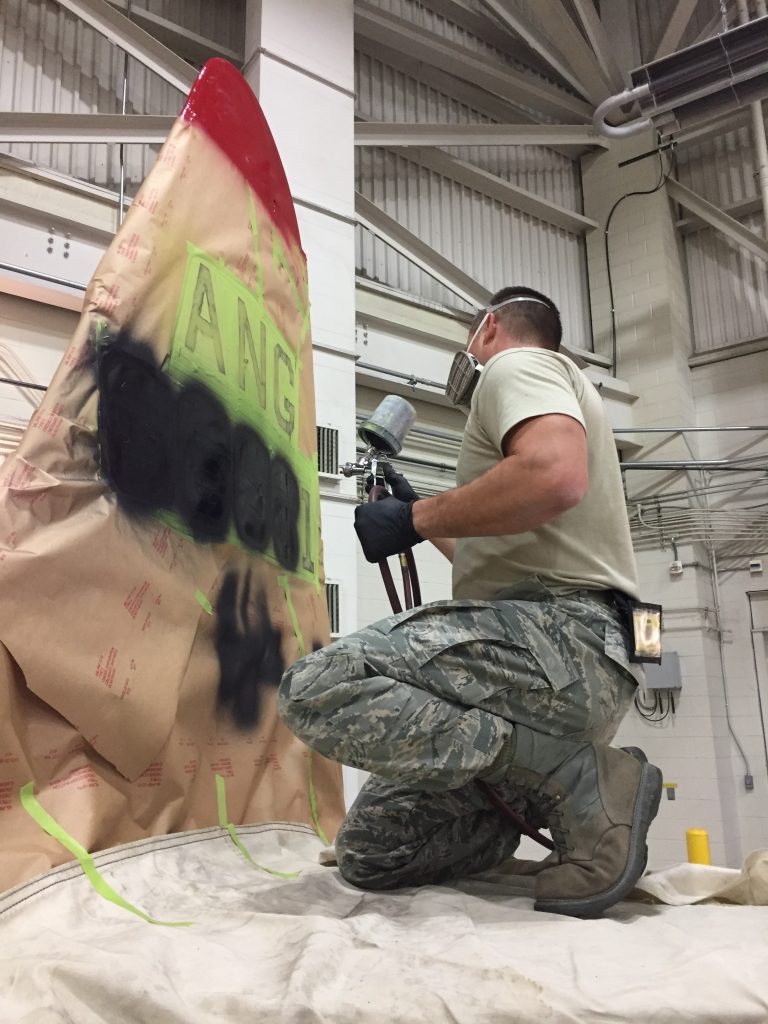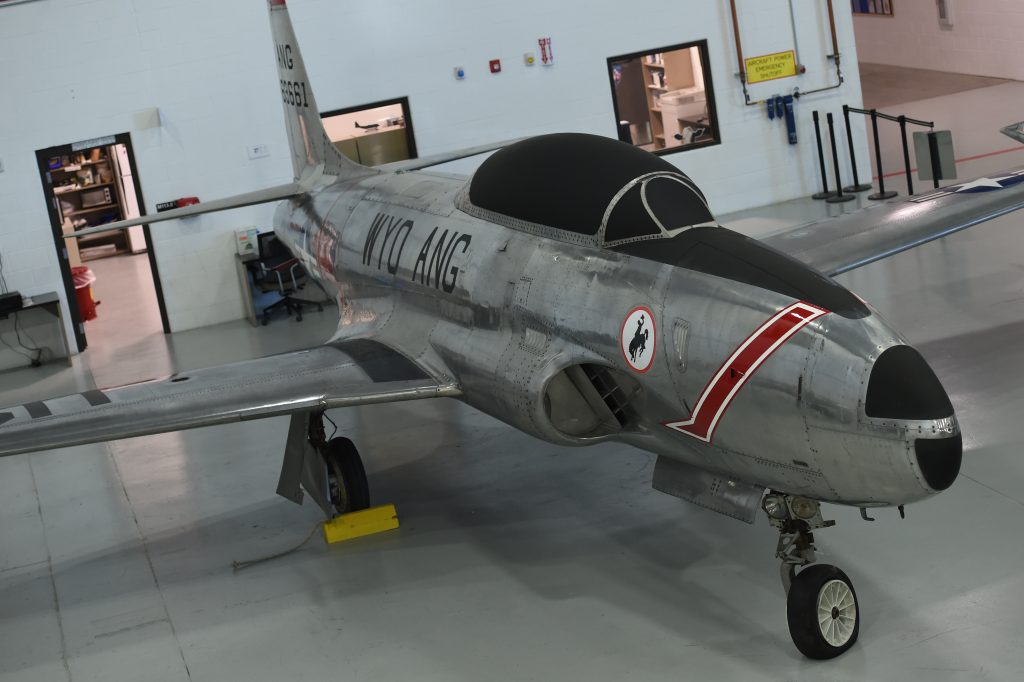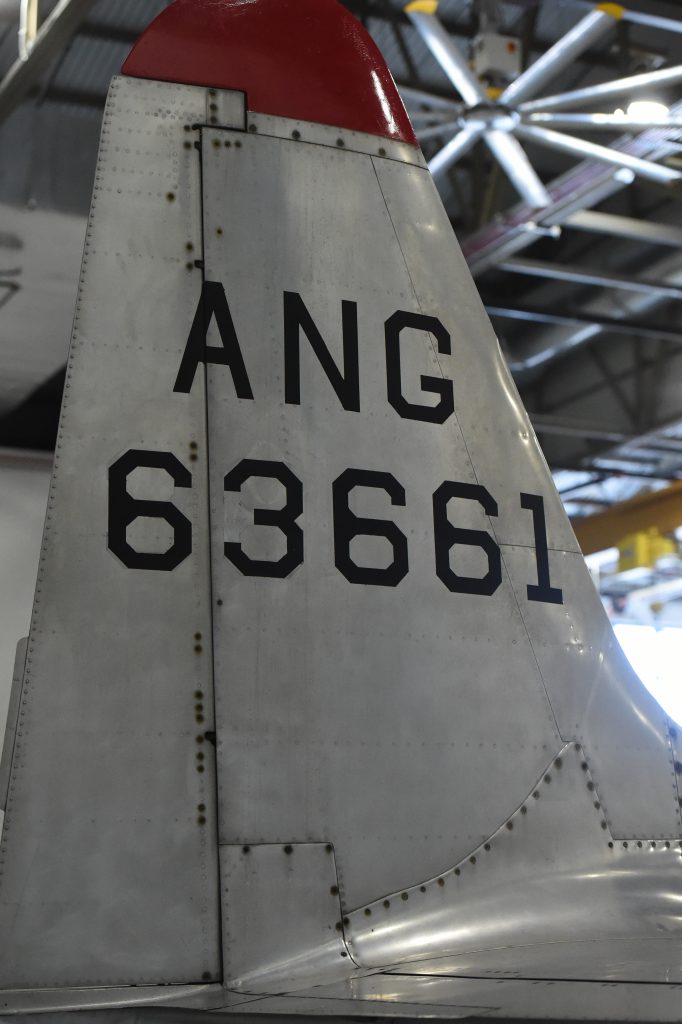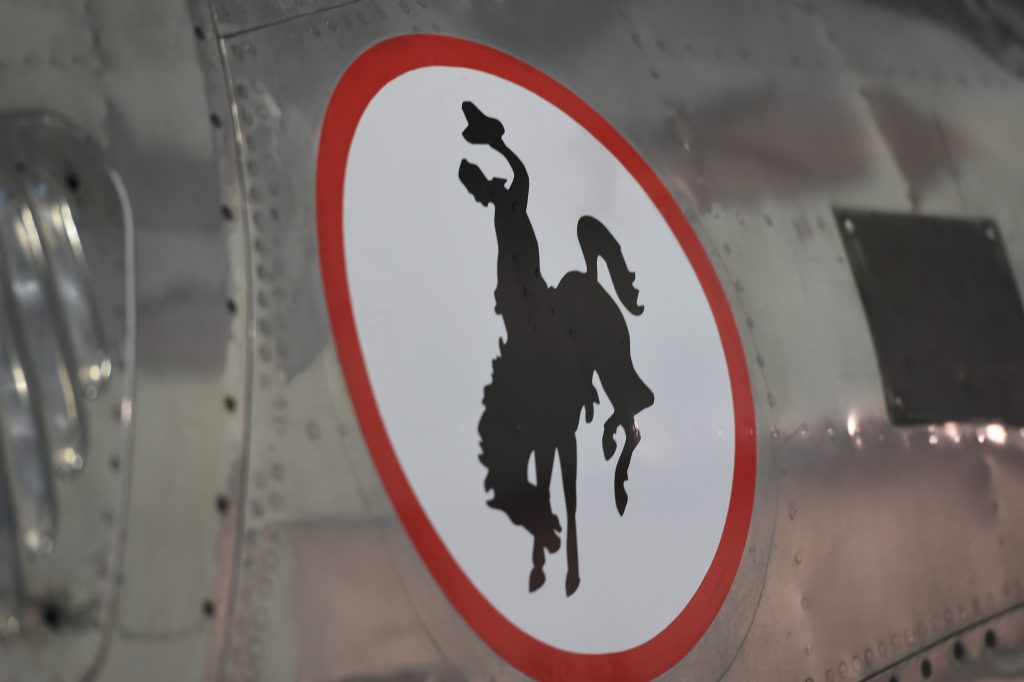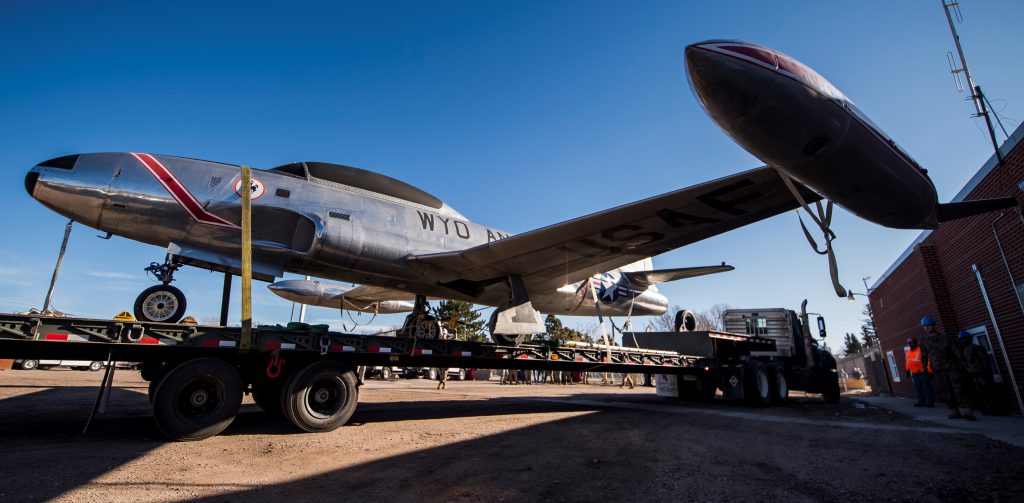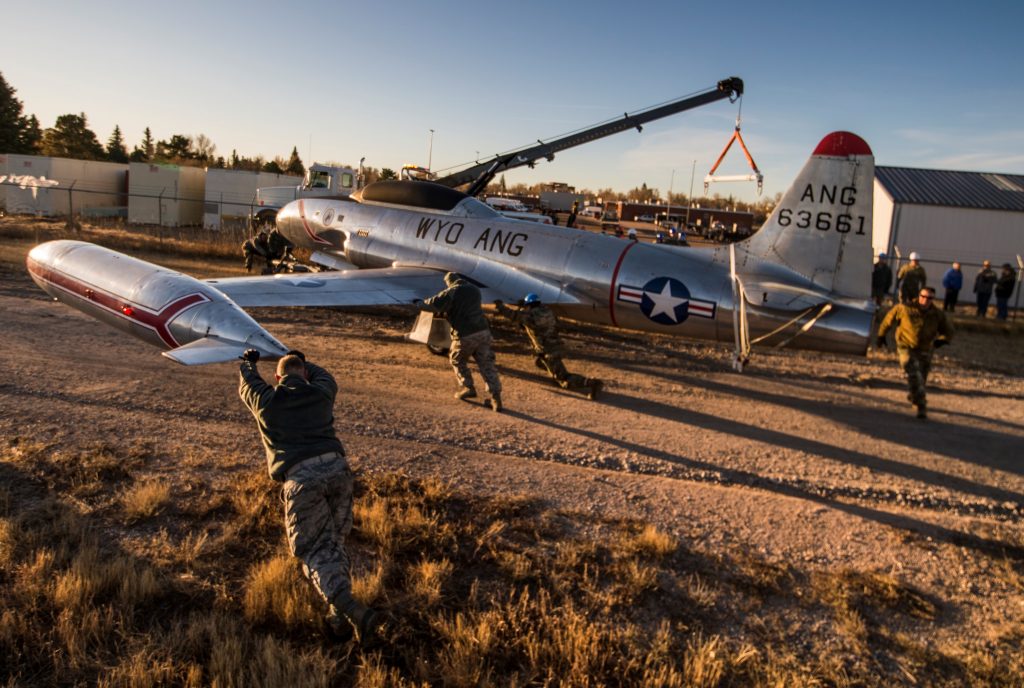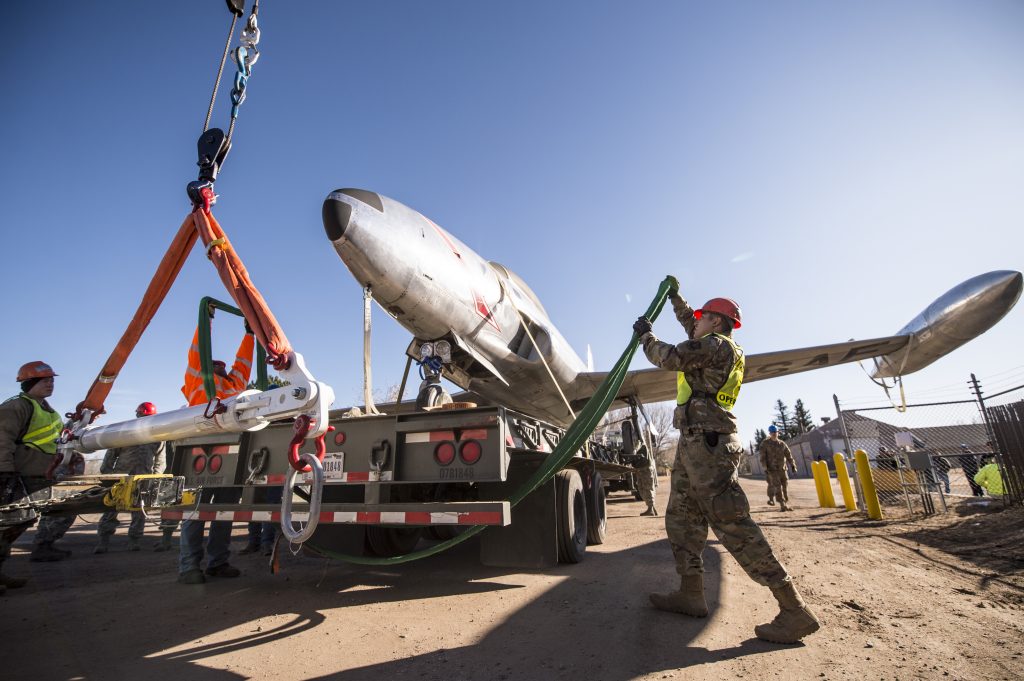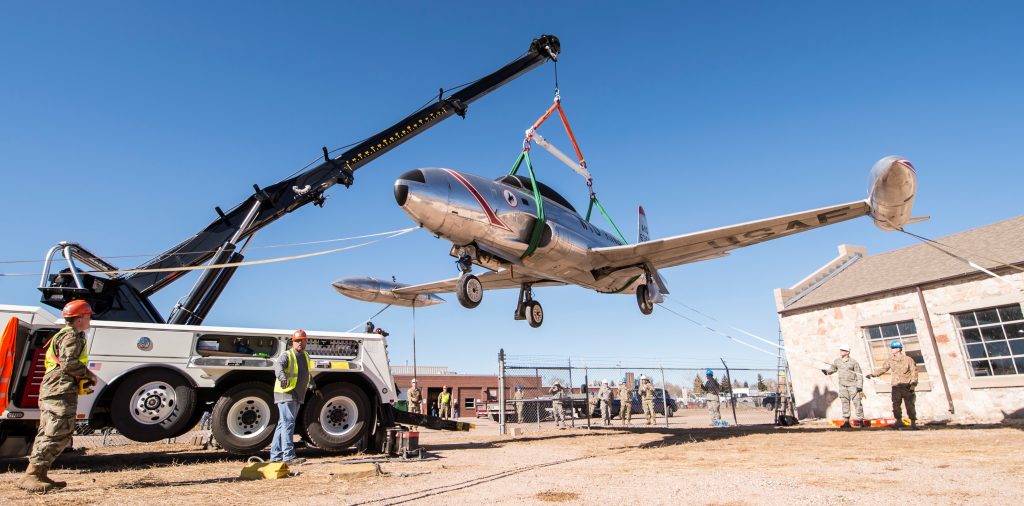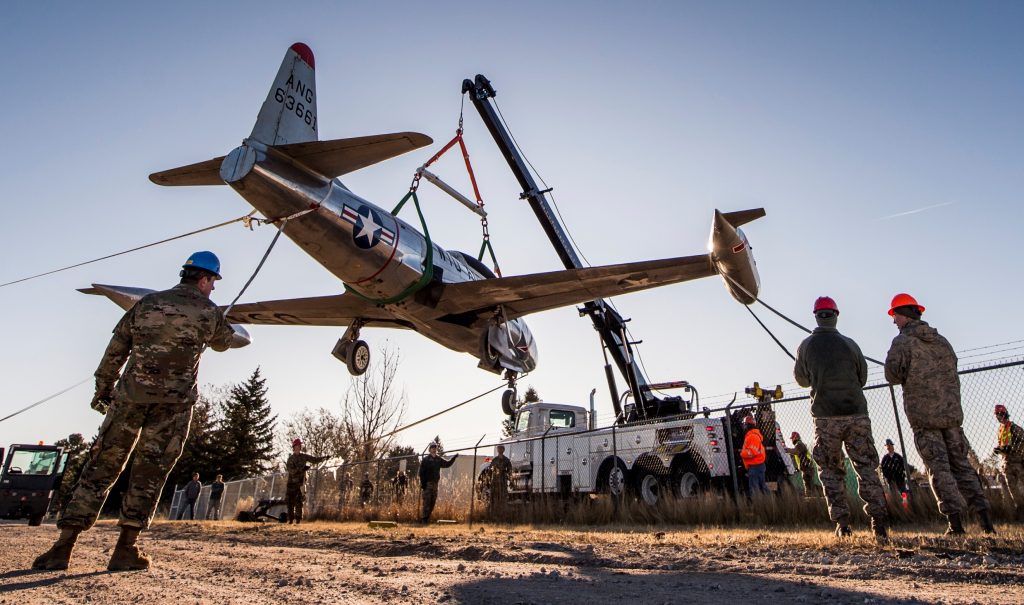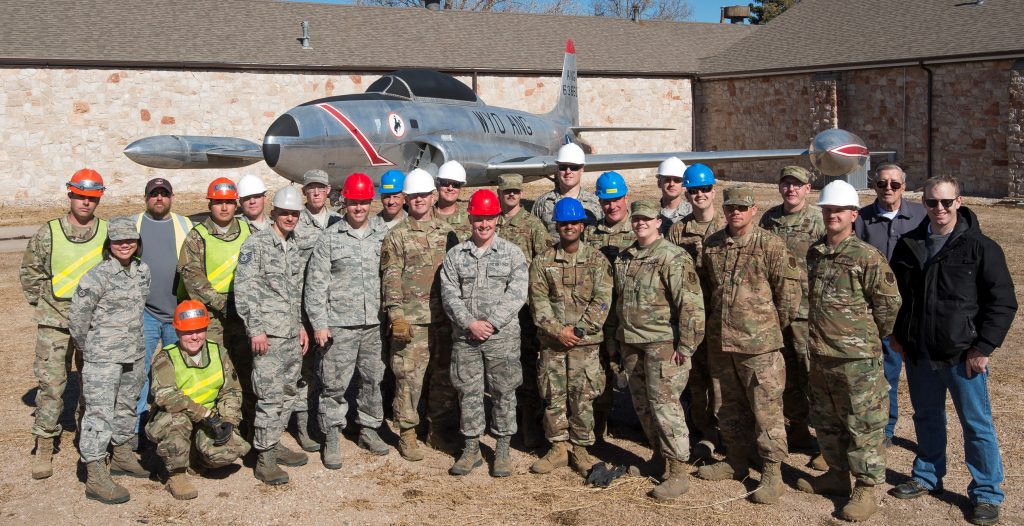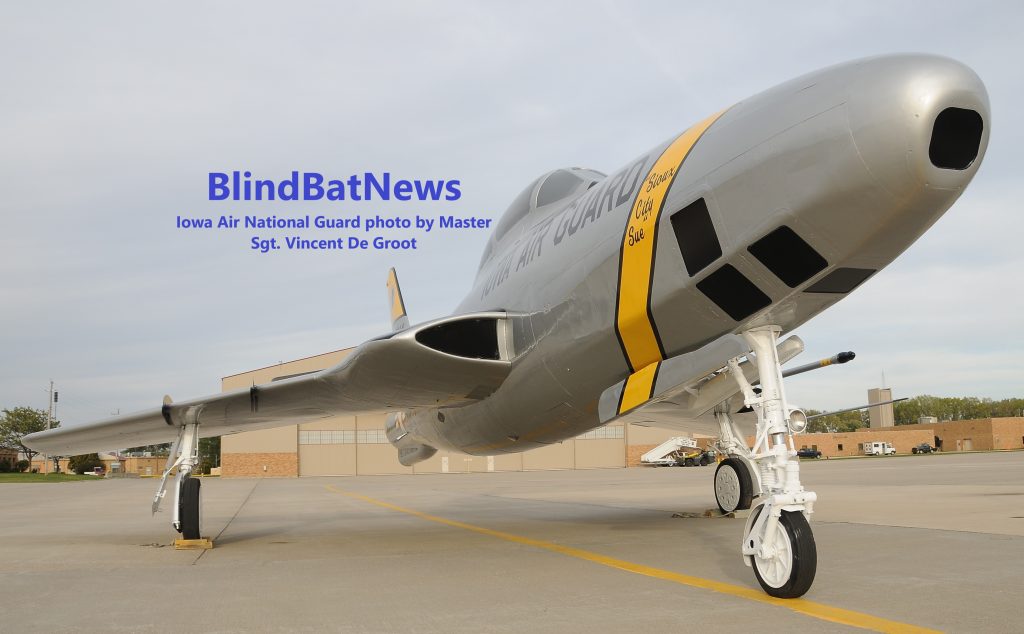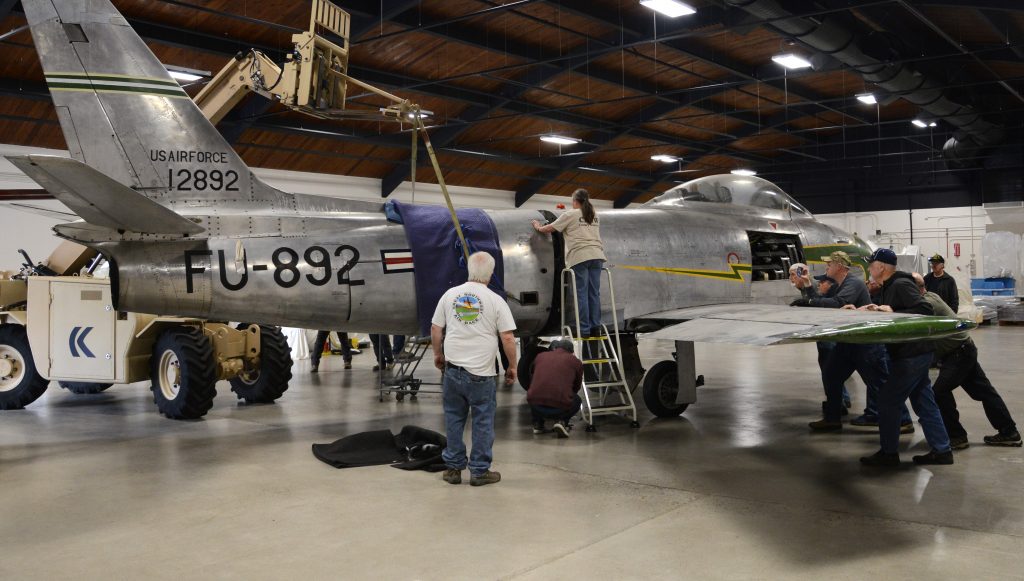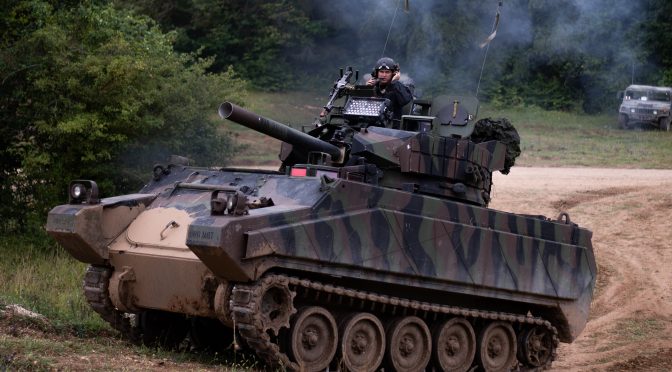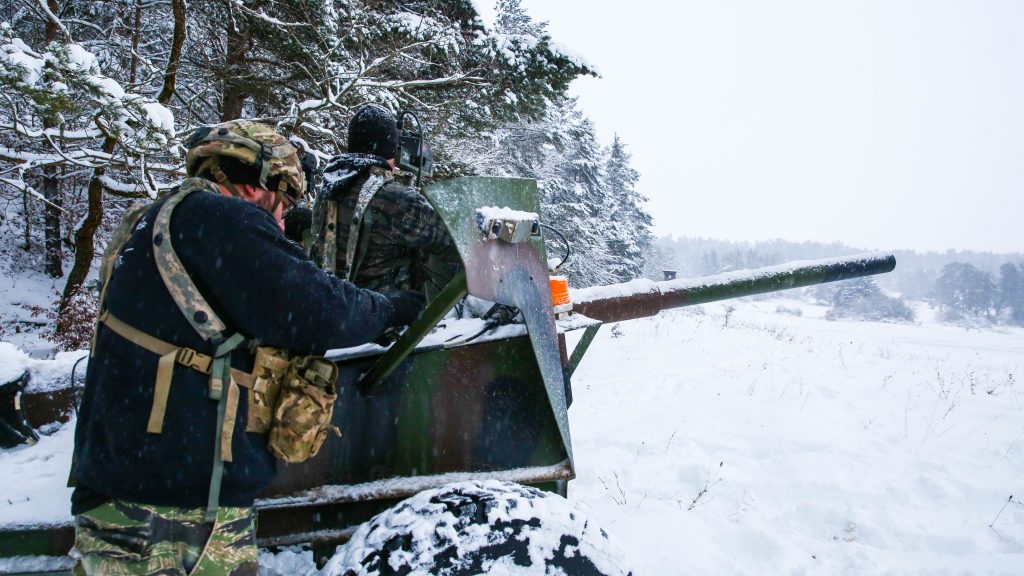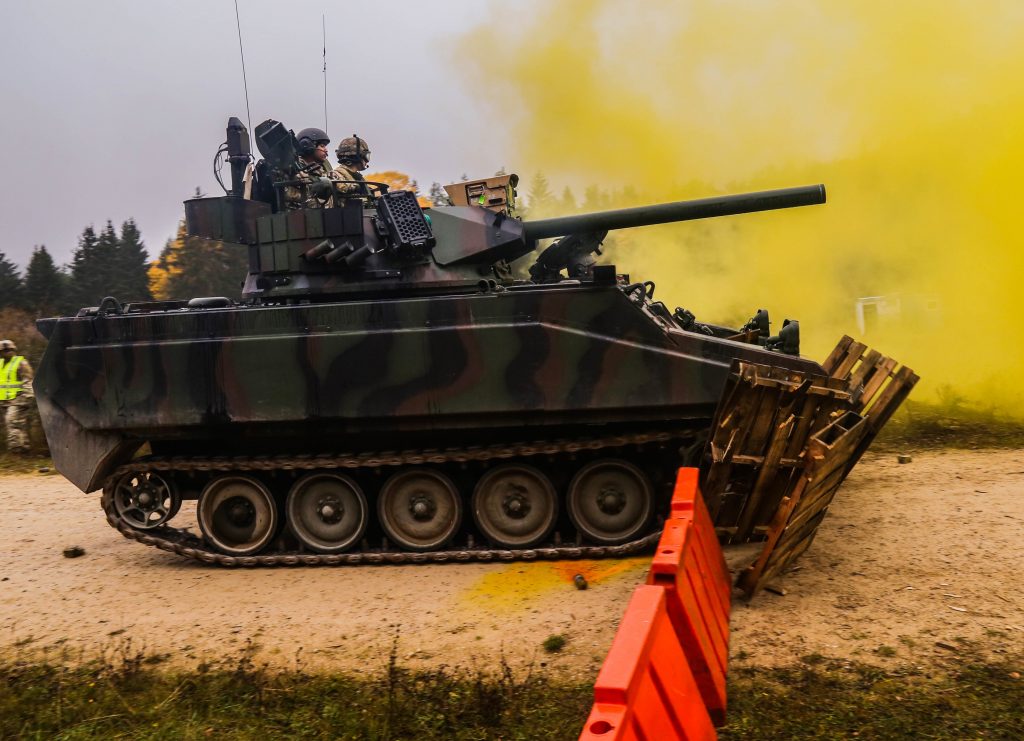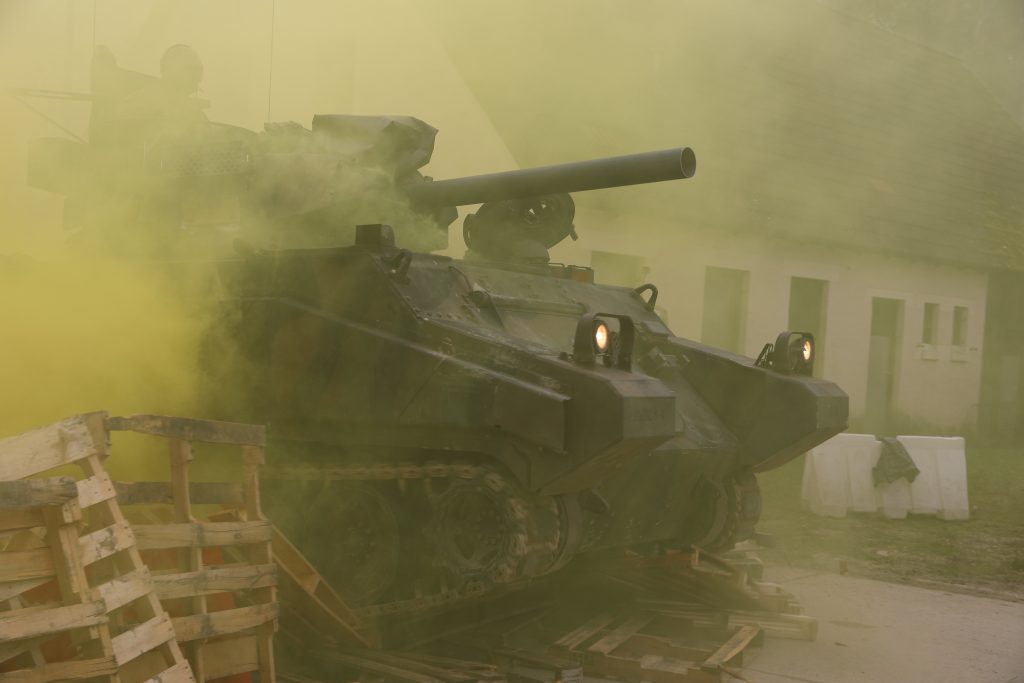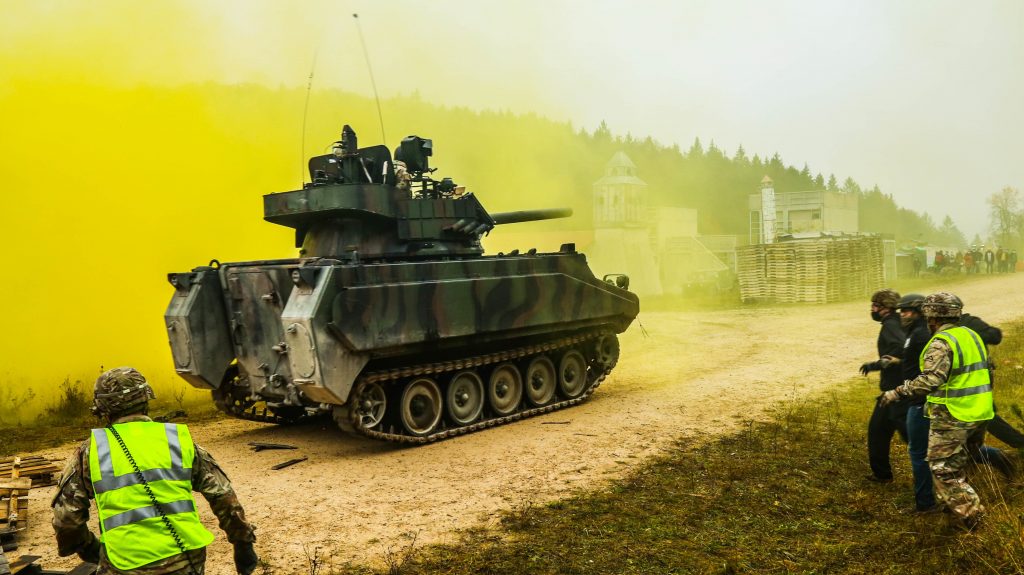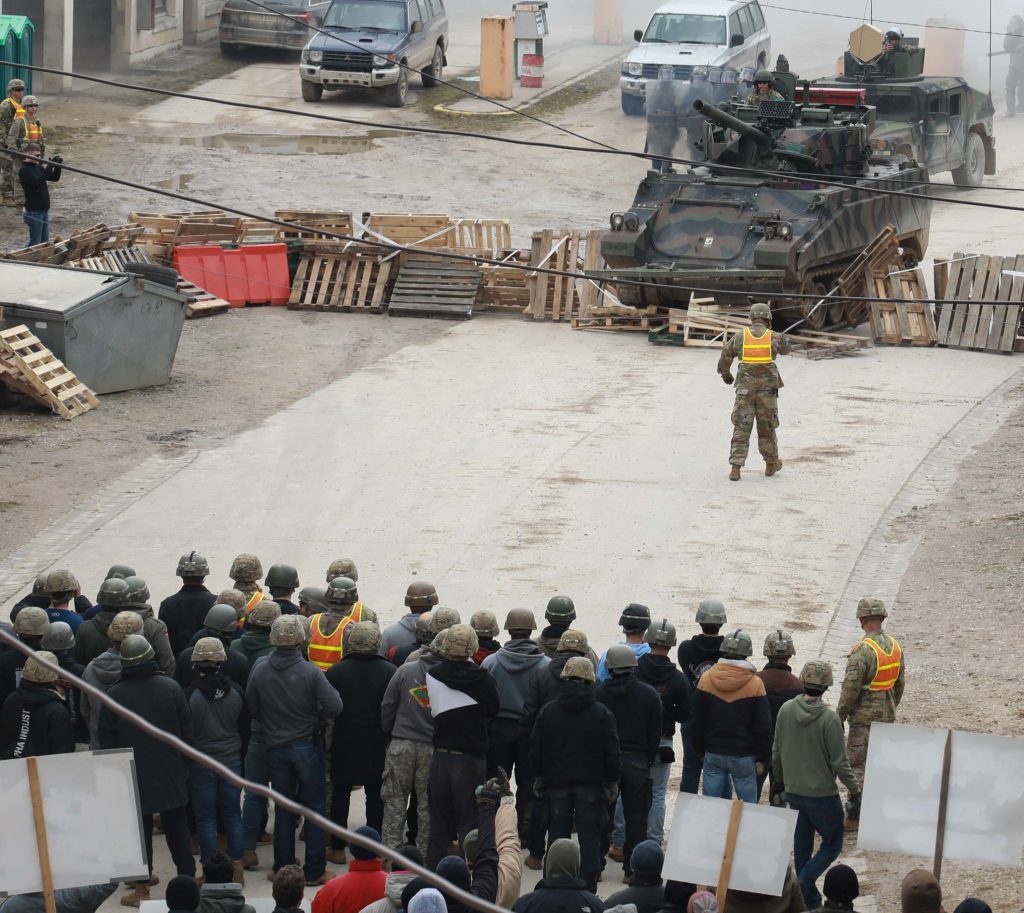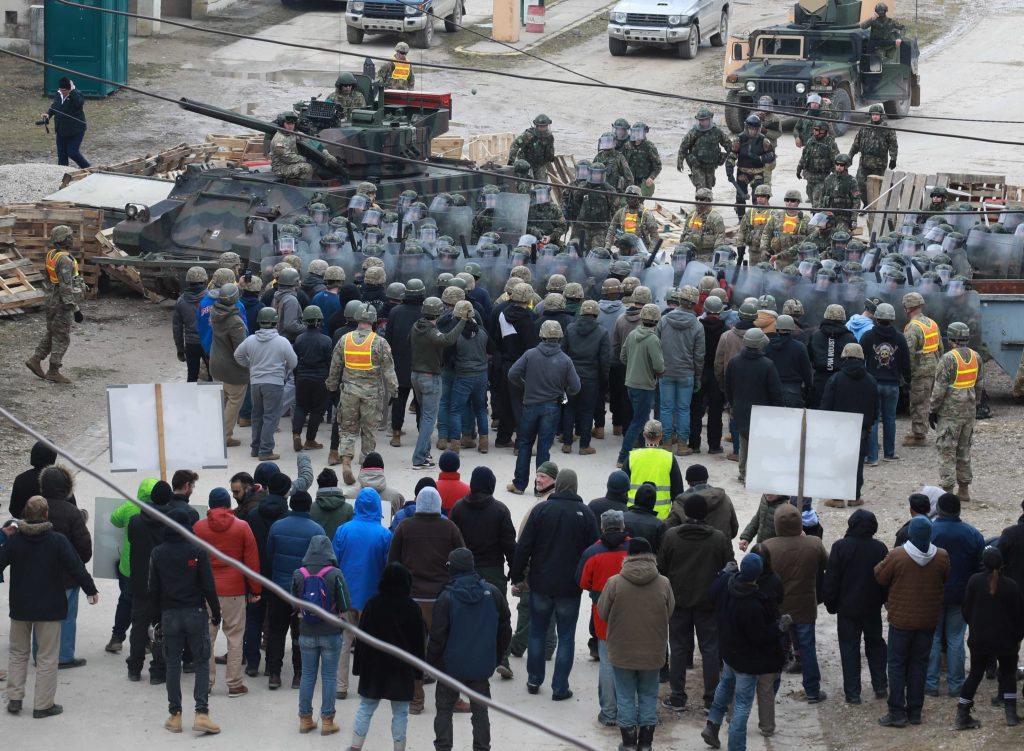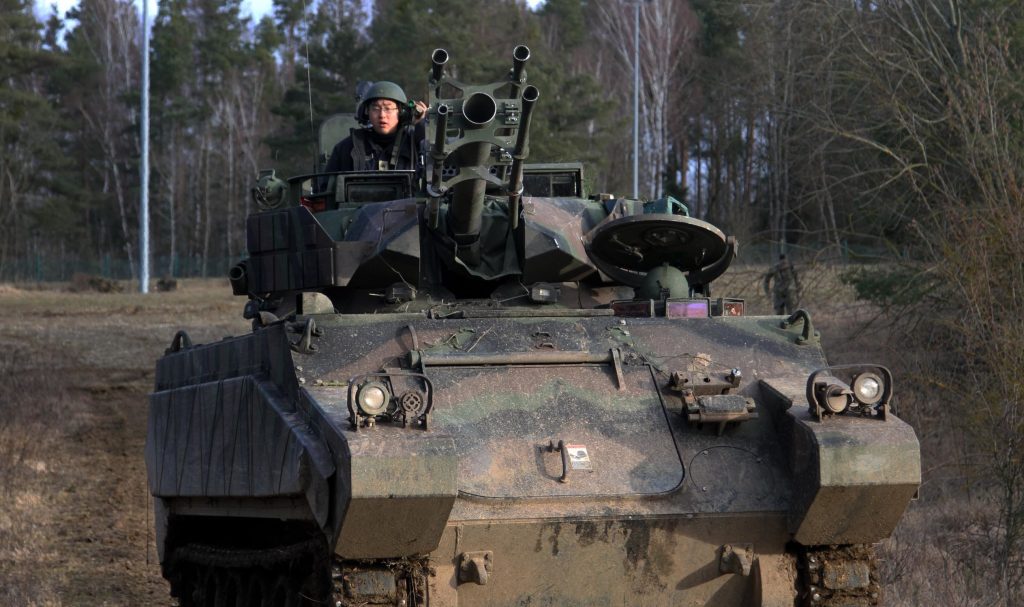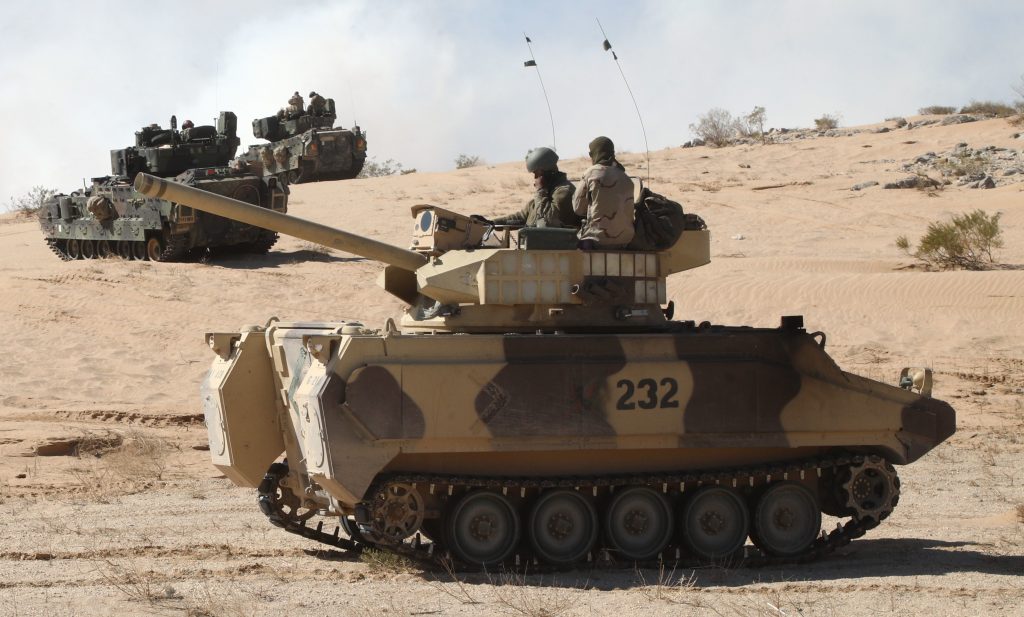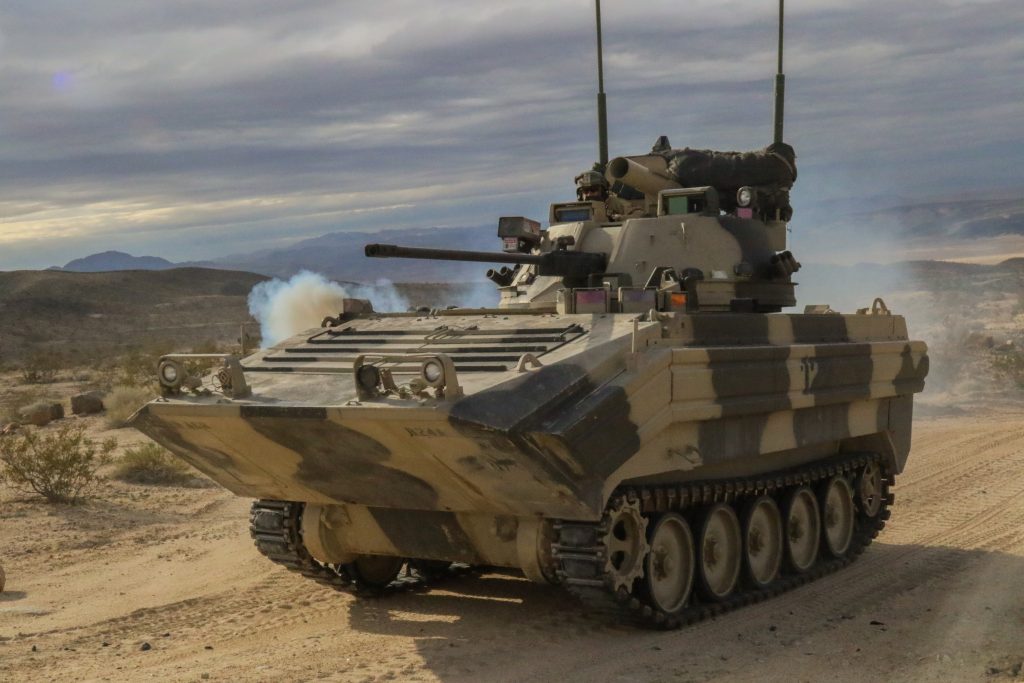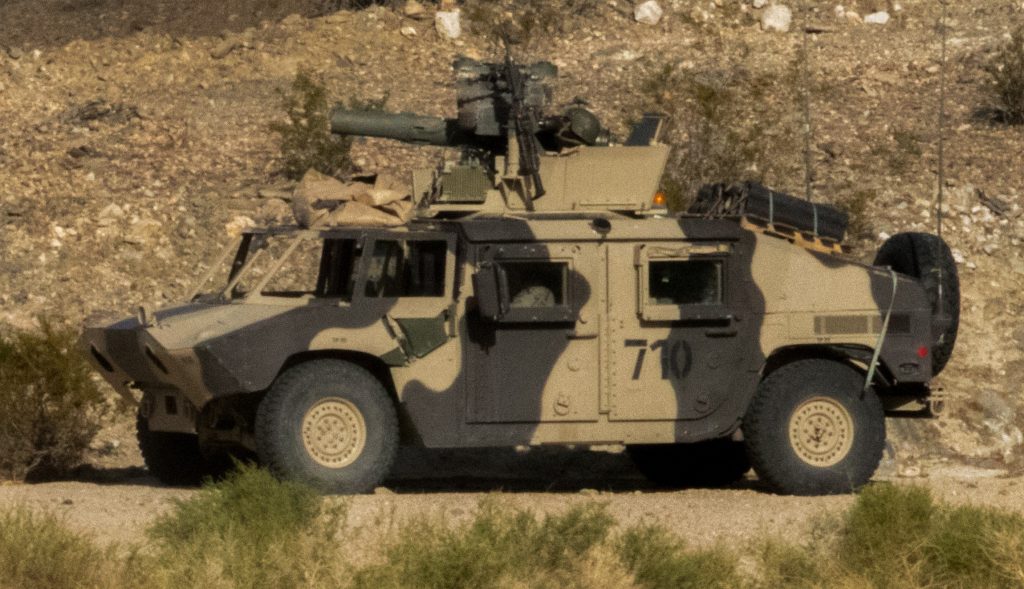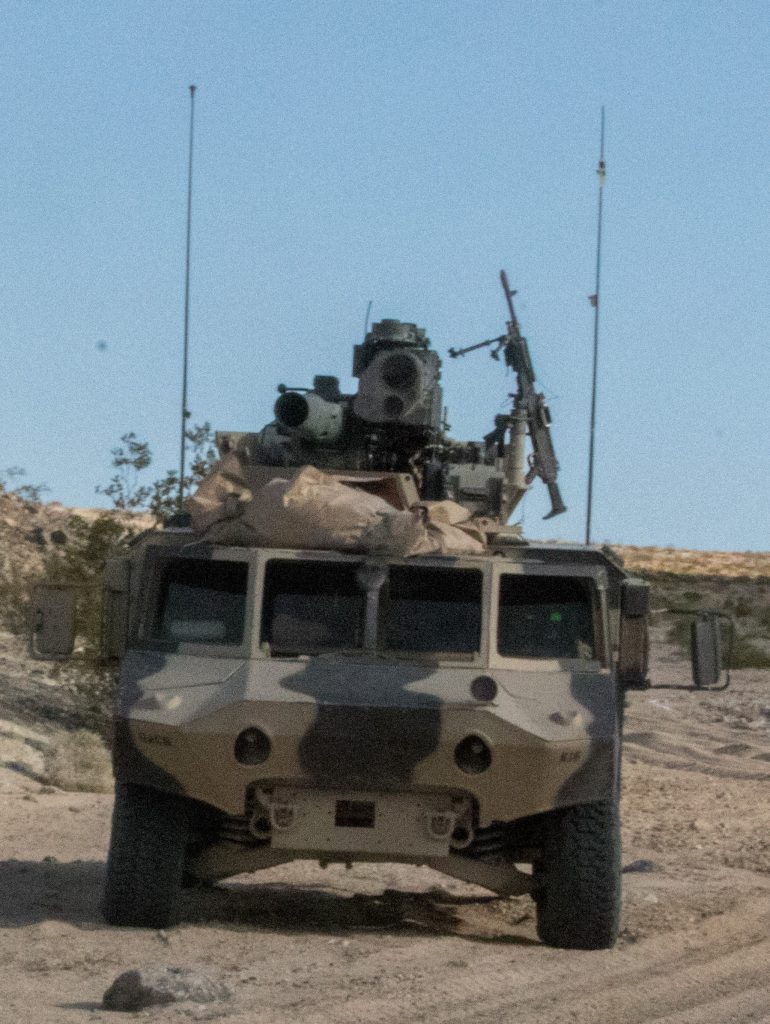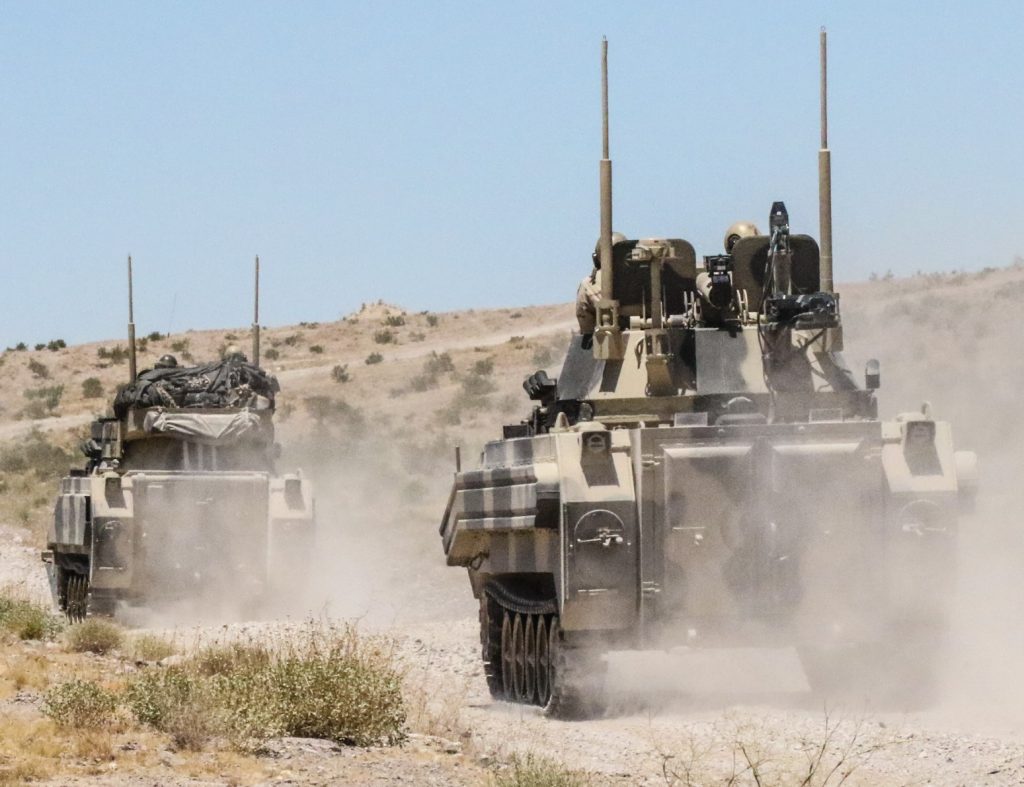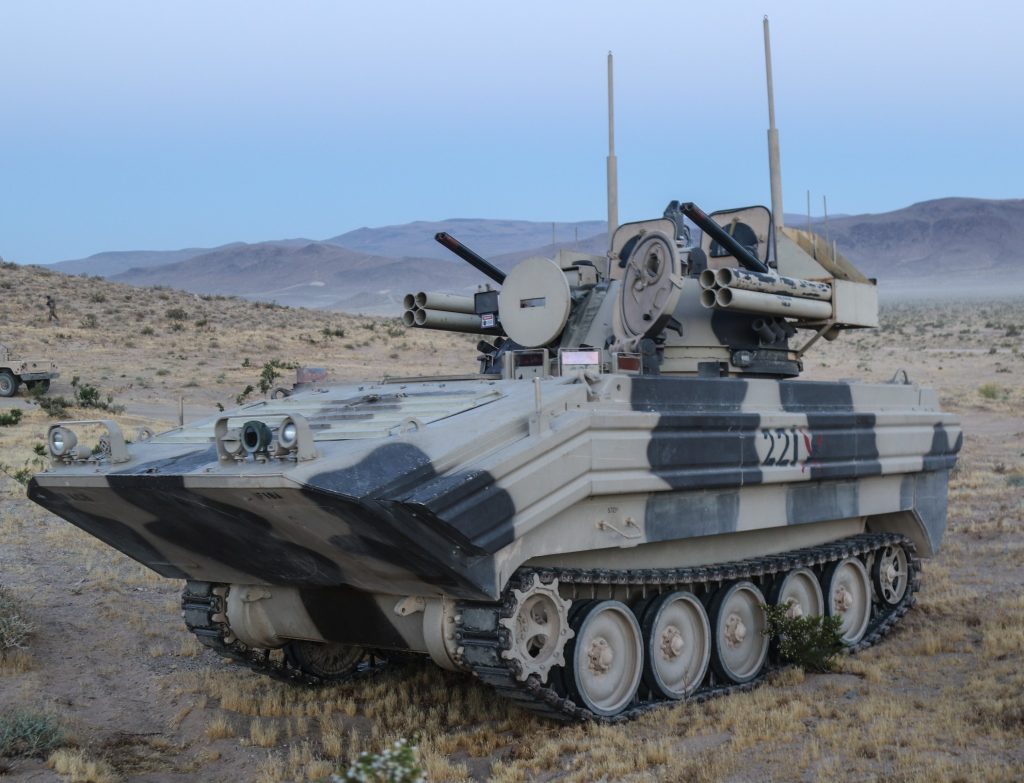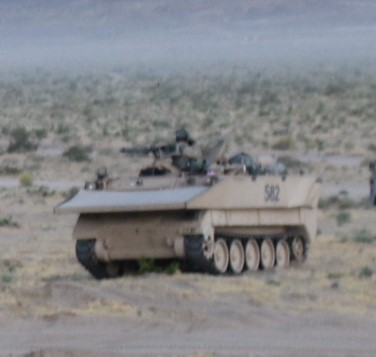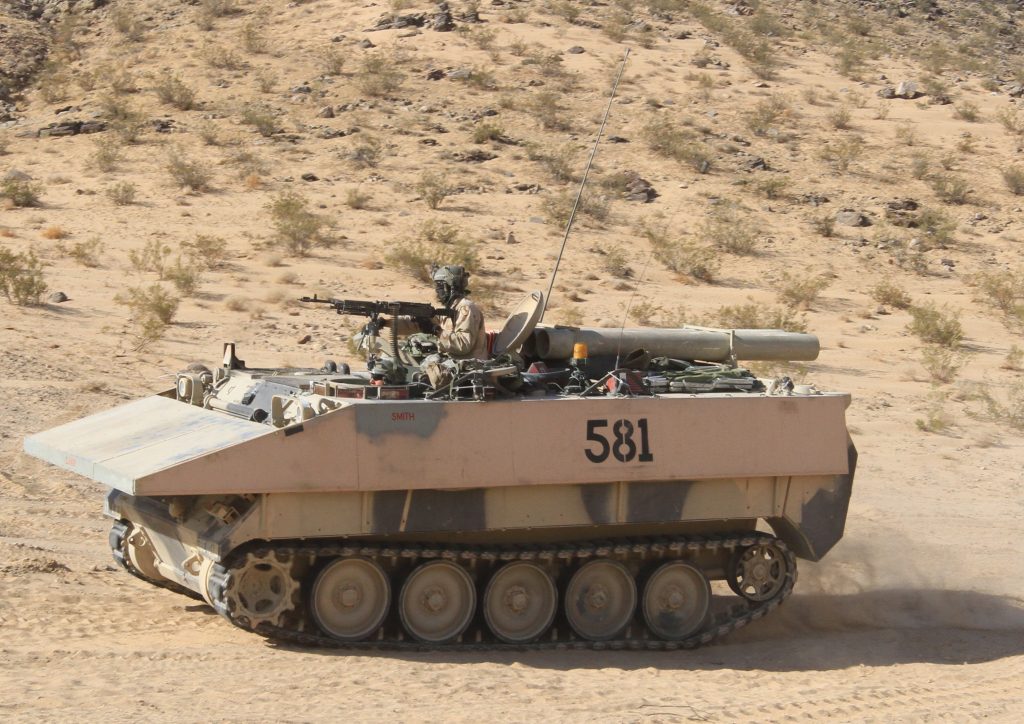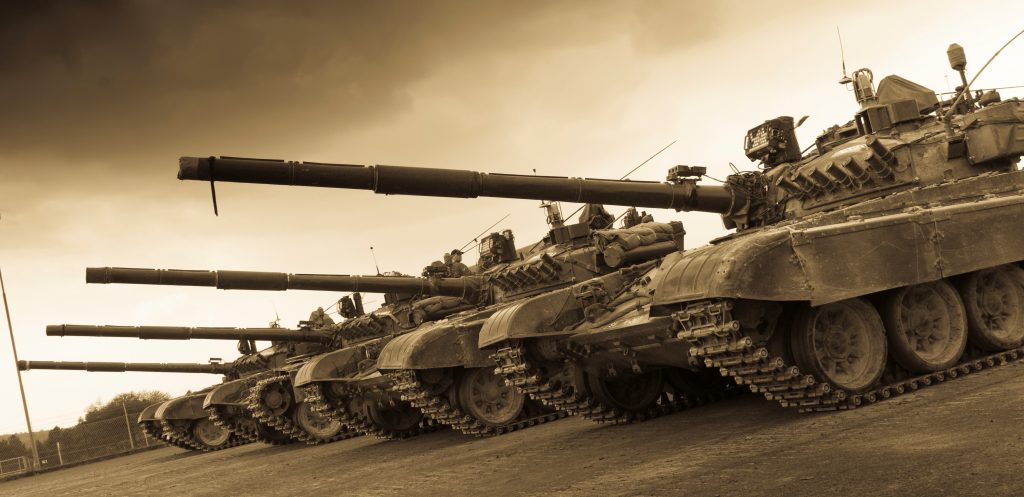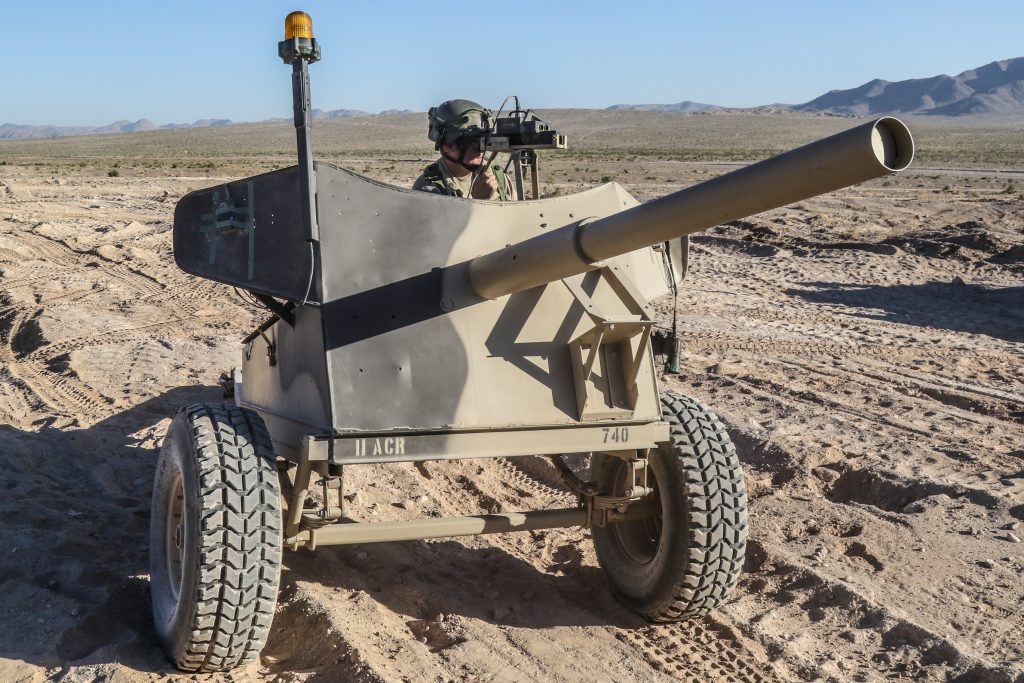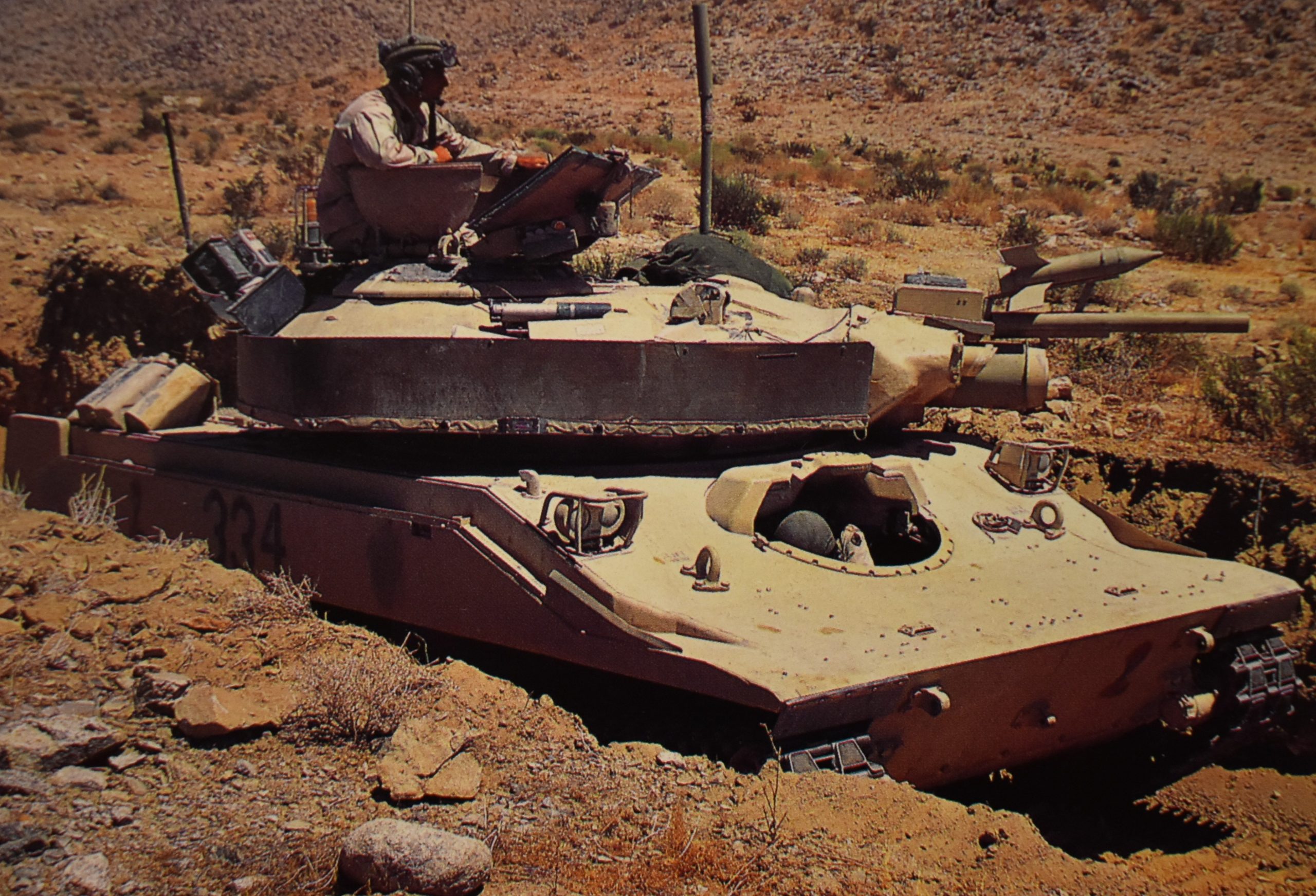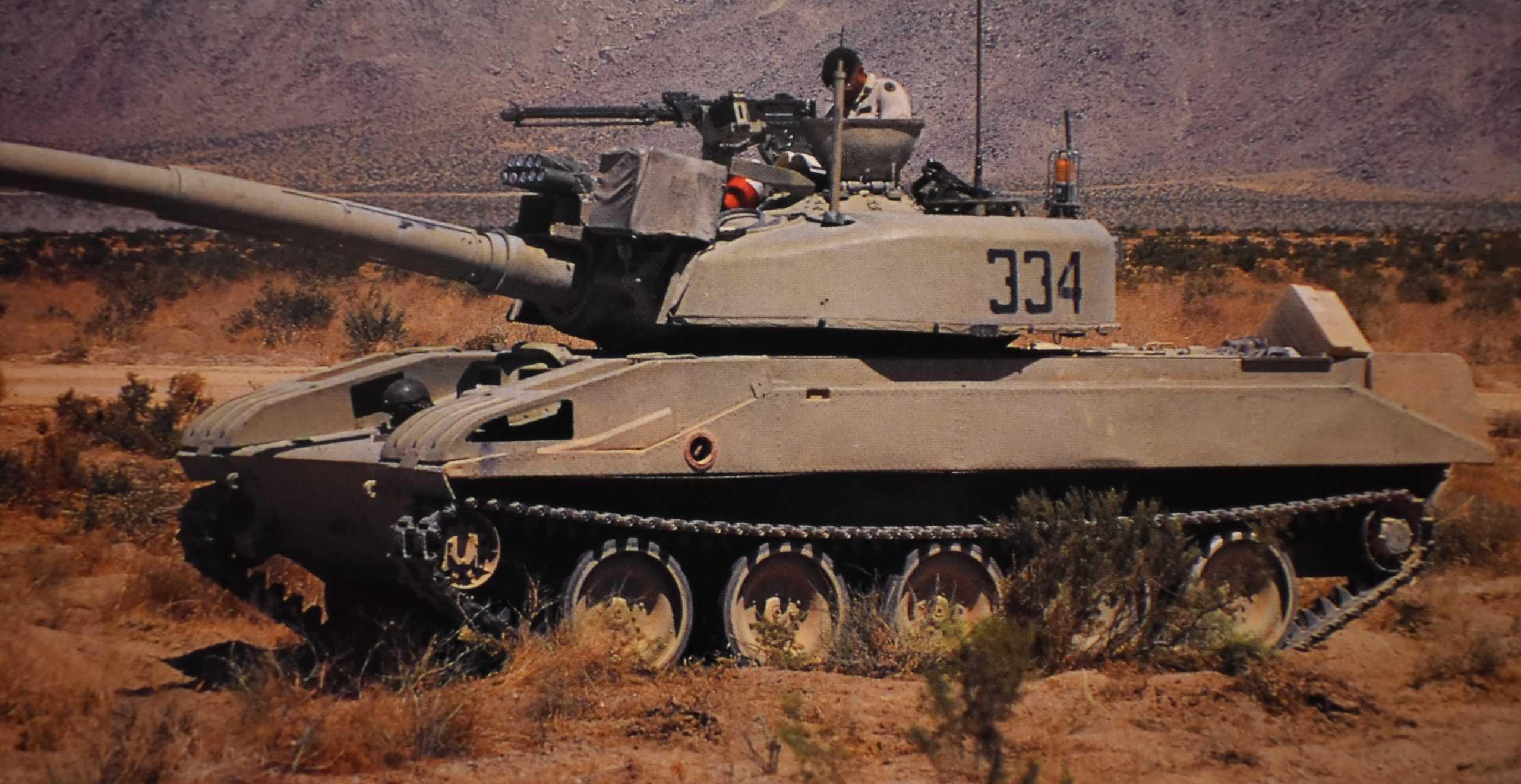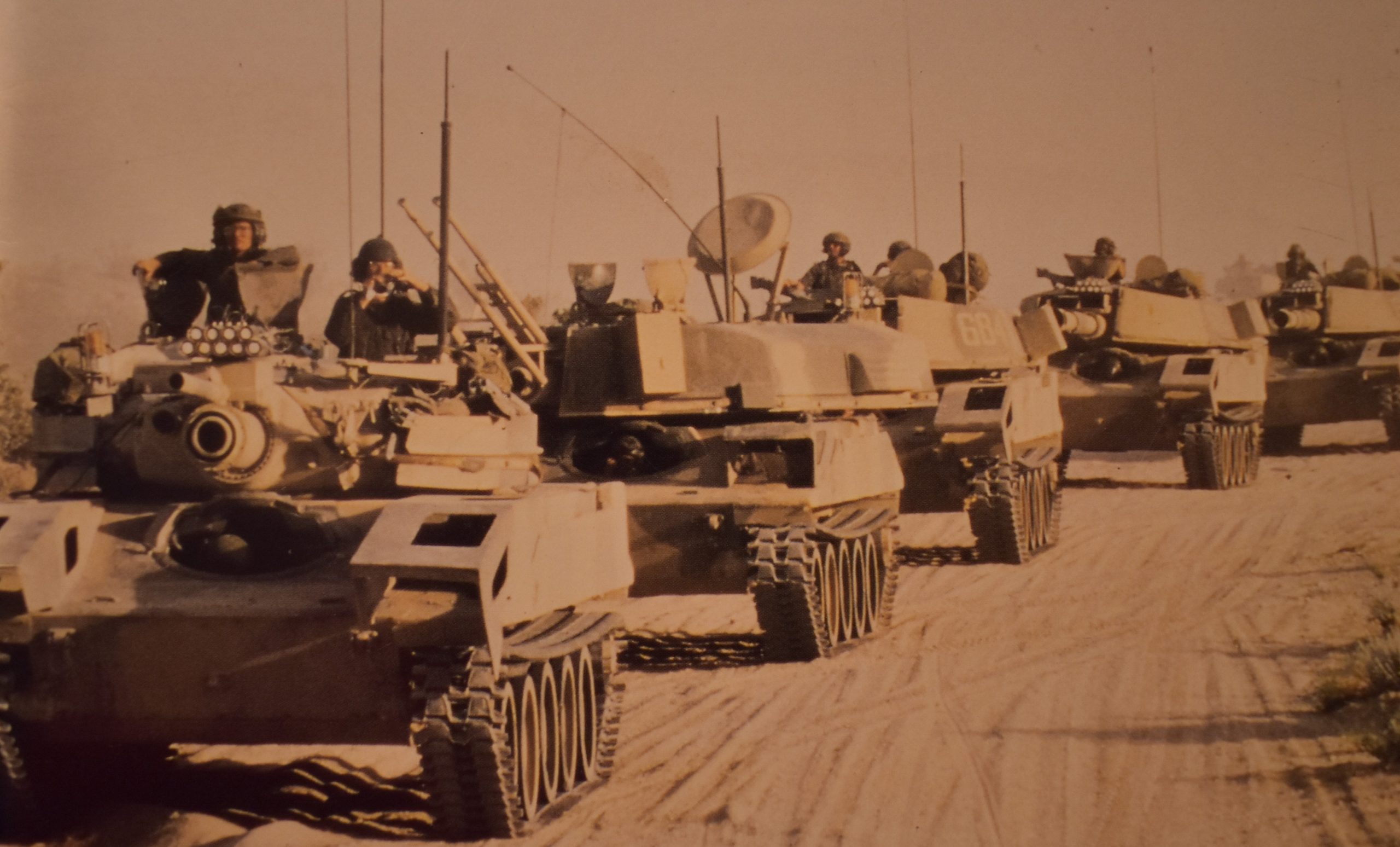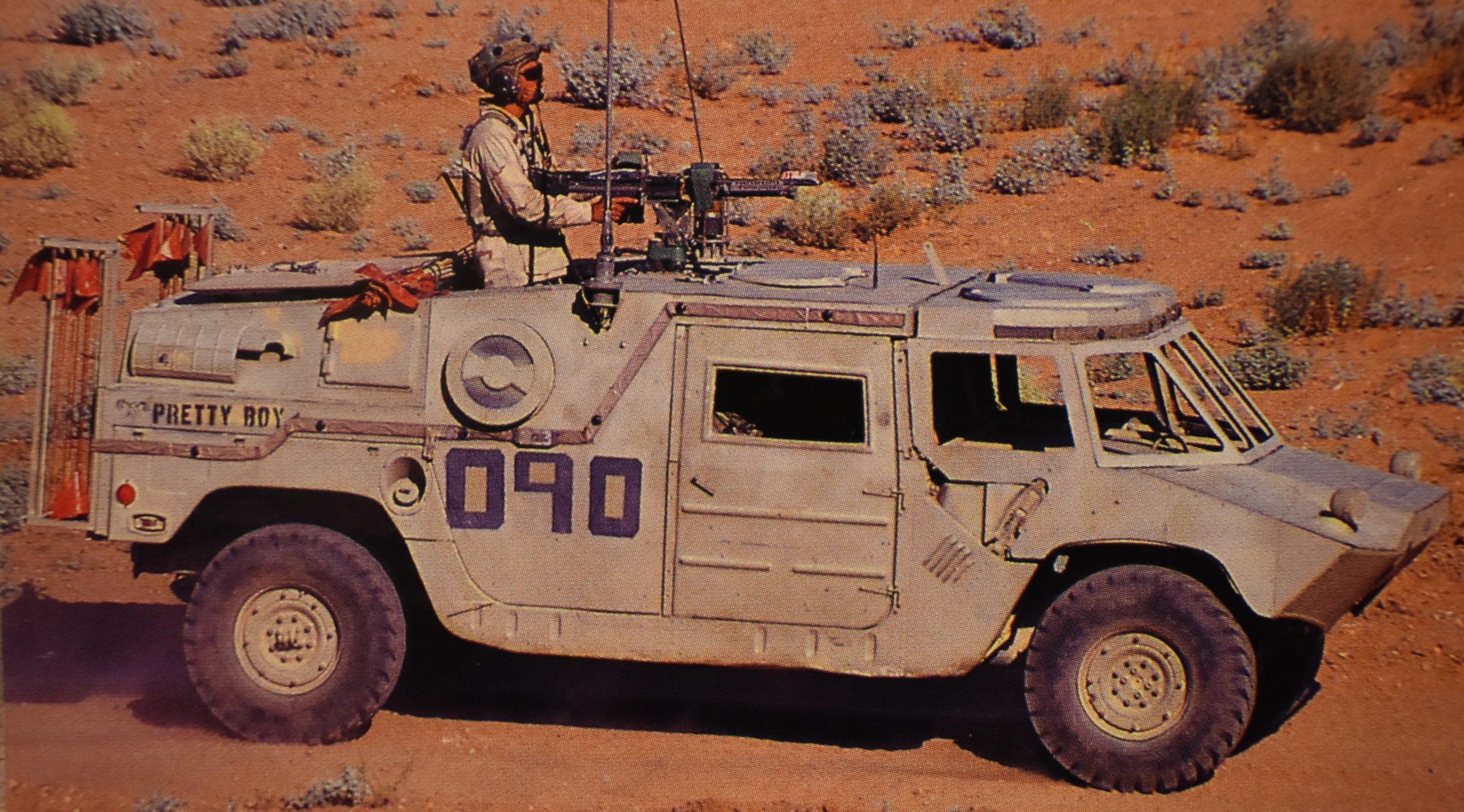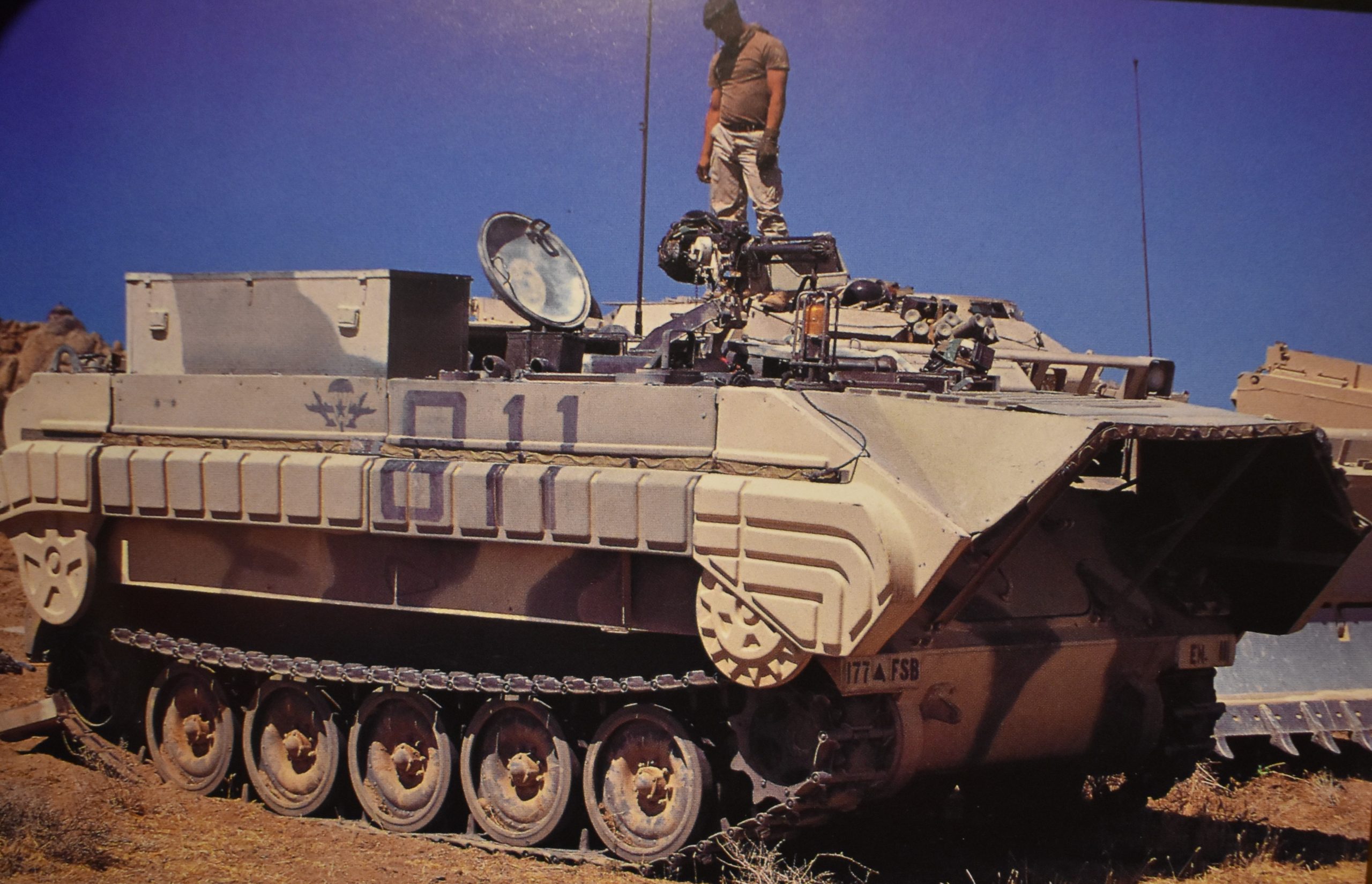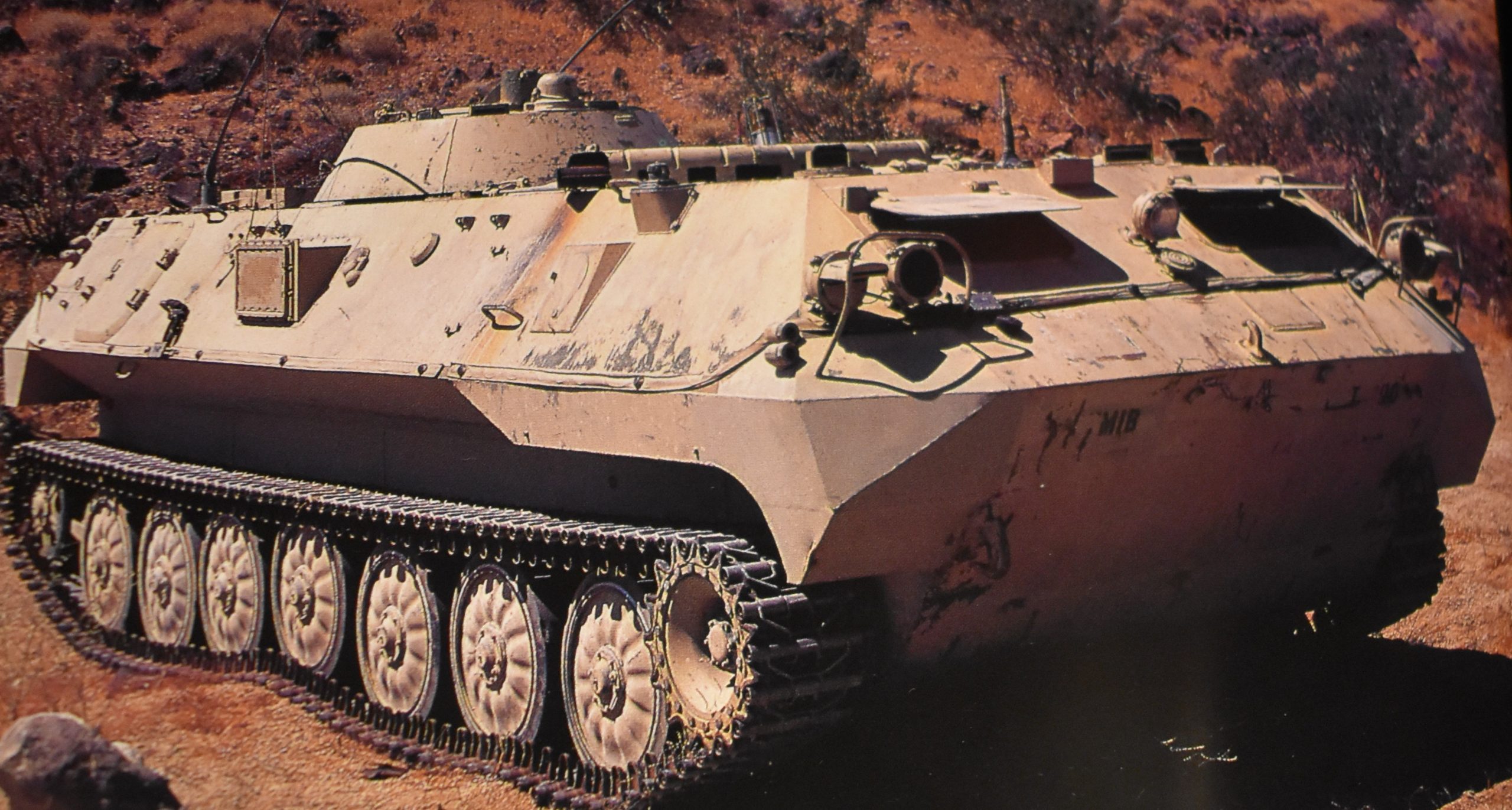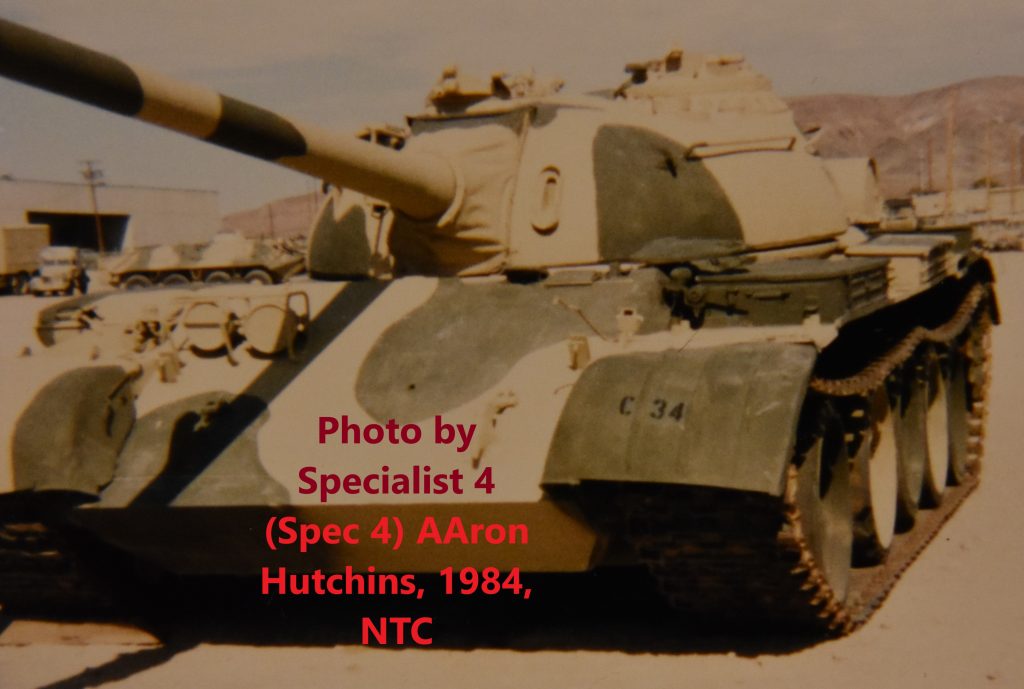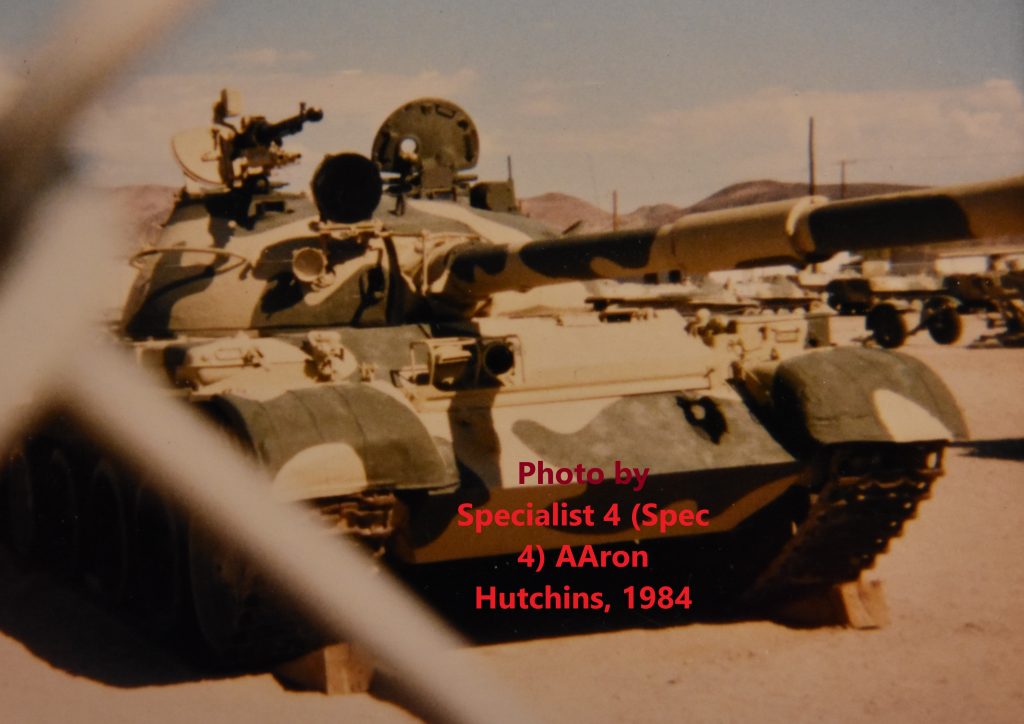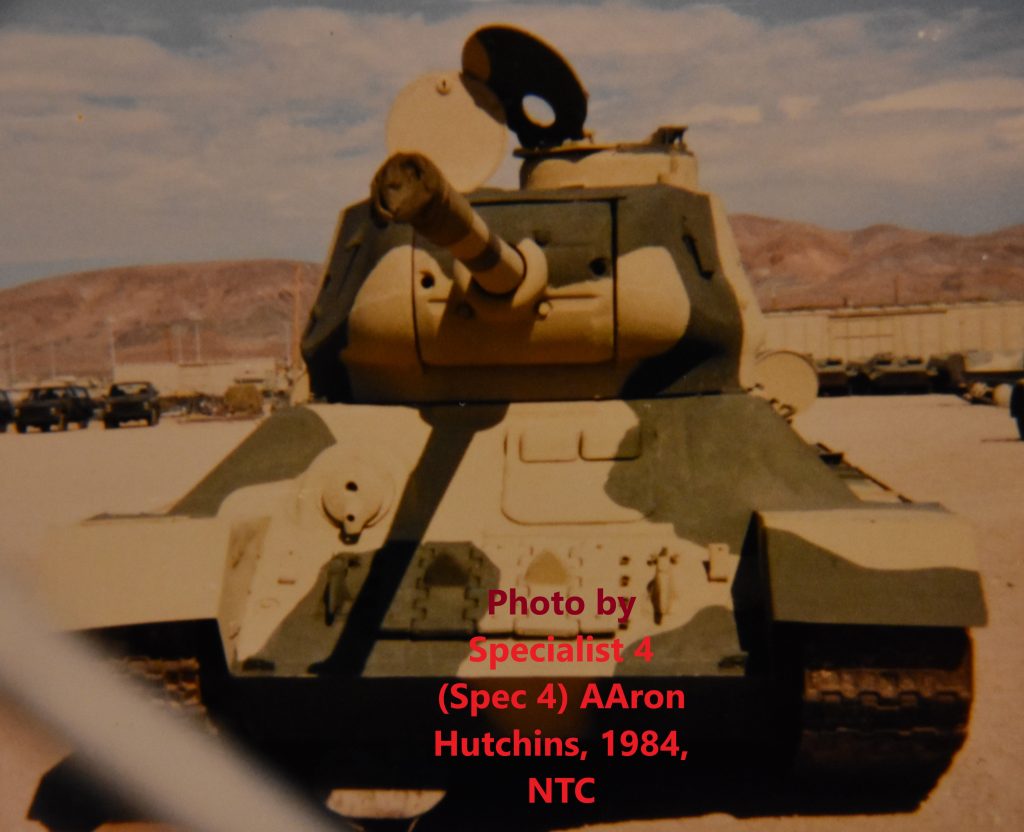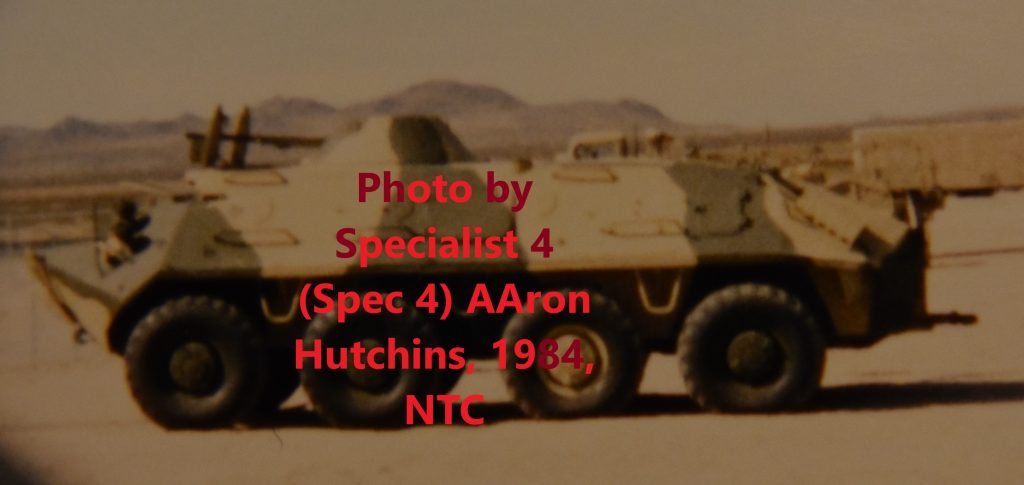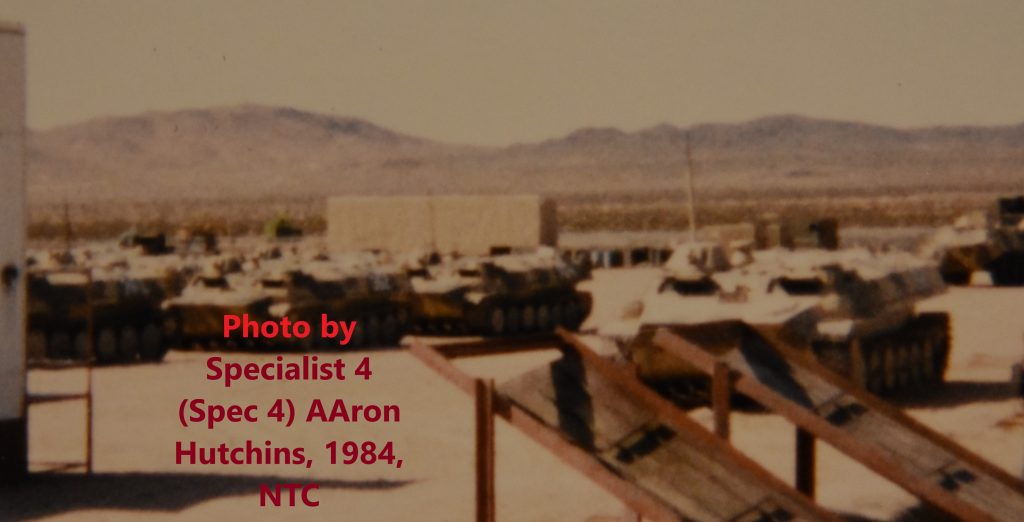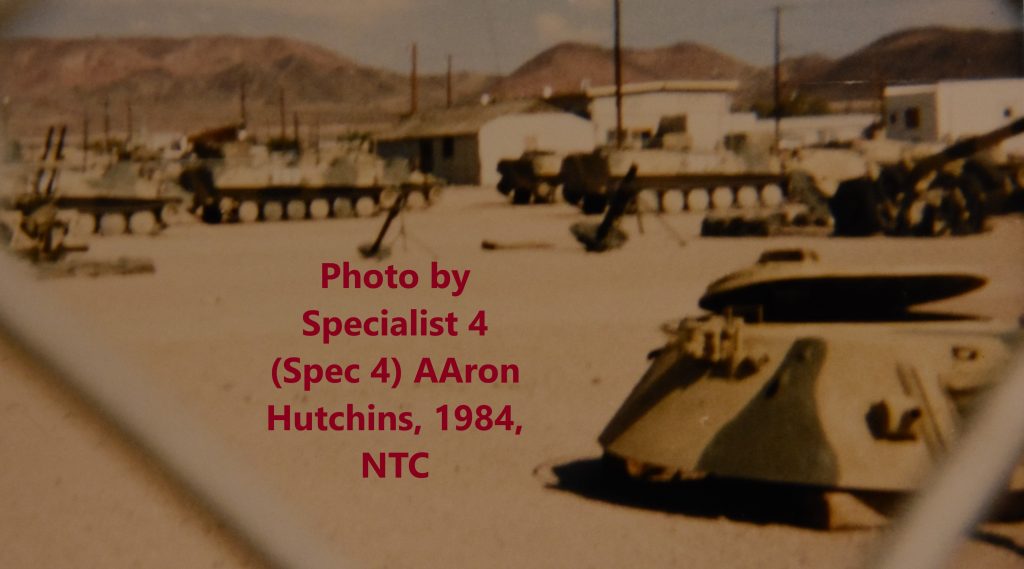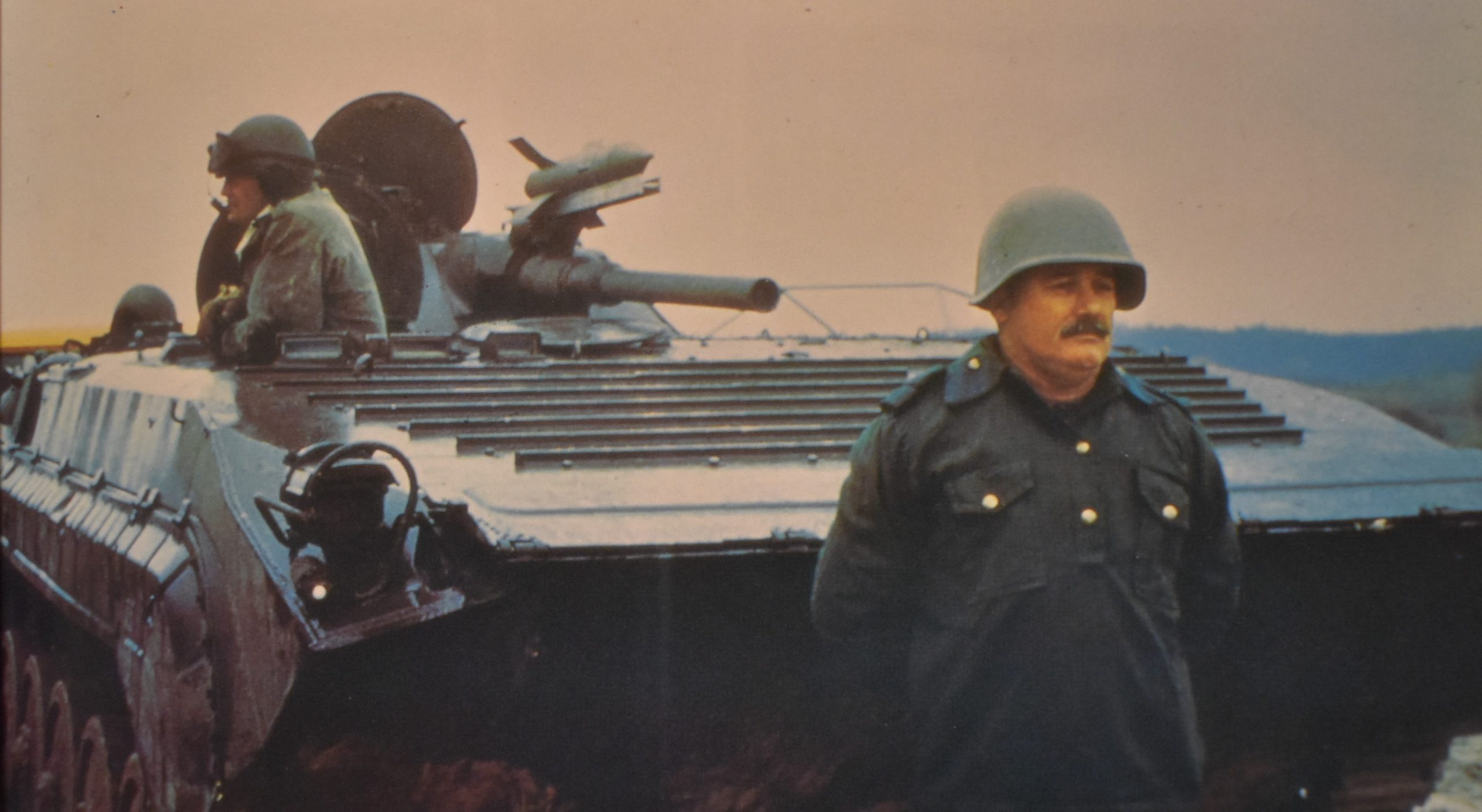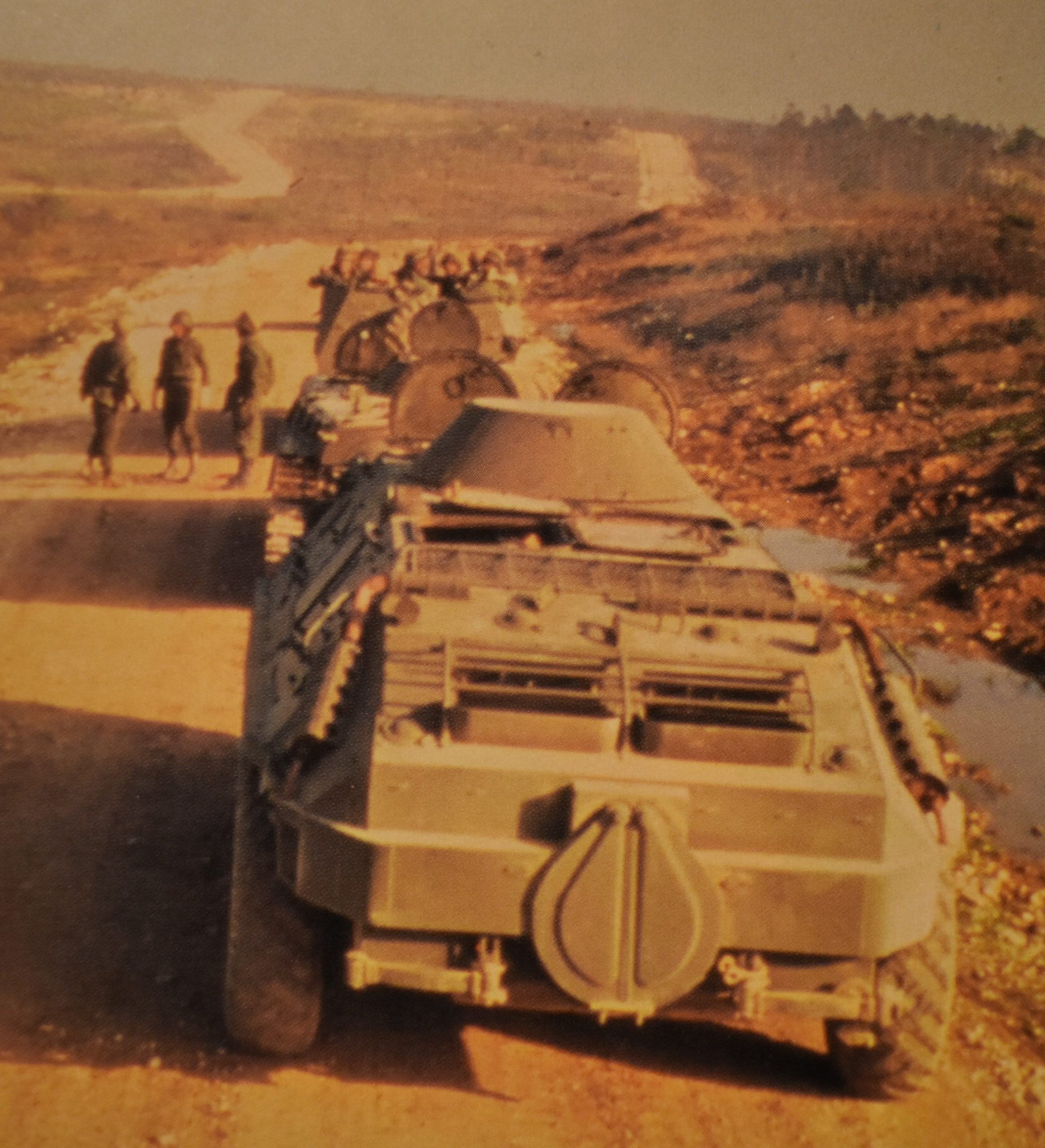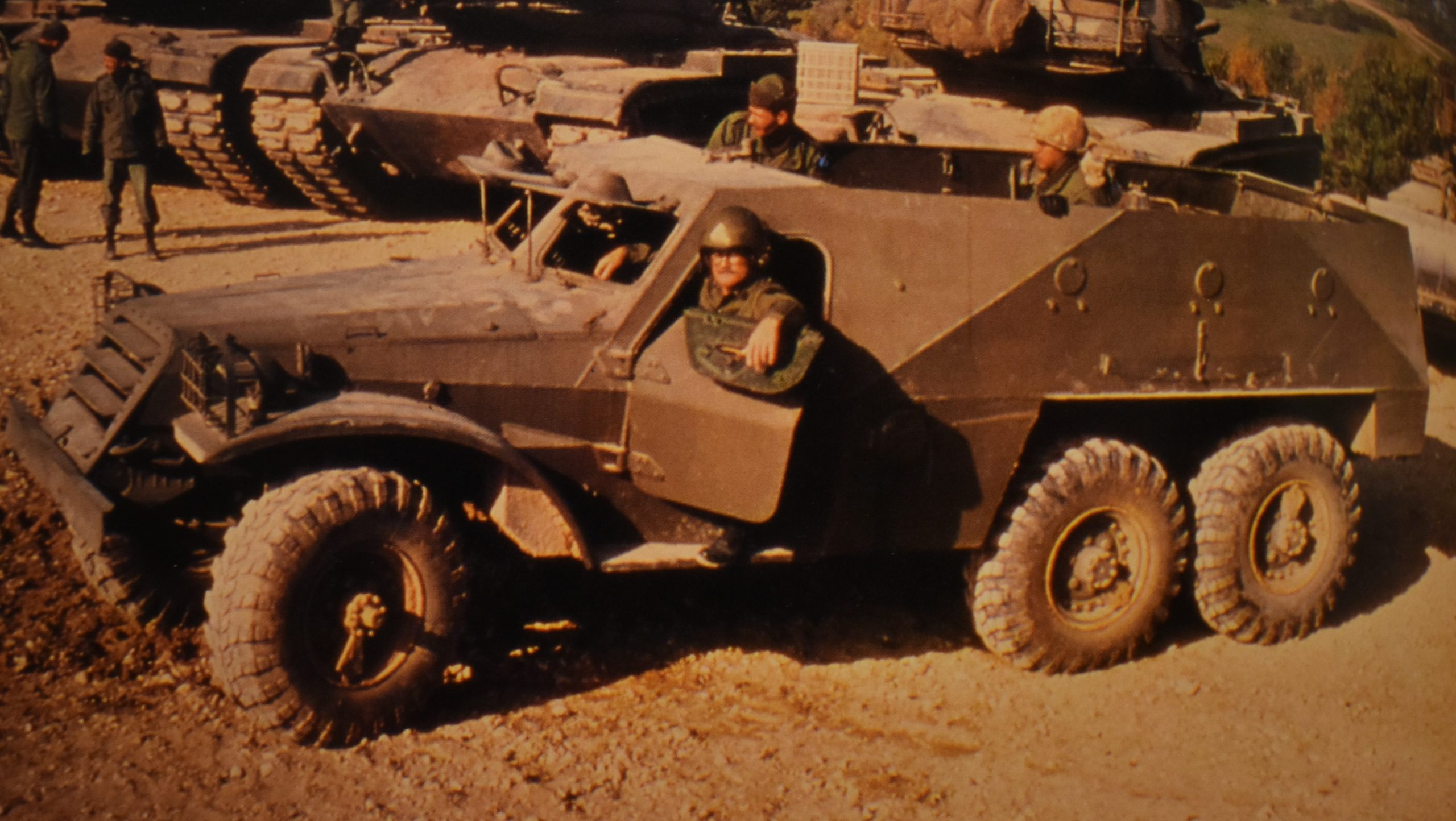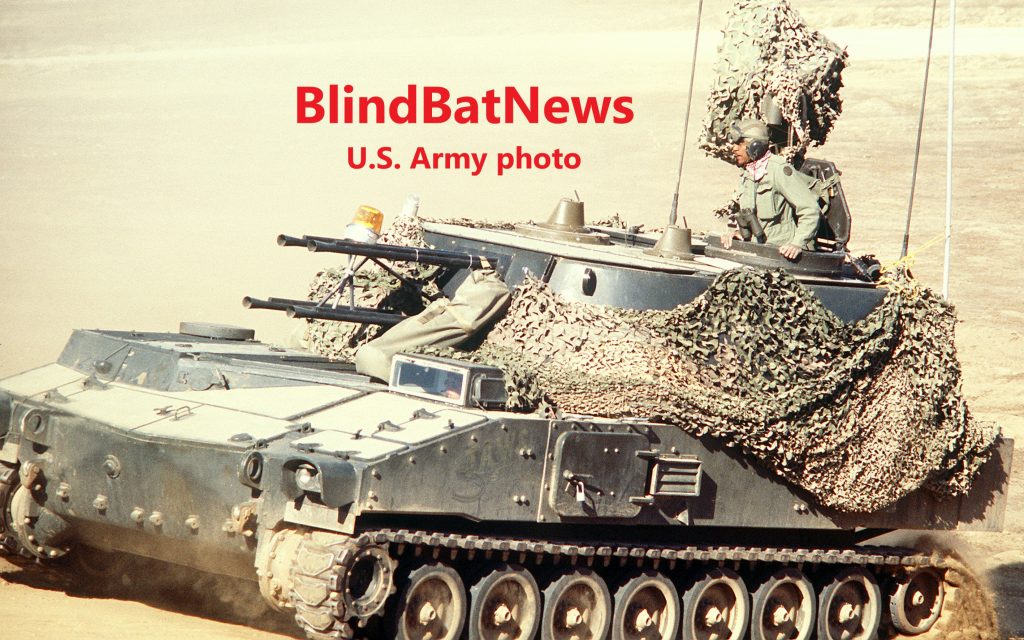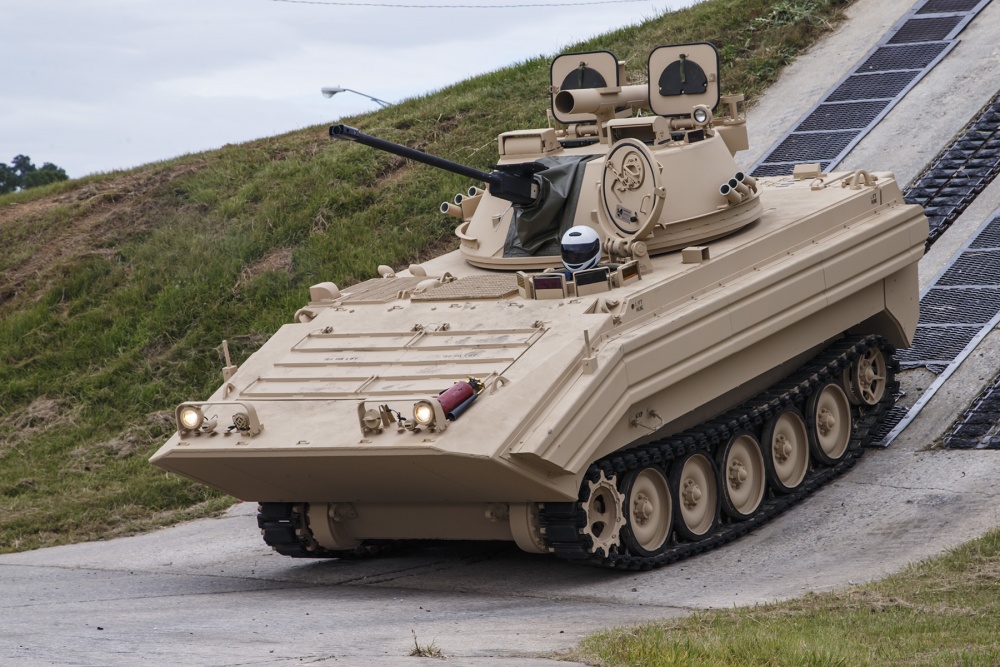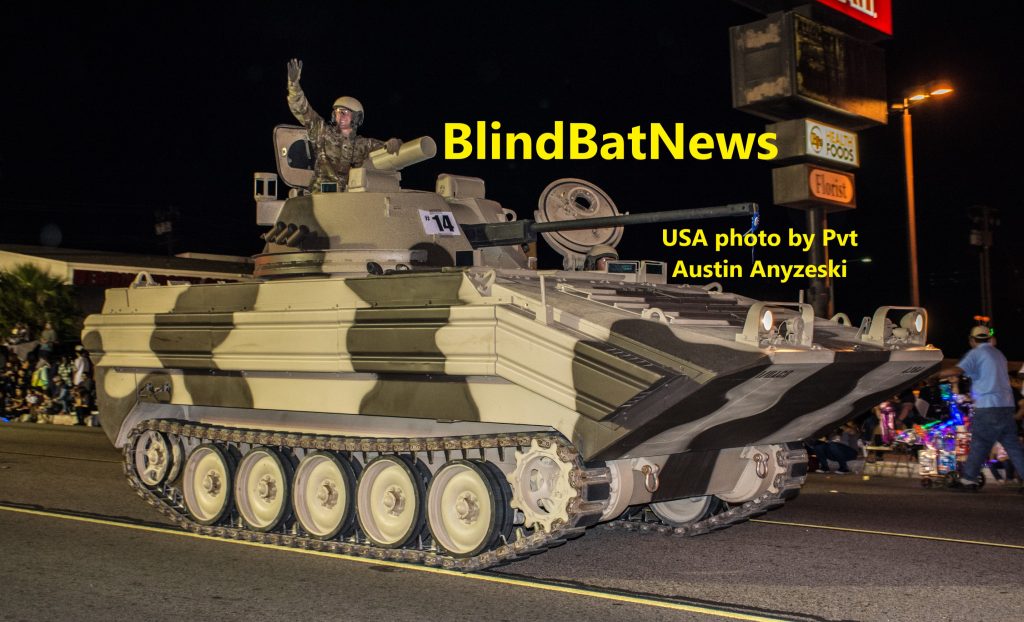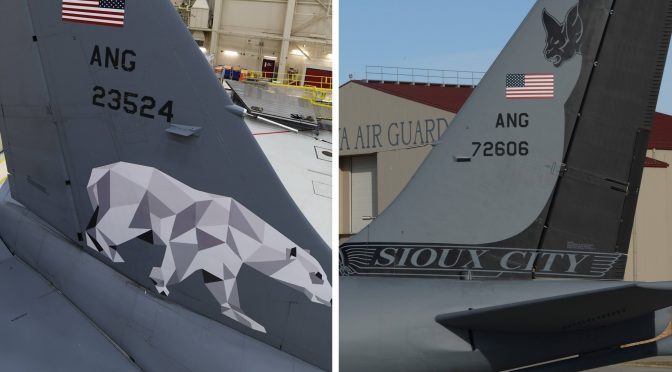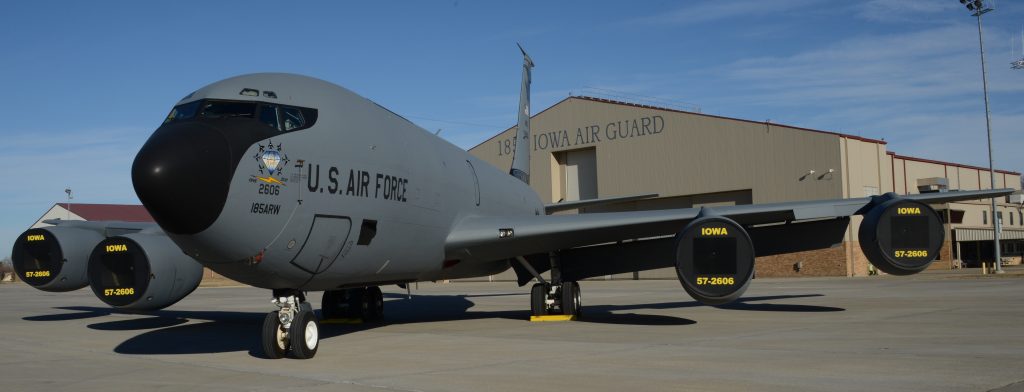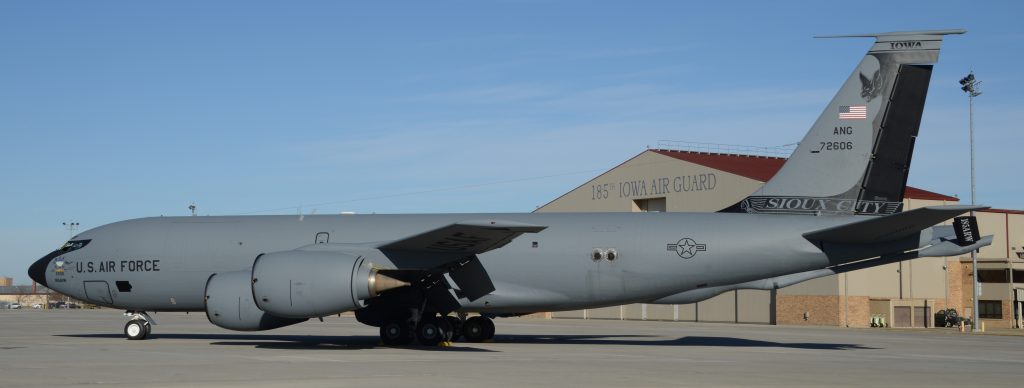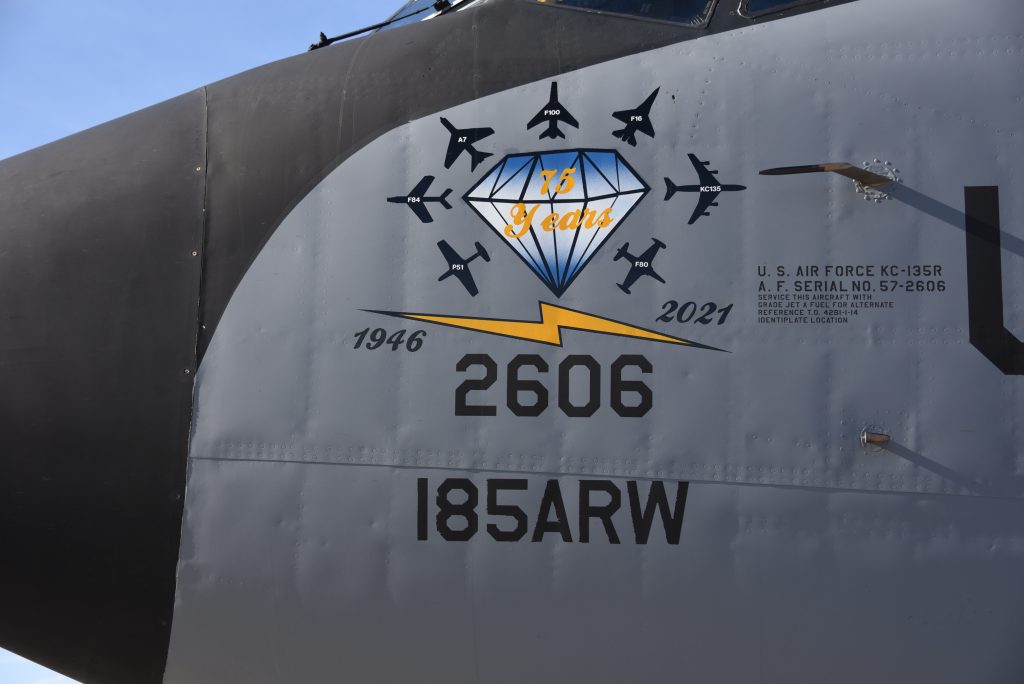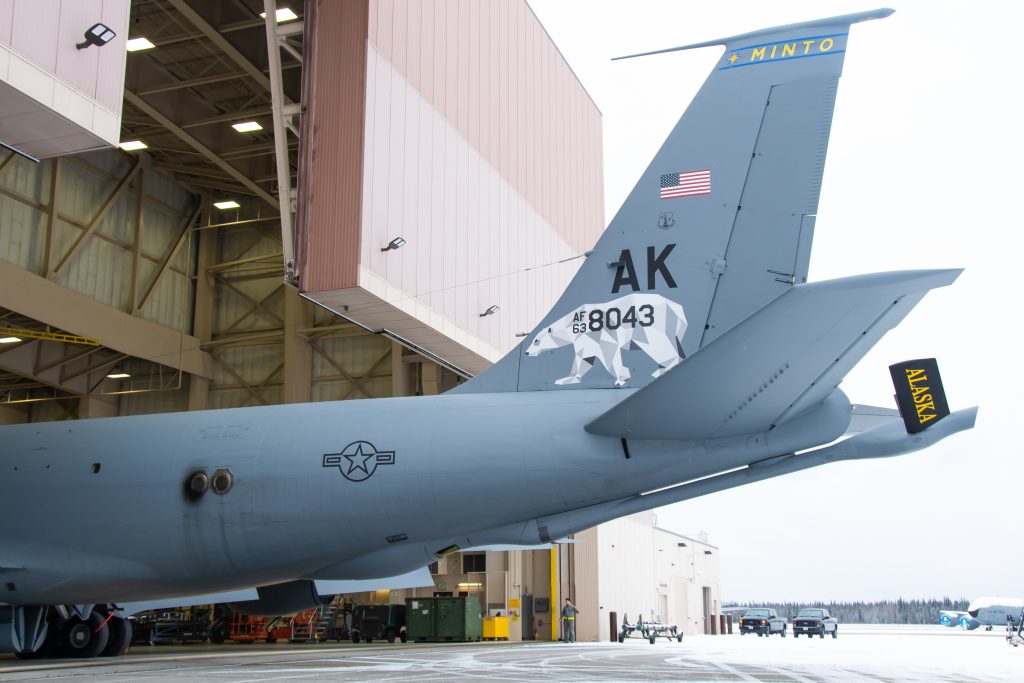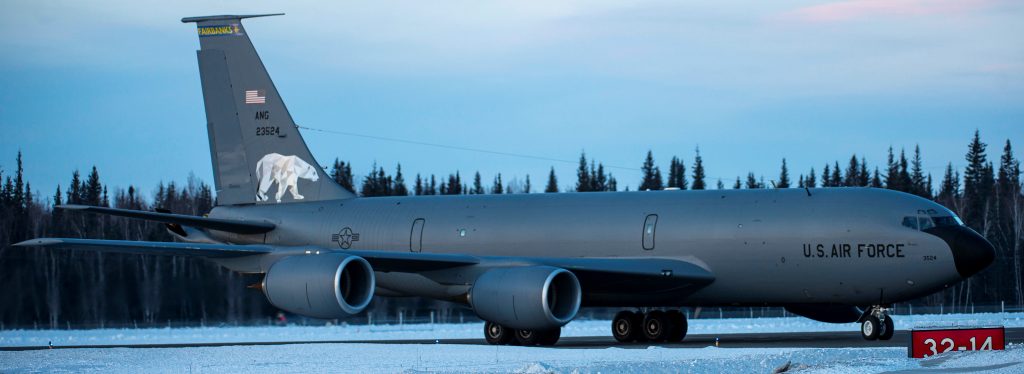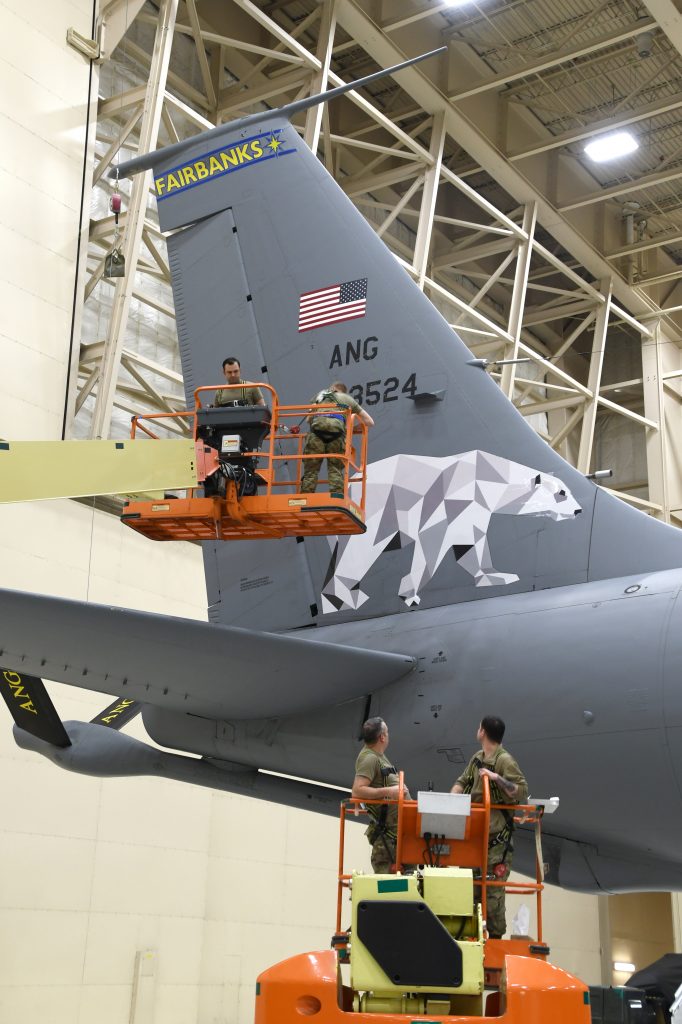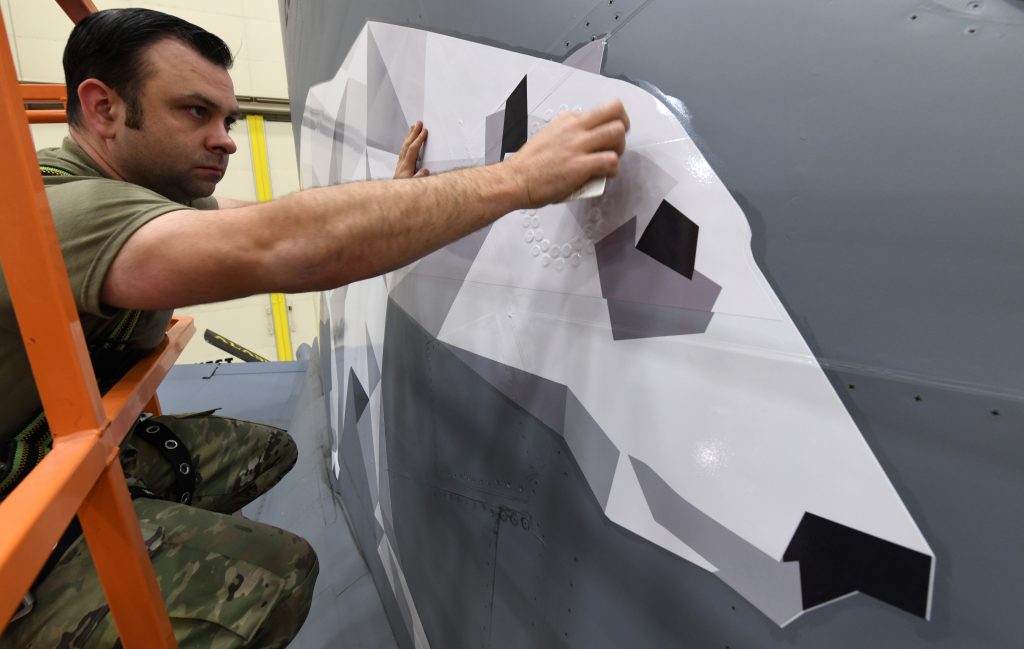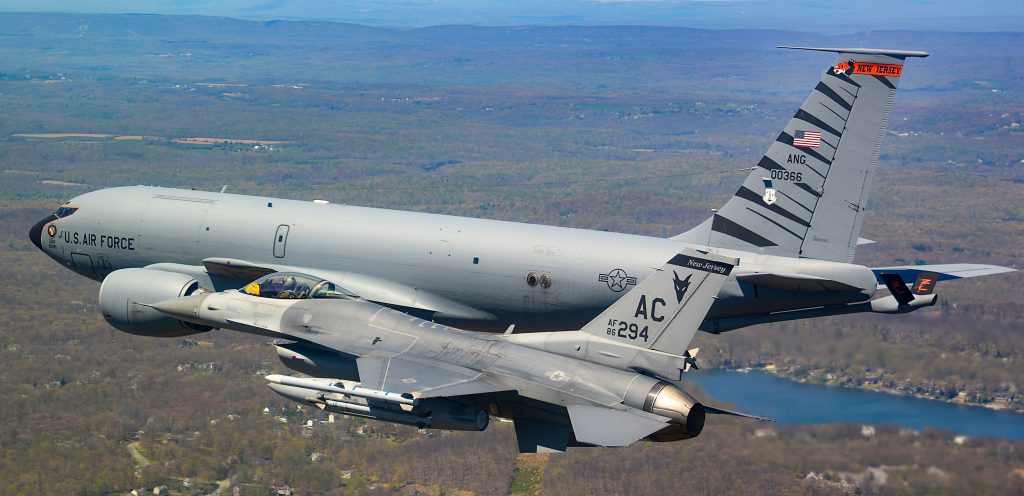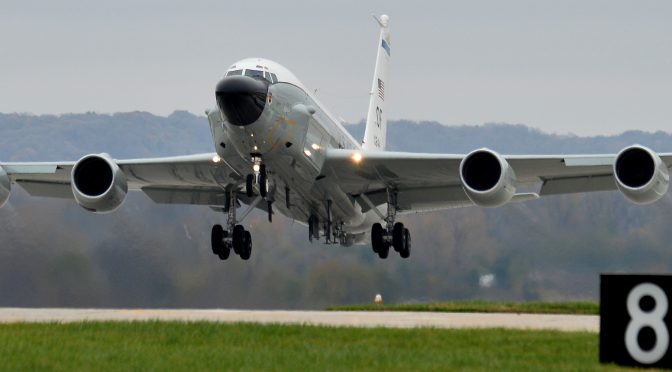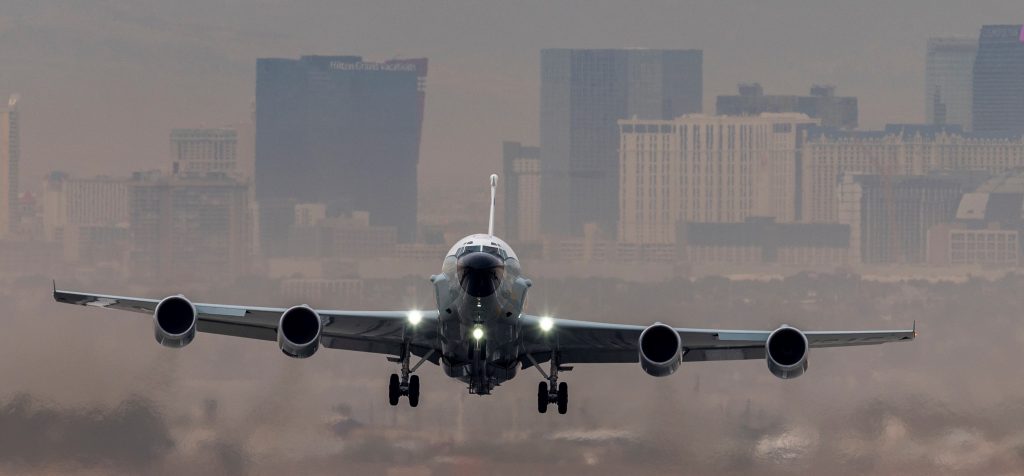
RC-135 Rivet Joint , Las Vegas, Nevada, 07DEC2021. U.S. Air Force photo by William R. Lewis.
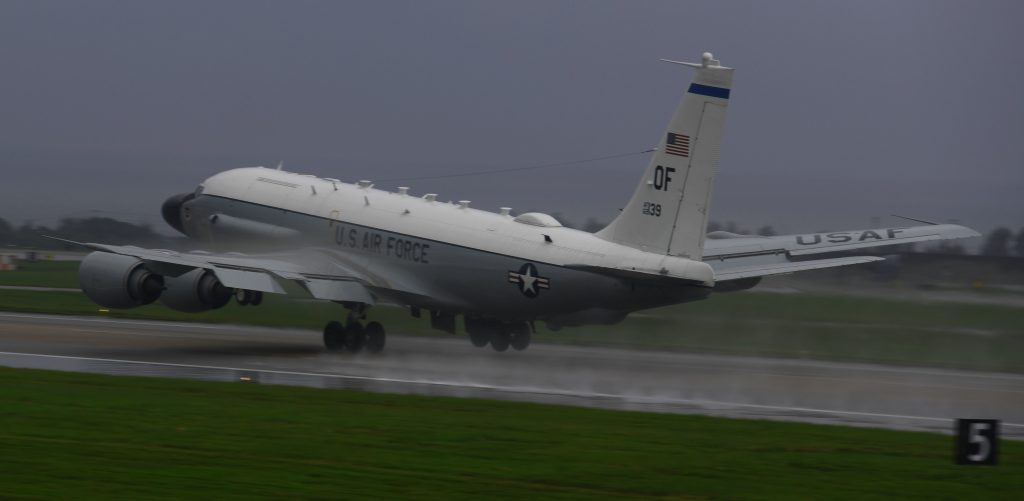
Kadena Air Base, Japan, 12MAY2020. U.S. Air Force photo by Staff Sergeant Benjamin Sutton.
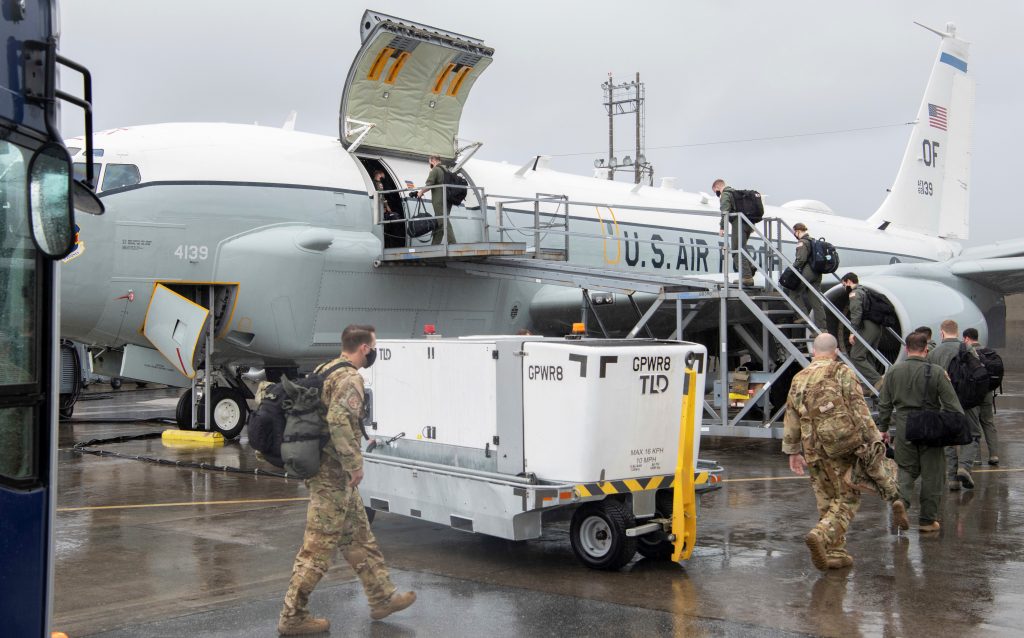
Personnel wearing masks board RC-135V at Kadena Air Base, Japan, 05MAY2020. USAF photo by Senior Airman Rhett Isbell.
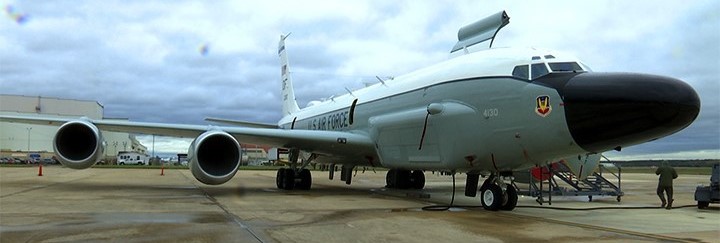
Joint Base San Antonio-Lackland, Texas, 21FEB2020. USAF photo by Manuel Garcia.
The Boeing RC-135V/W Rivet Joint reconnaissance aircraft are the most recent members of the RC-135 family, which can be traced back to 1964. The difference between the ‘V’ and ‘W’ variants depends upon which C-135 was upgraded/modified to Rivet Joint standard; RC-135Vs are upgraded RC-135Cs, while RC-135Ws are modified C-135Bs.
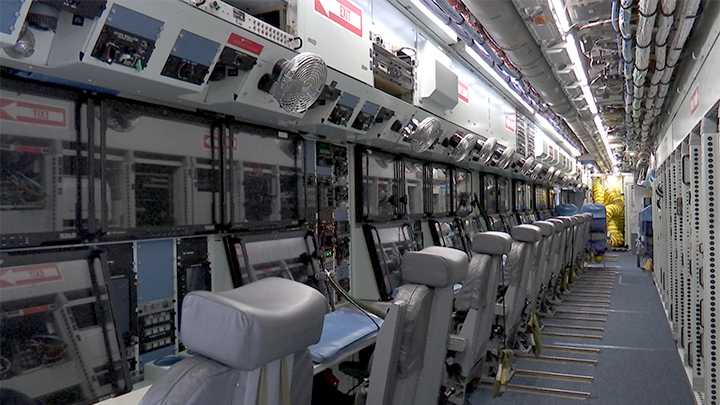
USAF photo by Manuel Garcia, 21FEB2020.
It provides near-real-time on-scene intelligence collection, primarily by detecting, identifying and geolocating signals throughout the electromagnetic spectrum.
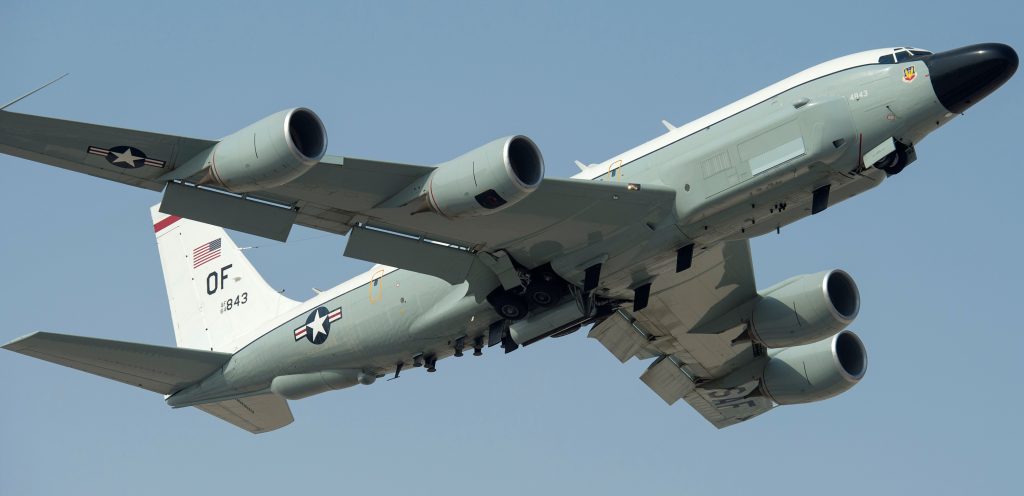
Al Udeid Air Base, Qatar, 28JUL2017. USAF photo by Technical Sergeant Amy Lovgren.
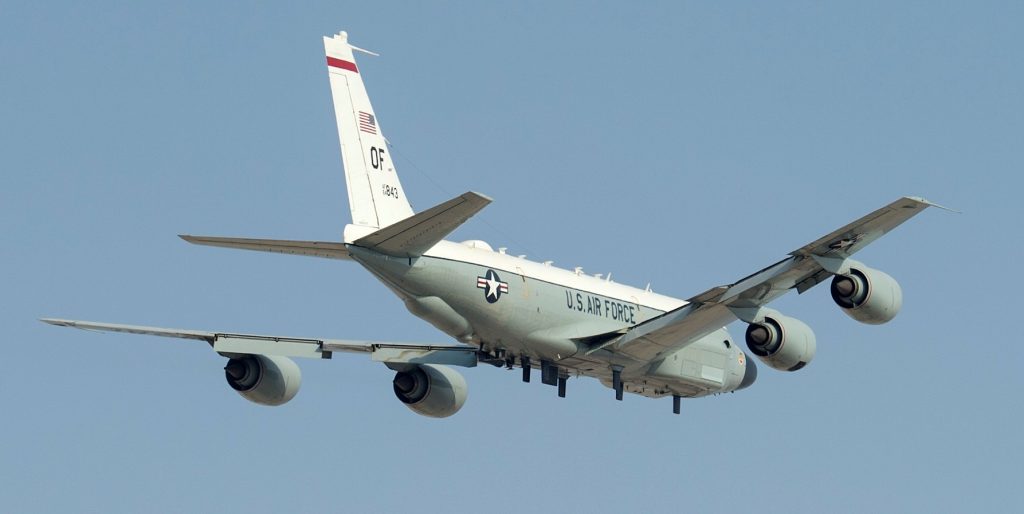
Al Udeid Air Base, Qatar, 28JUL2017. Photo by Technical Sergeant Amy Lovgren.
It can carry a crew of more than 30 people, and is powered by four CFM-56 turbofans.
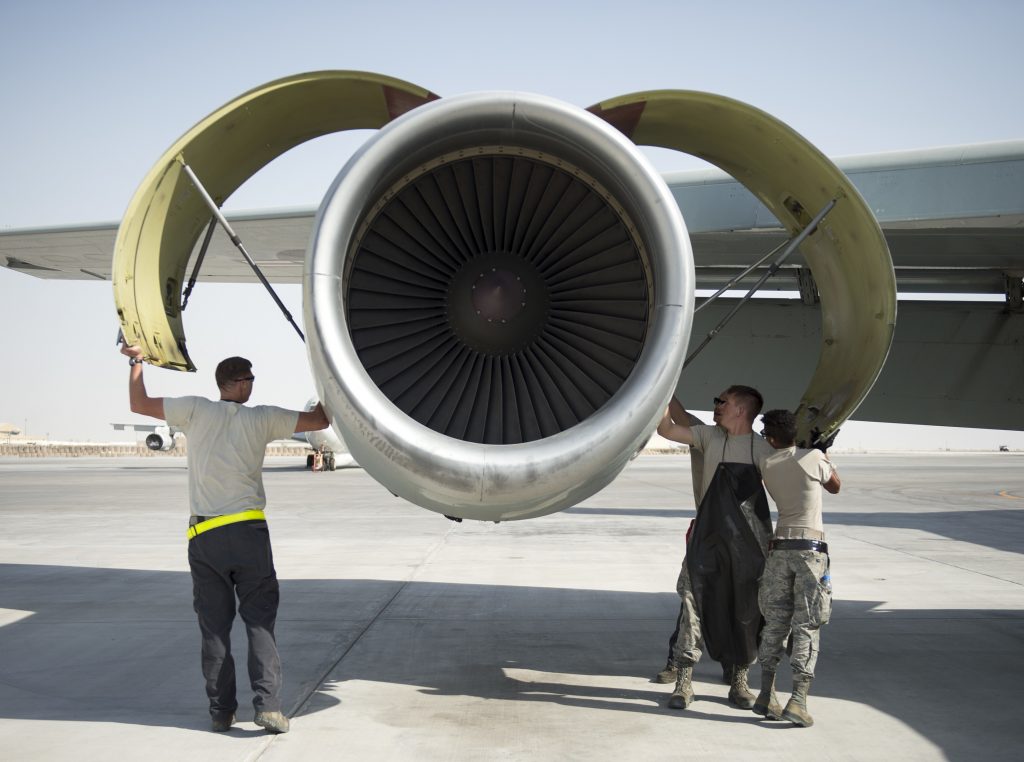
Al Udeid Air Base, Qatar, 27JUL2017. USAF photo by Technical Sergeant Amy Lovgren.
Currently, U.S. Air Force Rivet Joints are flown by the 55th Wing, based out of Offutt Air Force Base (AFB), Nebraska.
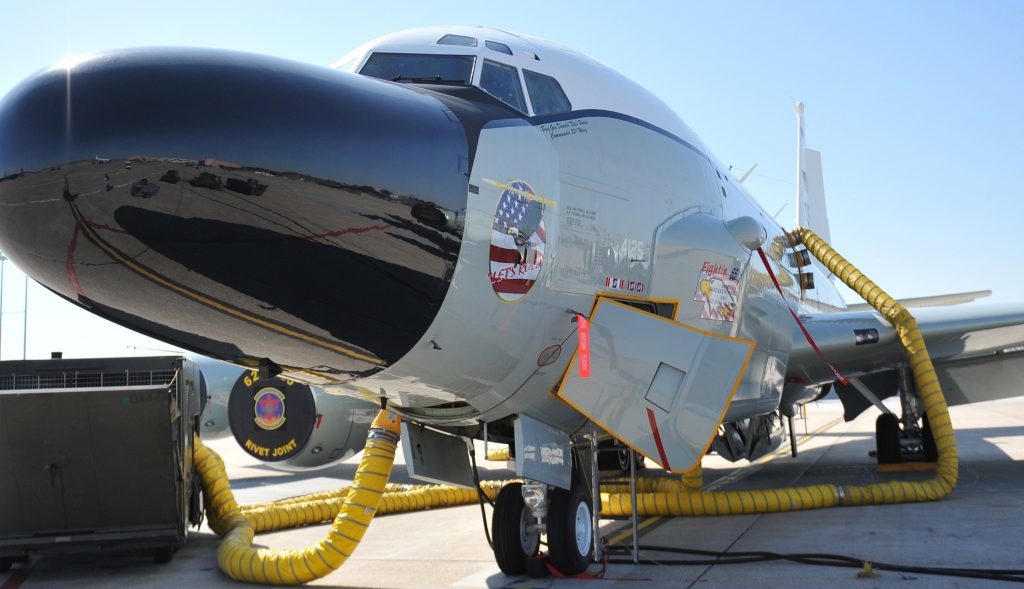
Offutt AFB, Nebraska, 13MAR2012. USAF photo by Jeffrey Gates.
Time lapse video by Senior Airman Jacob Skovo-Lane, How to Wash your Rivet Joint, October 2018:
Video by Senior Airman Joshua Hoskins, Michigan Air National Guard re-fuels Rivet Joint over Afghanistan, January 2017:
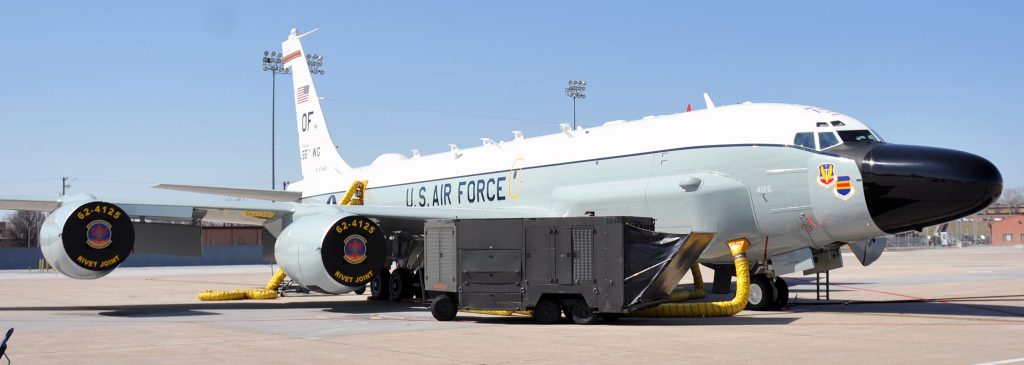
Offutt AFB, 13MAR2012. USAF photo by Jeffrey Gates.
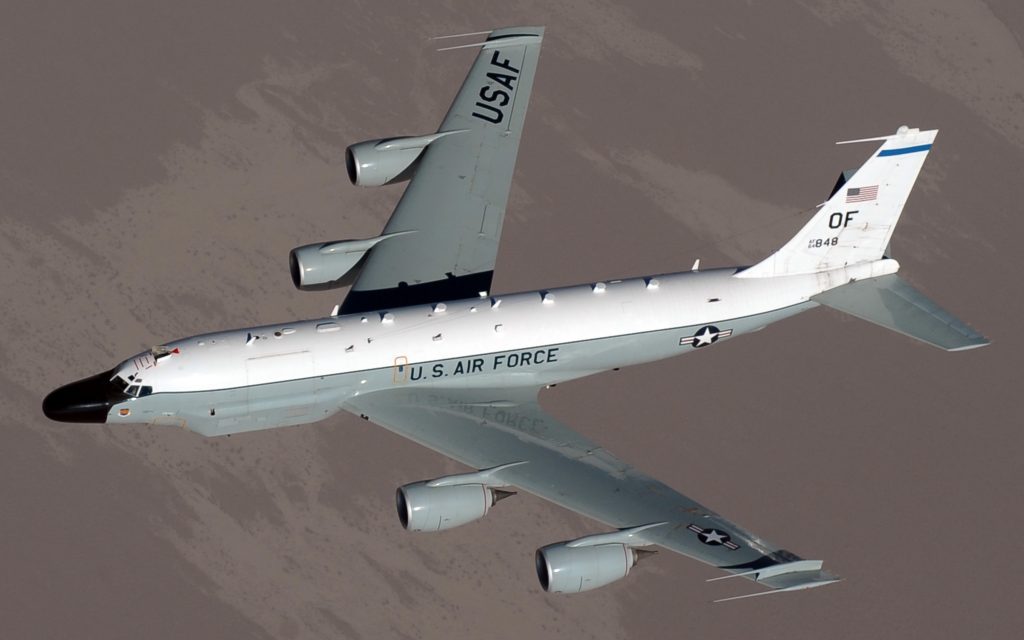
Over Afghanistan, 19JUN2011. USAF photo by Master Sergeant William Greer.
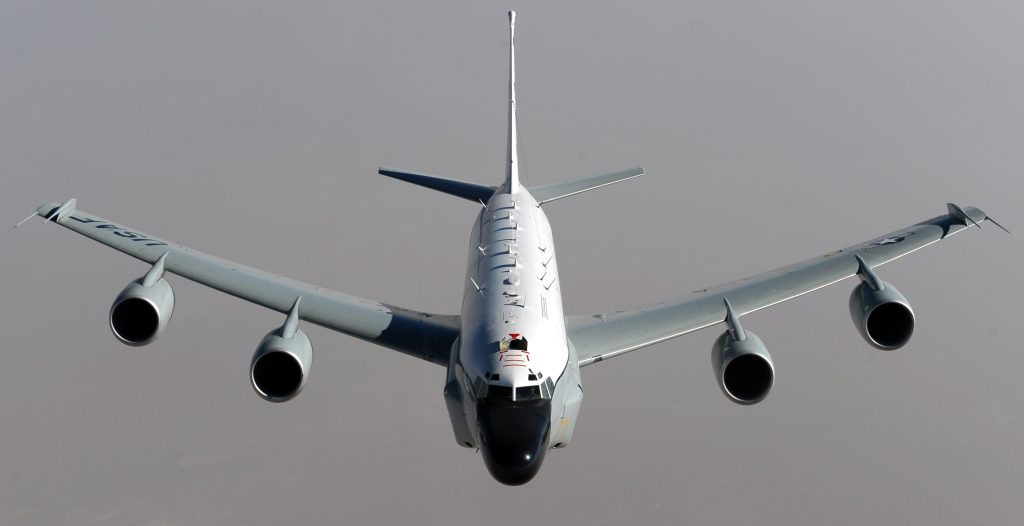
Over Afghanistan, 19JUN2011. USAF photo by Master Sergeant William Greer.
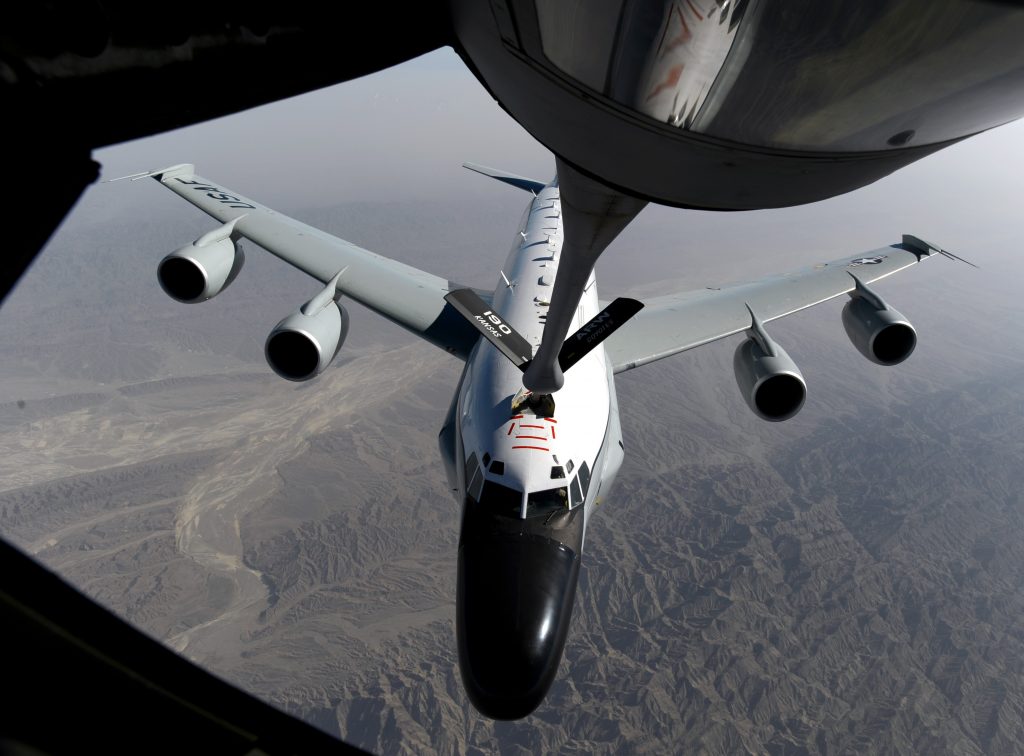
Over Afghanistan, 19JUN2011. USAF photo by Master Sergeant William Greer.
In August 2010, the USAF celebrated 20 years of Rivet Joint operations, with aircraft that are as much as 50 years old:
During the pandemic of 2020, believe it or not a mask was created for the nose of the RC-135. It is nicknamed The Mule Mask. Video interview of mask creator Technical Sergeant Kristen Horwith by Staff Sergeant Lexie West, 11AUG2020:
Video by (then) Senior Airmen Lexie West, USAF RC-135 at RAF Mildenhall, United Kingdom, November 2017:
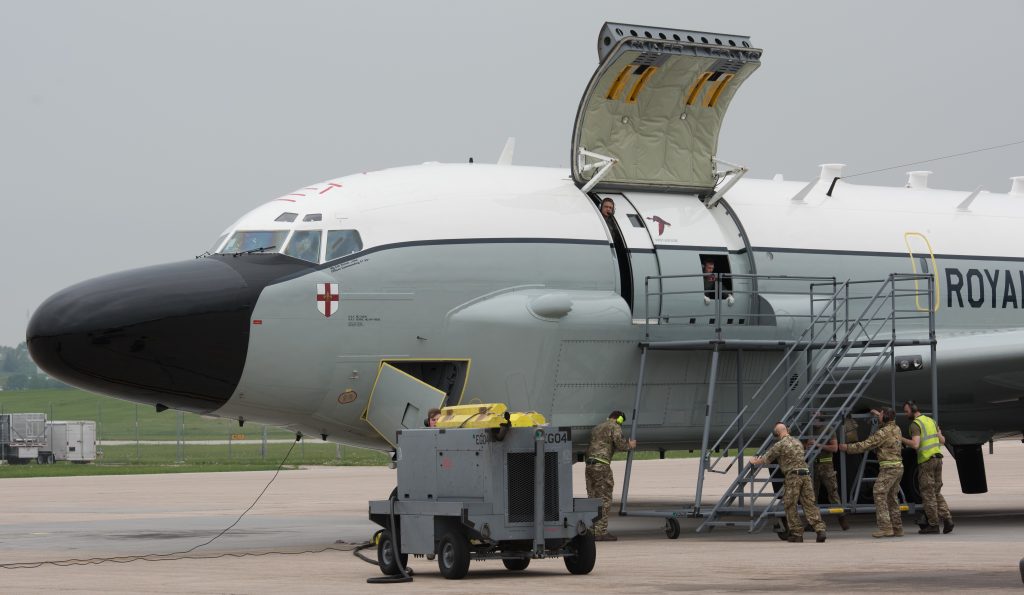
RAF RC-135W Airseeker, Offutt AFB, Nebraska, 02MAY2018. USAF photo by Senior Airman Jacob Skovo-Lane.
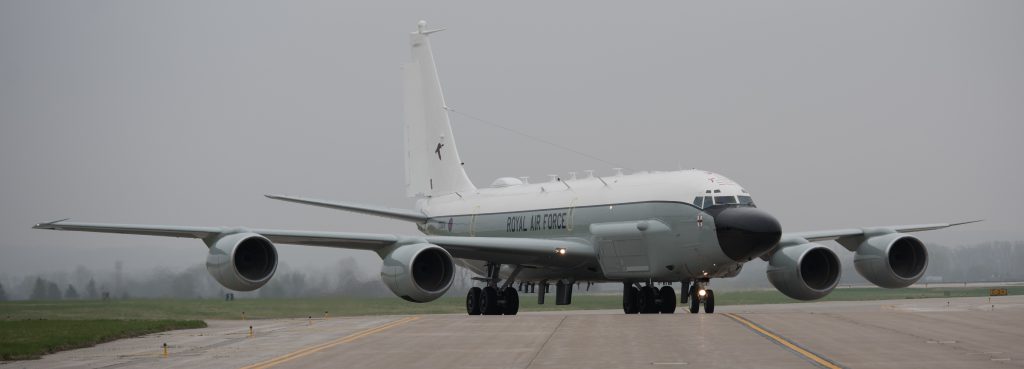
RAF RC-135W Airseeker, Offutt AFB, Nebraska, 02MAY2018. USAF photo by Senior Airman Jacob Skovo-Lane.
For the Commonwealth of Nations (formerly British Commonwealth of Nations, formerly British Empire) member United Kingdom, in 2011 the RC-135W was chosen as the replacement for the Royal Air Force’s (RAF) BAe Nimrod R Mark 1. In November 2013 the RAF received it’s first RC-135W, flying it’s first mission in May 2014. The official British name for the RC-135W is Airseeker.
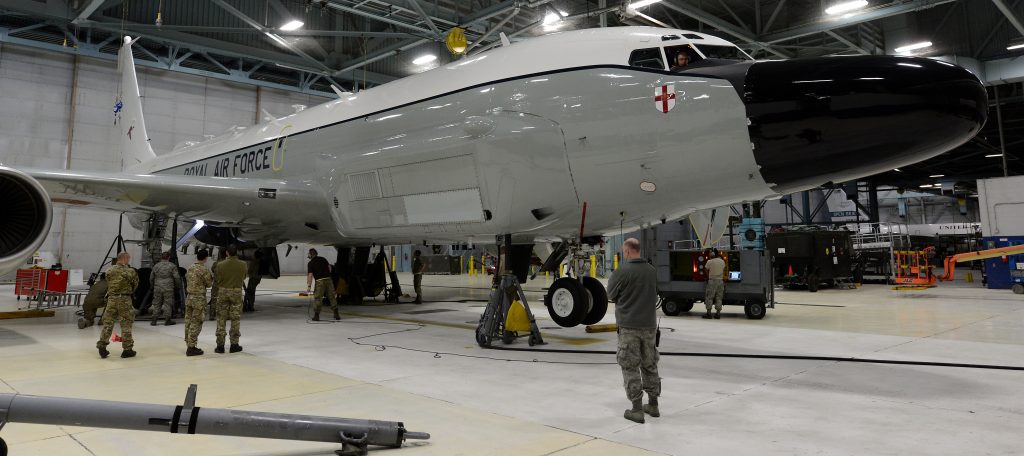
12FEB2017, Airseeker undergoing landing gear inspection, Offutt AFB. USAF photo by Delanie Stafford.
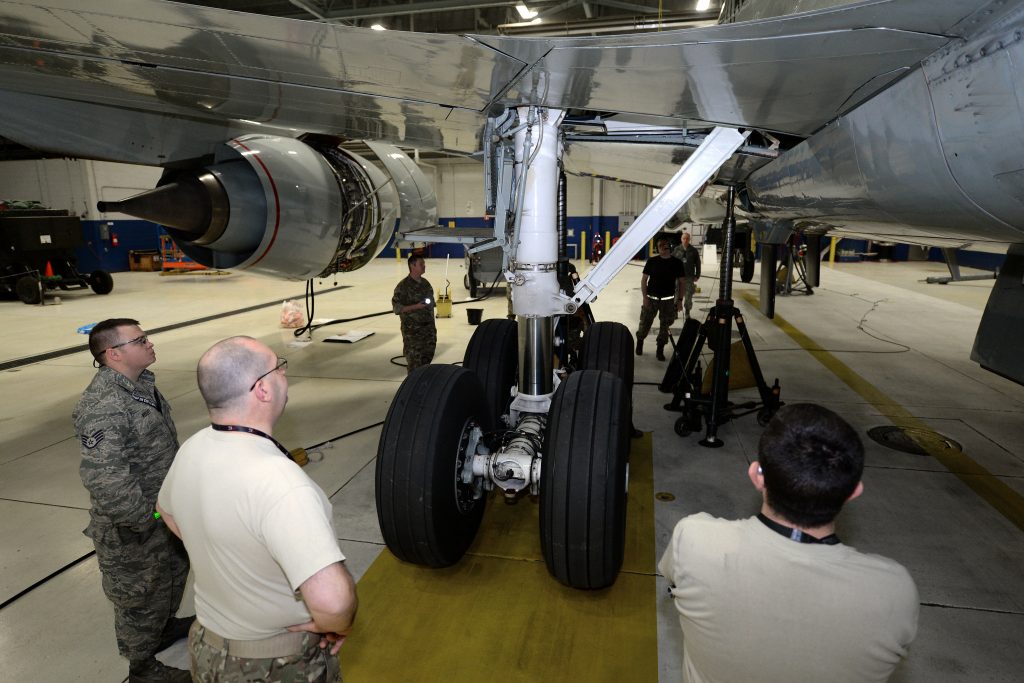
12FEB2017, Airseeker undergoing landing gear inspection, Offutt AFB. USAF photo by Delanie Stafford.
While taking part in Red Flag aerial wargames in February 2017, over Nevada, the RAF Airseeker developed main-landing gear problems and diverted to Offutt AFB in Nebraska.
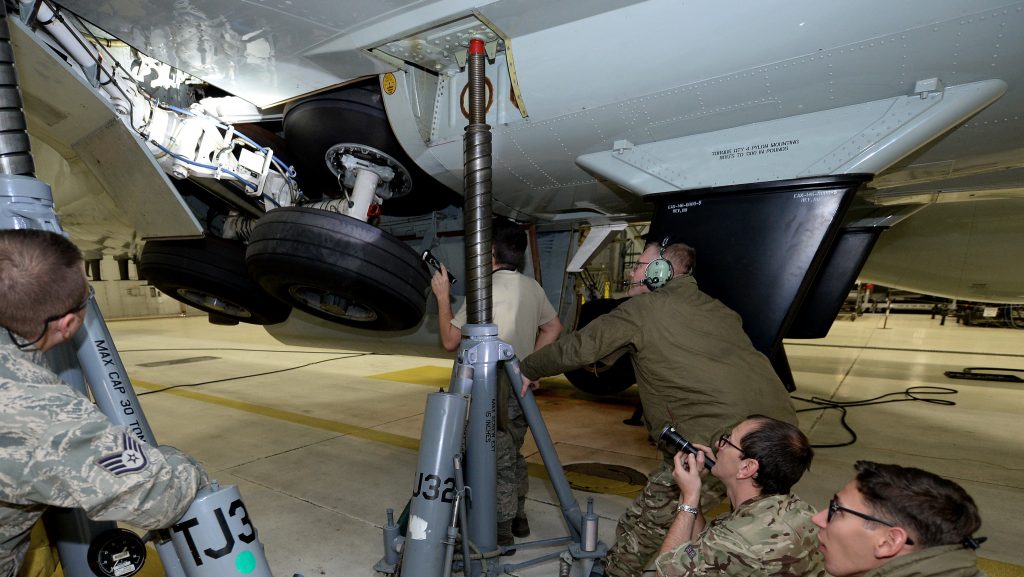
12FEB2017, Airseeker undergoing landing gear inspection, Offutt AFB. USAF photo by Delanie Stafford.
It was determined that the Airseeker had a faulty main-landing gear sequence valve, which was preventing the gear from locking in the retracted position.
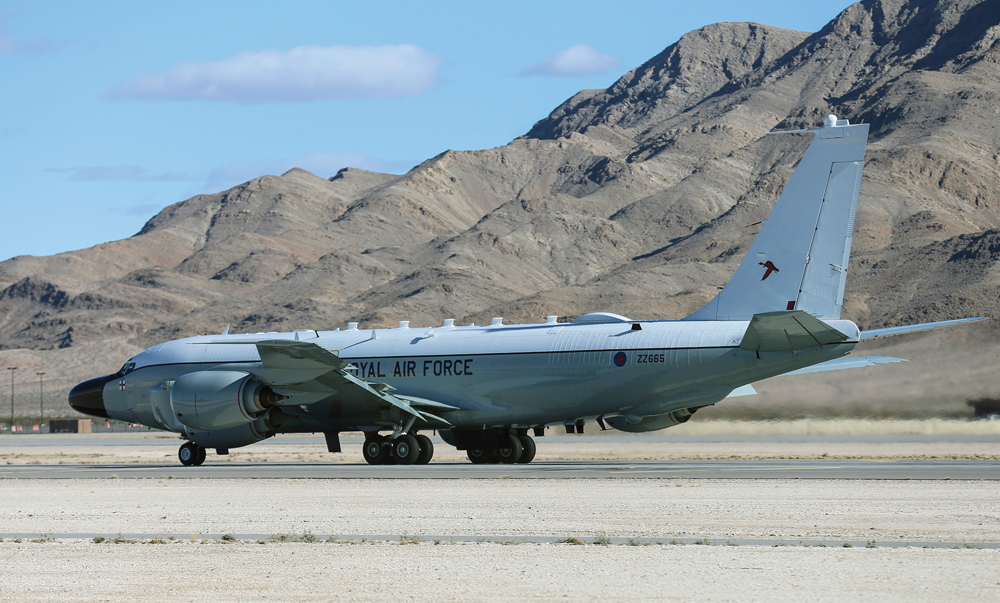 RAF Airseeker, Red Flag wargames, Nevada, 2017. Photo by Sergeant Neil Bryden.
RAF Airseeker, Red Flag wargames, Nevada, 2017. Photo by Sergeant Neil Bryden.
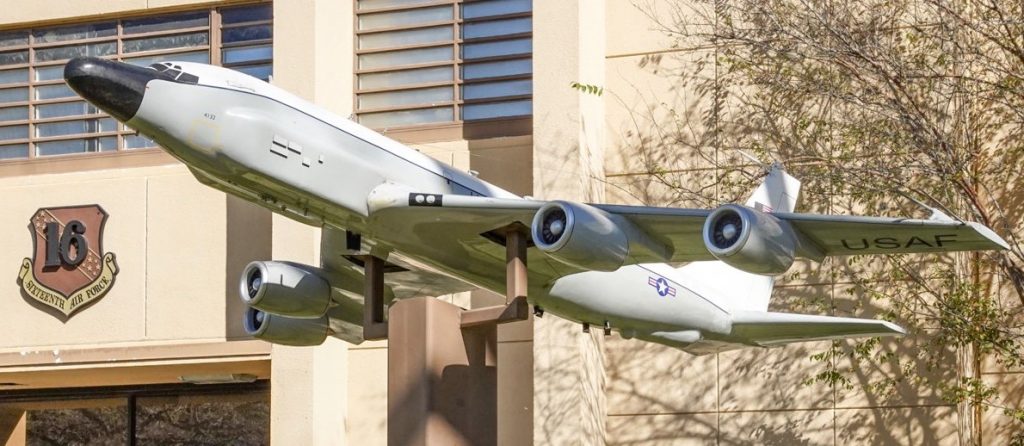
Giant model of an RC-135, Lackland AFB, Texas. Photo by by Nadine Wiley De Moura.
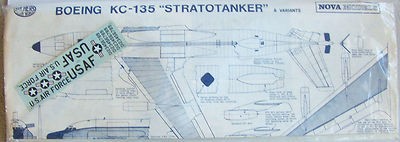 The ancient Nova vacformed 1:72 scale KC-135 came with optional parts which you could use to make an RC version (but it has the older engines since it came out before the CFM-56 version, you could kit-bash using a newer CFM equipped AMT-ERTL KC-135R kit, which was also issued under the Airfix/Heller brands).
The ancient Nova vacformed 1:72 scale KC-135 came with optional parts which you could use to make an RC version (but it has the older engines since it came out before the CFM-56 version, you could kit-bash using a newer CFM equipped AMT-ERTL KC-135R kit, which was also issued under the Airfix/Heller brands).
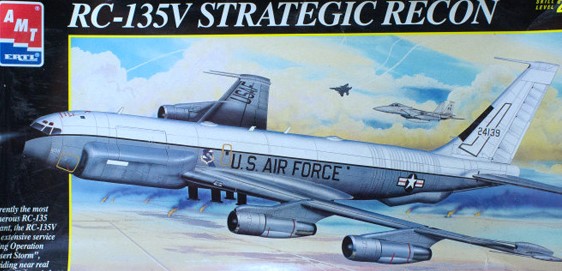
In the 1990s AMT-ERTL issued a 1:72 scale RC-135V, the version used during Desert Storm. Some kit bashers used the kit to model a RC-135W Airseeker.
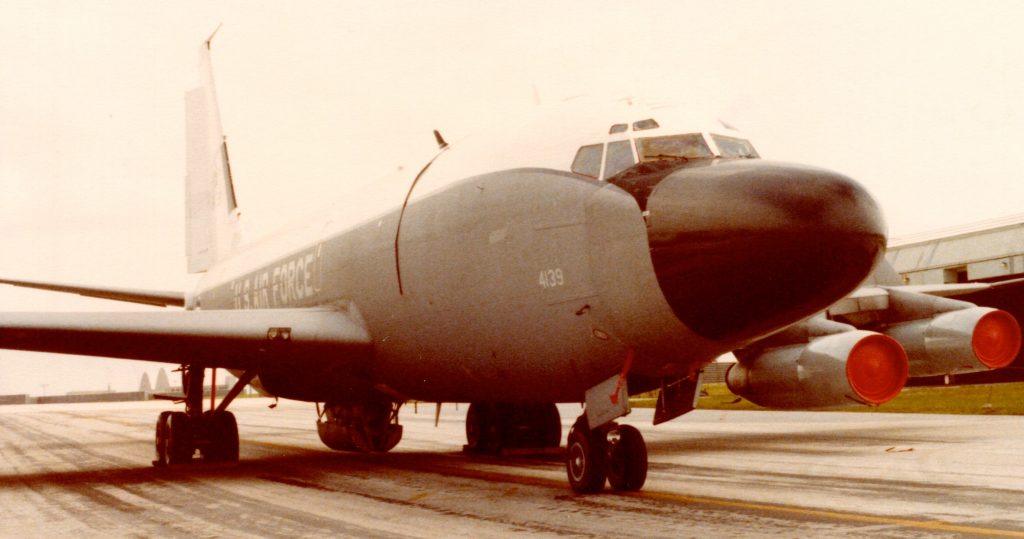
An old photo of an RC-135, by Forrest Durham.
If you are a model builder, pay attention to the year of operation of the RC-135V/W you want to depict, because various antennae bumps and blades will appear and disappear depending on the latest electronic mission configuration. It seems the older the plane gets the more skin growths it develops.
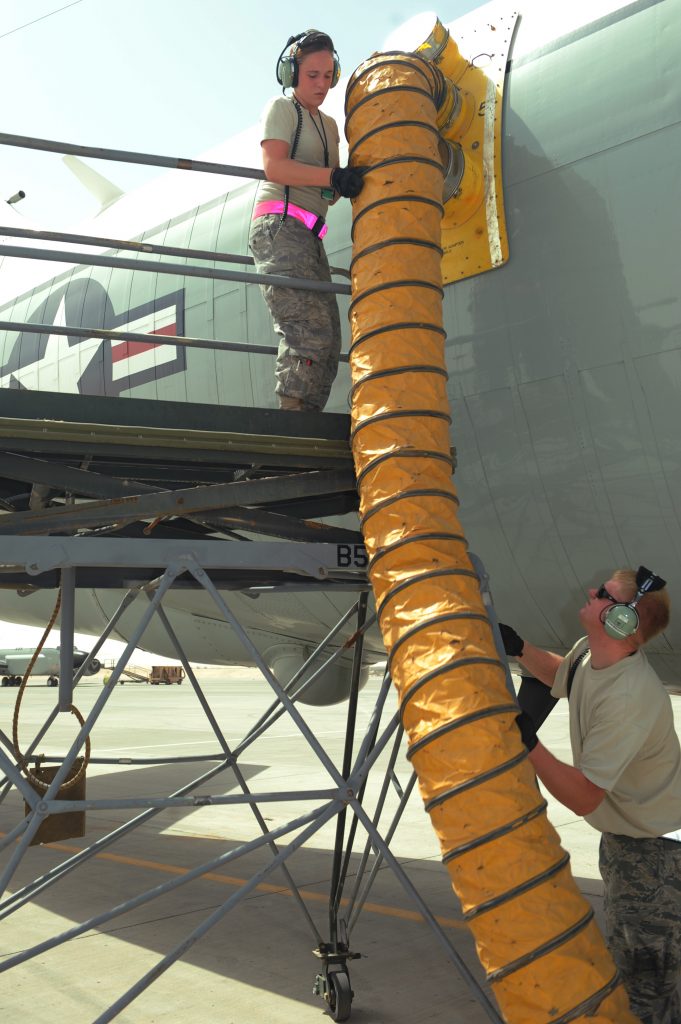
Somewhere in The middle East (South West Asia), 04MAR2010. USAF photo by Technical Sergeant Michelle Larche.
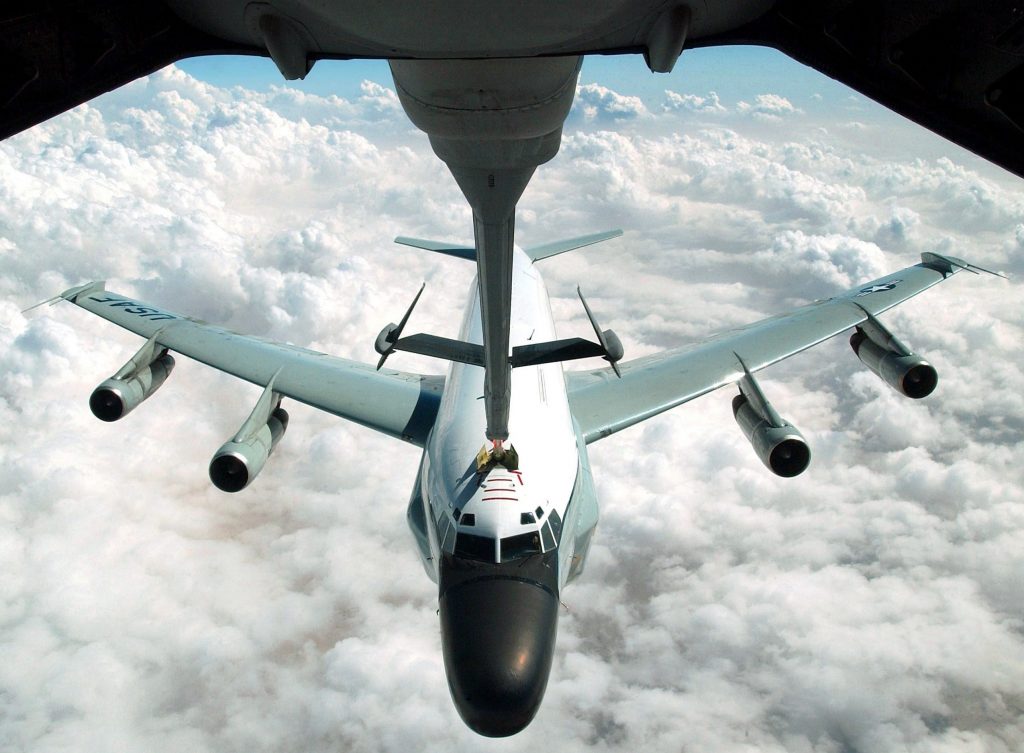
Refueling during the invasion of Iraq. USAF photo by Master Sergeant Dave Ahlschwede, 09APR2003.
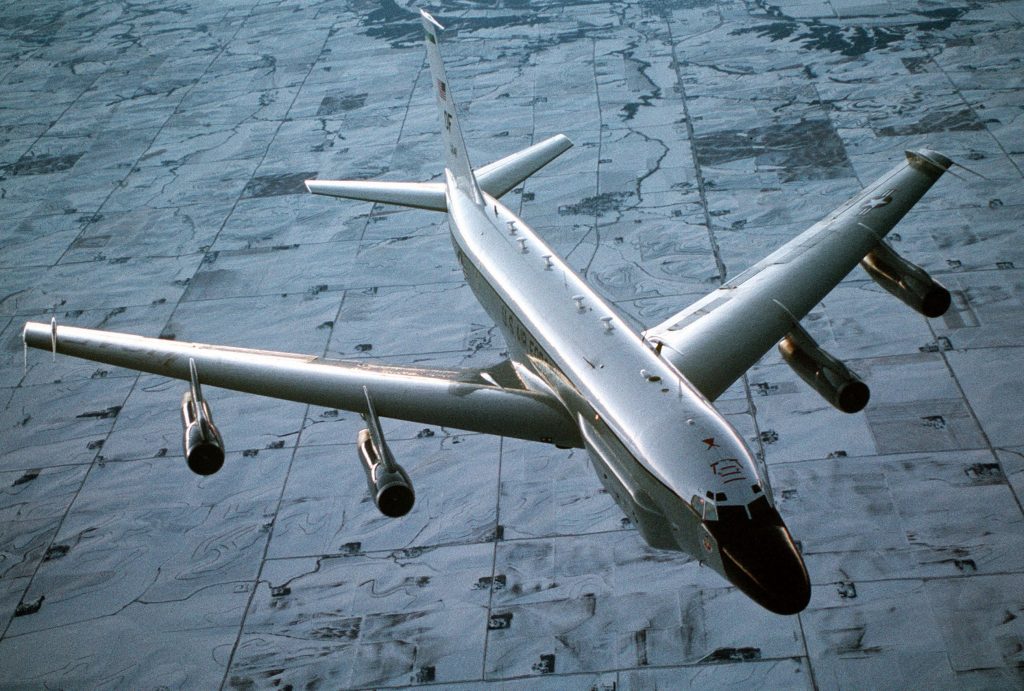
Over Nebraska, 01MAY2000. USAF photo by Master Sergeant Dave Nolan.
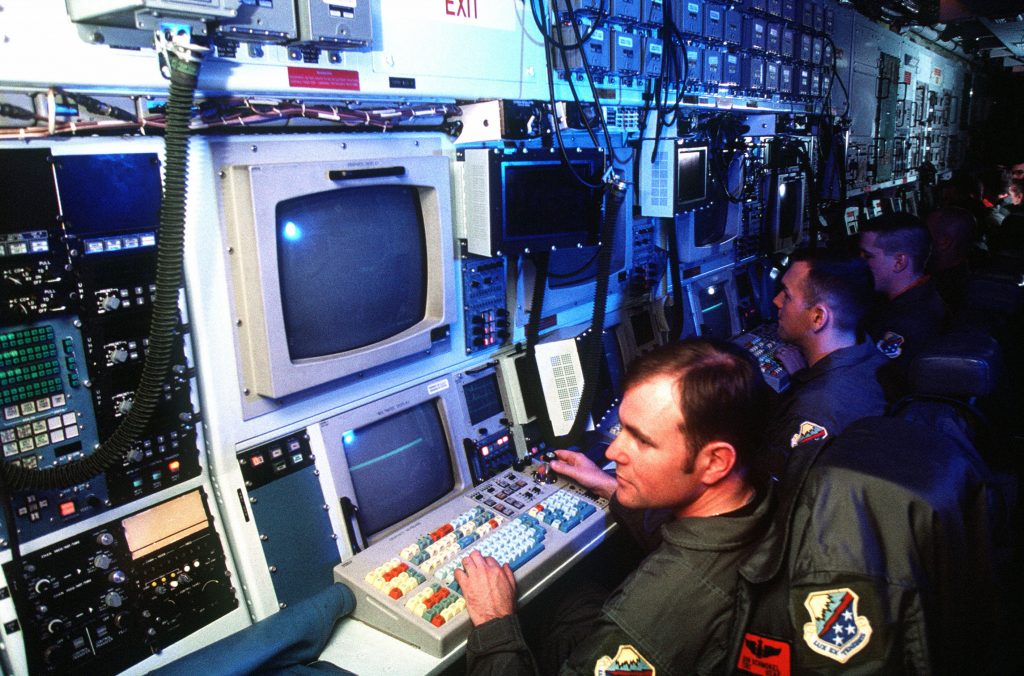
01MAY2000, USAF photo by Master Sergeant Dave Nolan.
Don’t forget the bottom.
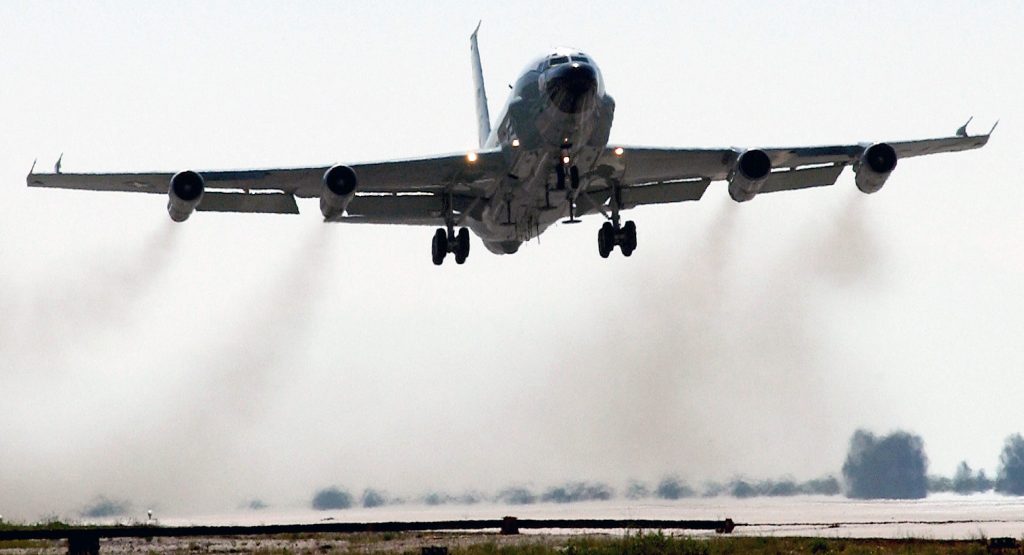
Departing from a forward operating base during the invasion of Iraq. USAF photo by Technical Sergeant Robert J. Horstman, 28APR2003.
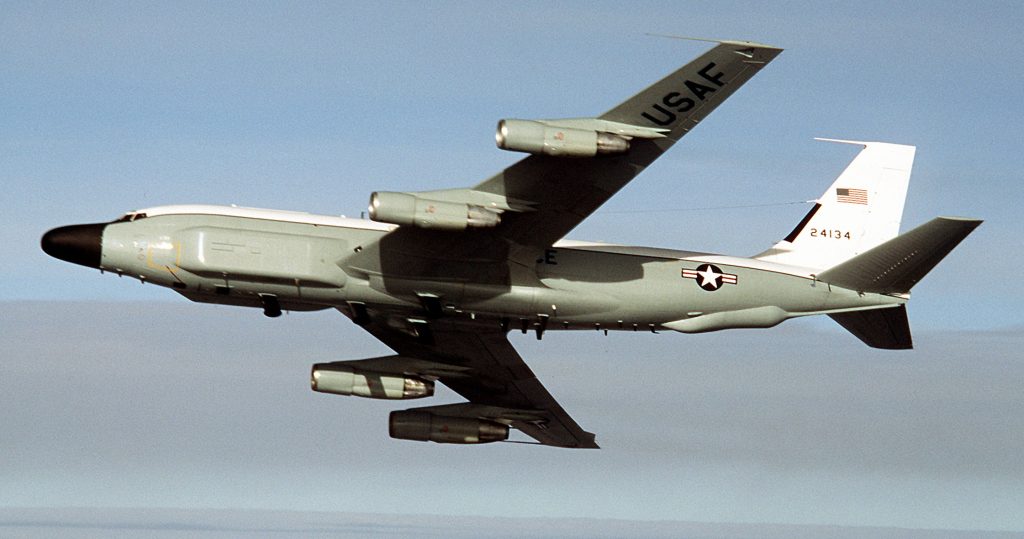
11DEC1991, USAF photo by Technical Sergeant Scott P. Stewart.
Don’t confuse with the RC-135S Cobra Ball:
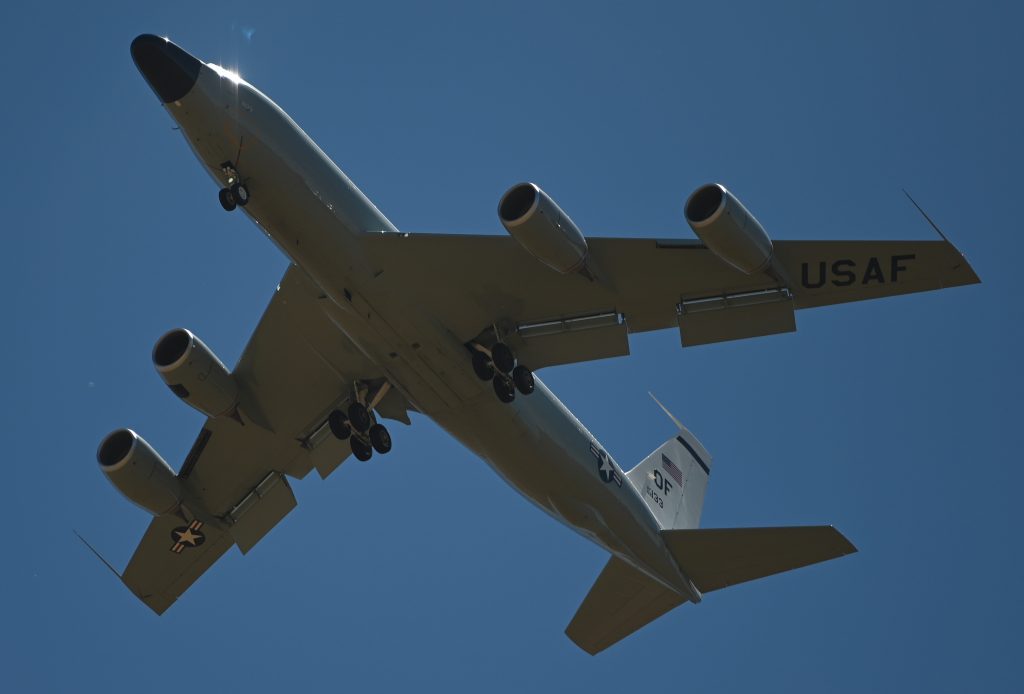
Not all RC-135S are covered in bumps and antennae. USAF photo by Senior Airman Amy Younger, 23MAY2020.
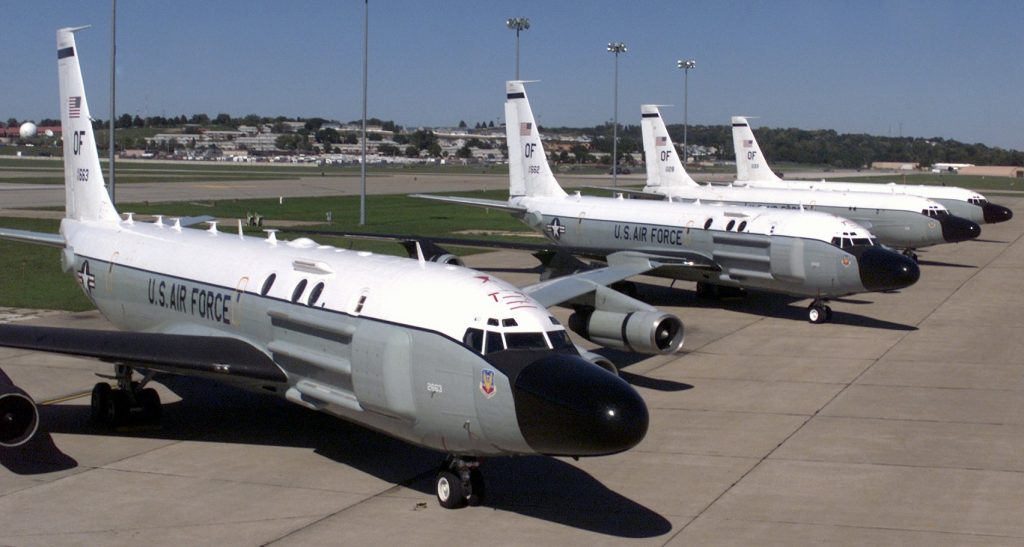
Variations of bumps and windows on RC-135S. Notice that the upper part of starboard wing, as well as nacelles, on some Cobra Balls are painted matt-black. USAF photo by Senior Airman Jeremy Smith, September 2001.
C-130: ONCE A RED COAT, NOW A BLUE ANGEL
Pandemic Overflight: KC-135
EC-135E FIRE-BIRD: 10329 COMES BACK TO LIFE, AGAIN! OR, WHAT TO DO WITH YOUR EXTRA KC-135 KIT.
Vehicle I-D: MLRS, BRITISH RED COATS INVADE U.S. ARMY BASE IN GERMANY!
2018: M777 artillery proof the Red Coats have returned!
2017: U.S. ARMY COMMANDED BY RED COATS?
Canadian Red Coats control U.S. NORAD: SHHH, DON’T “CROSSTELL”, BUT U.S. AIR MILITIA UNITS & CANADA PREPPING FOR TFR EMERGENCY!







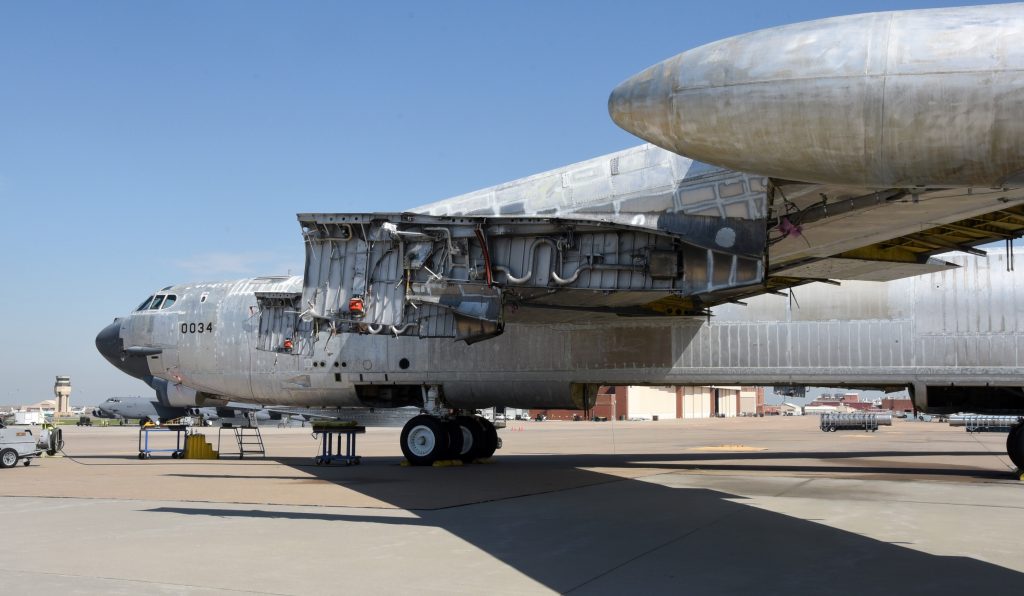 WISE GUY RESURRECTION
WISE GUY RESURRECTION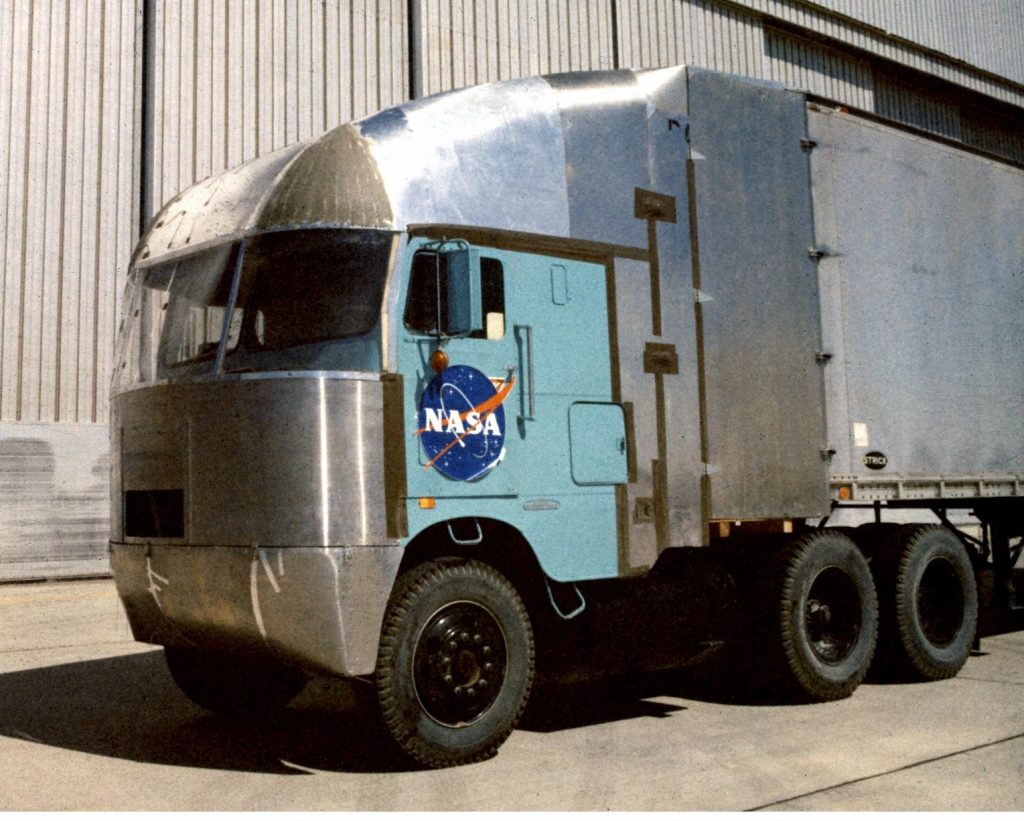 NASA TRUCKS SAVING THE TRUCKING INDUSTRY
NASA TRUCKS SAVING THE TRUCKING INDUSTRY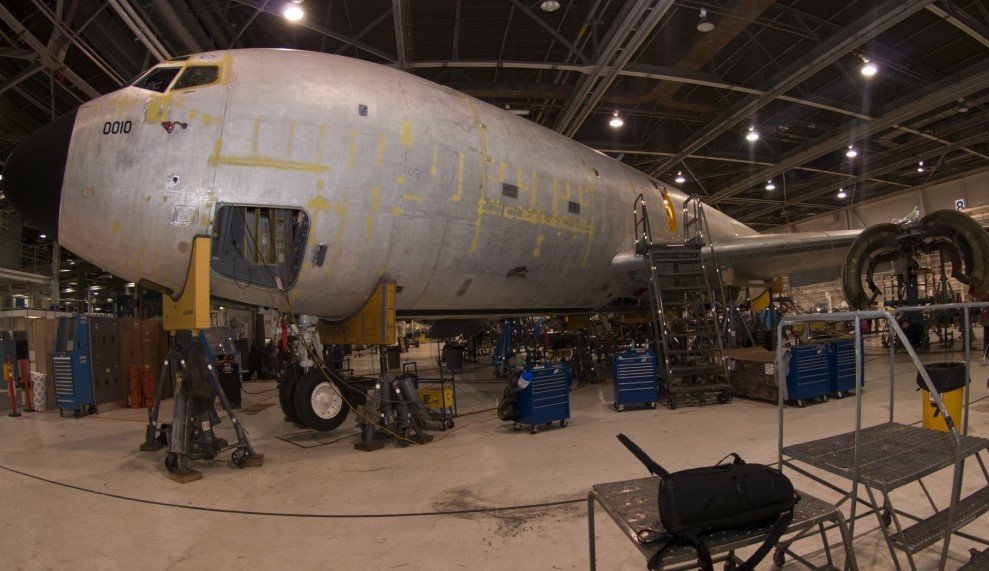 KC-135R GETS STRIPPED
KC-135R GETS STRIPPED